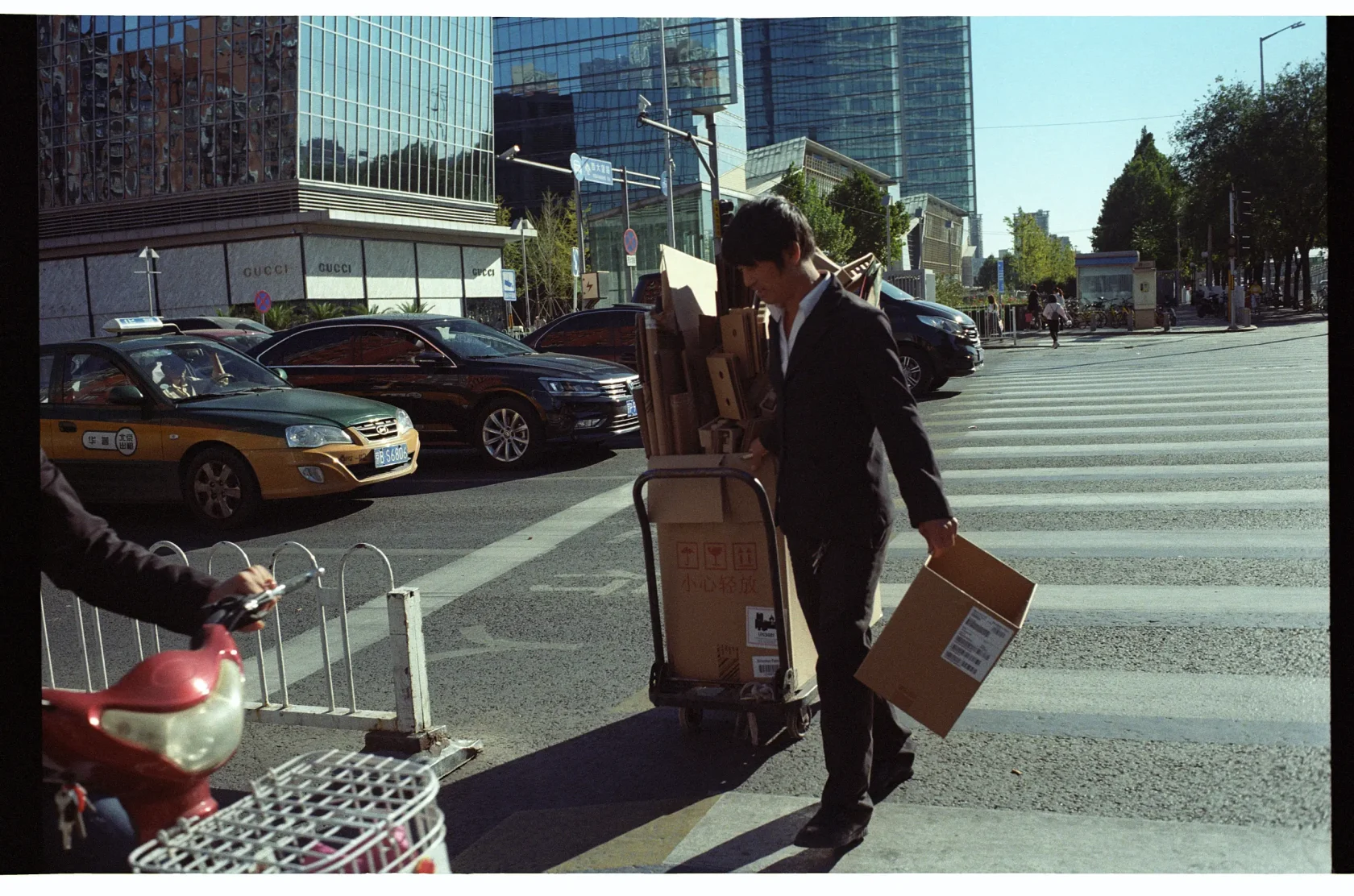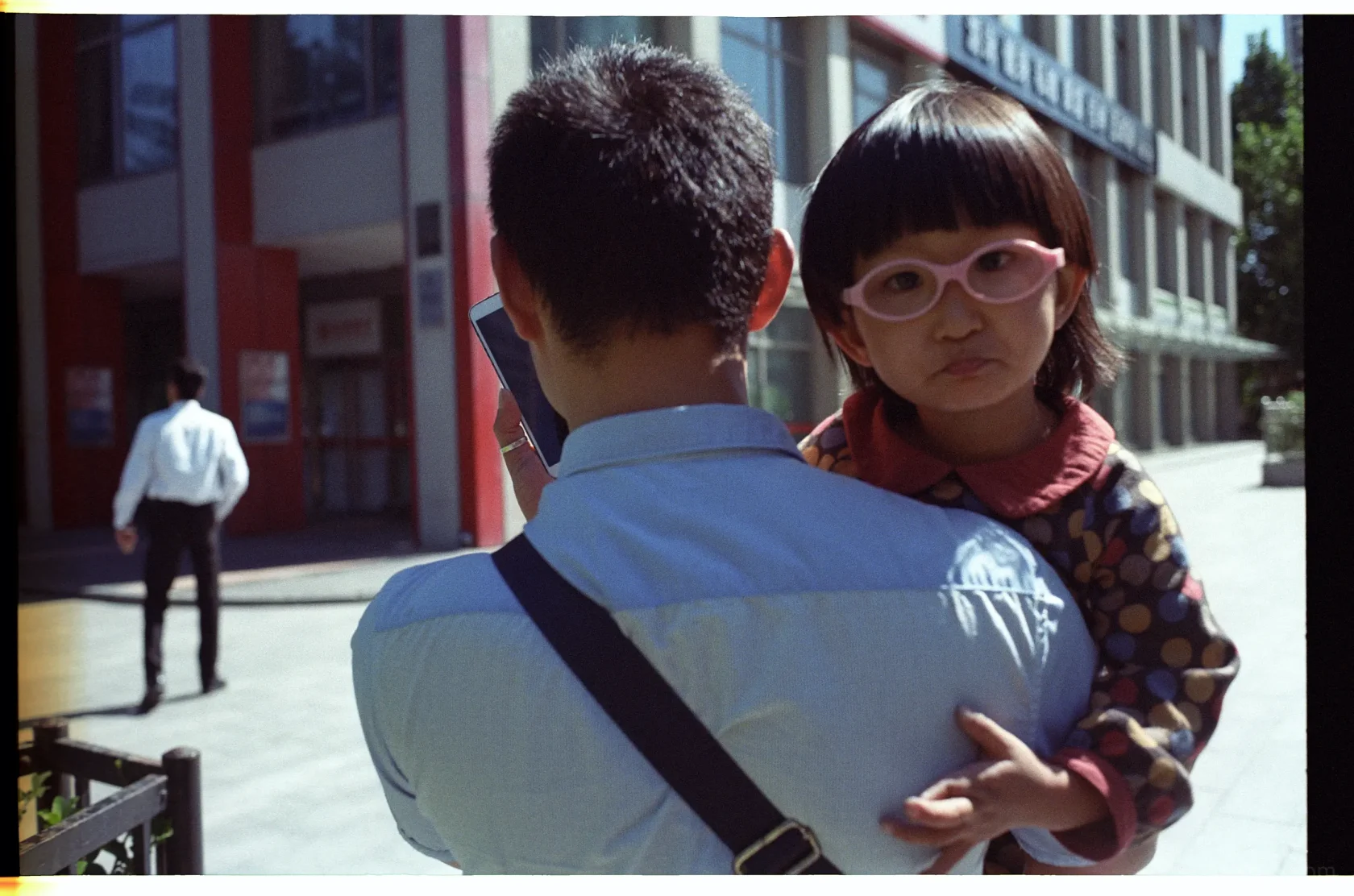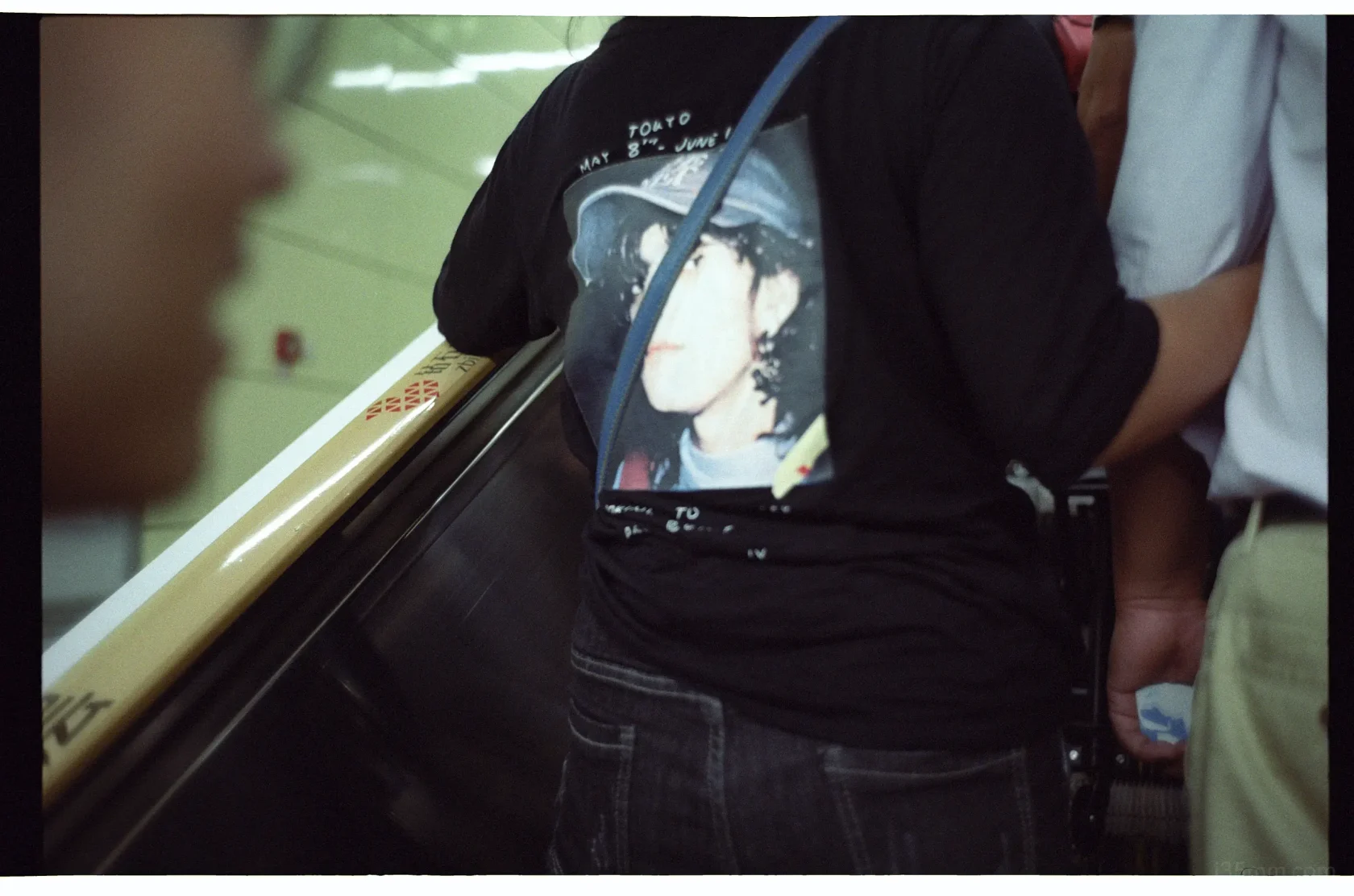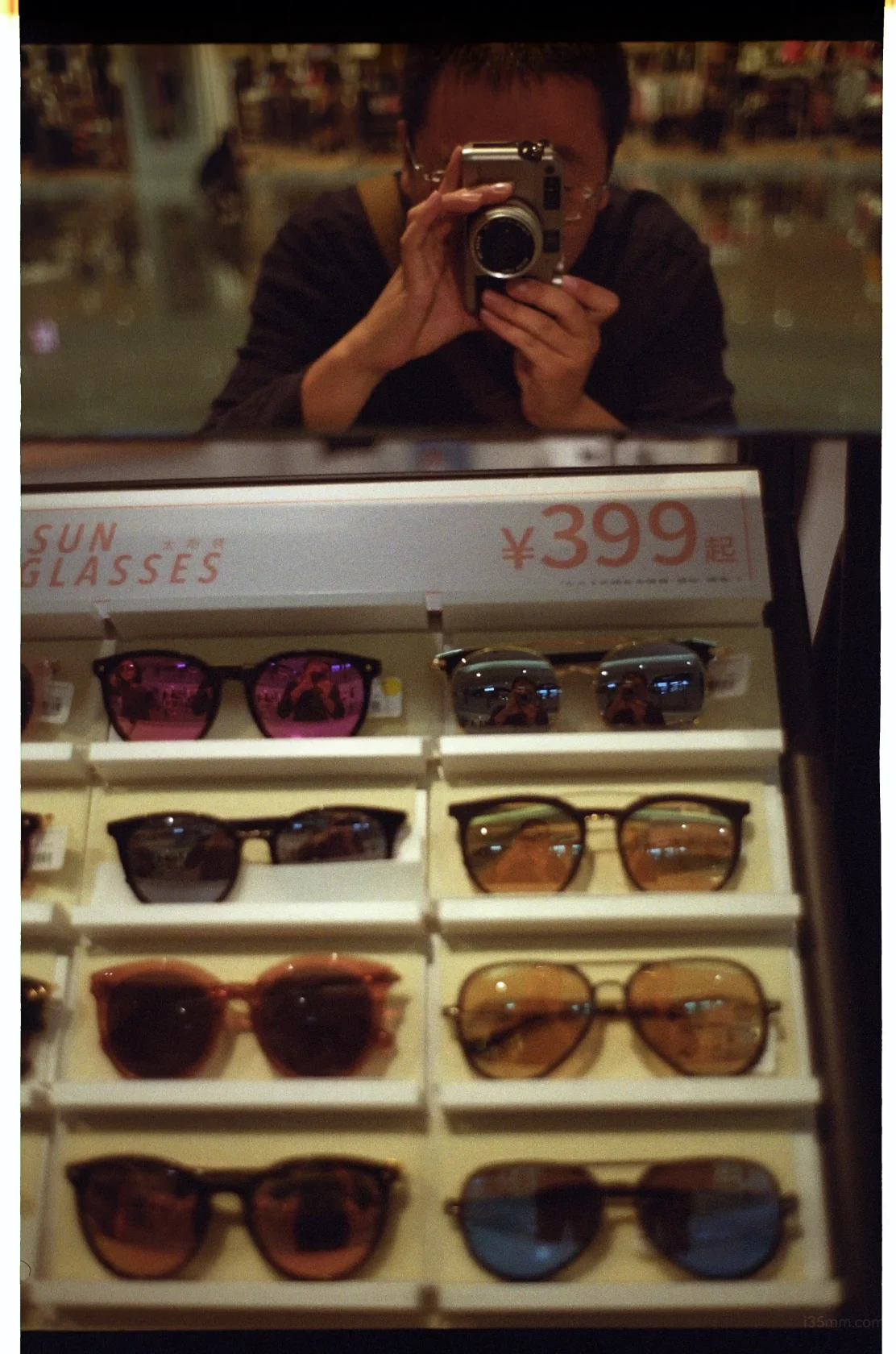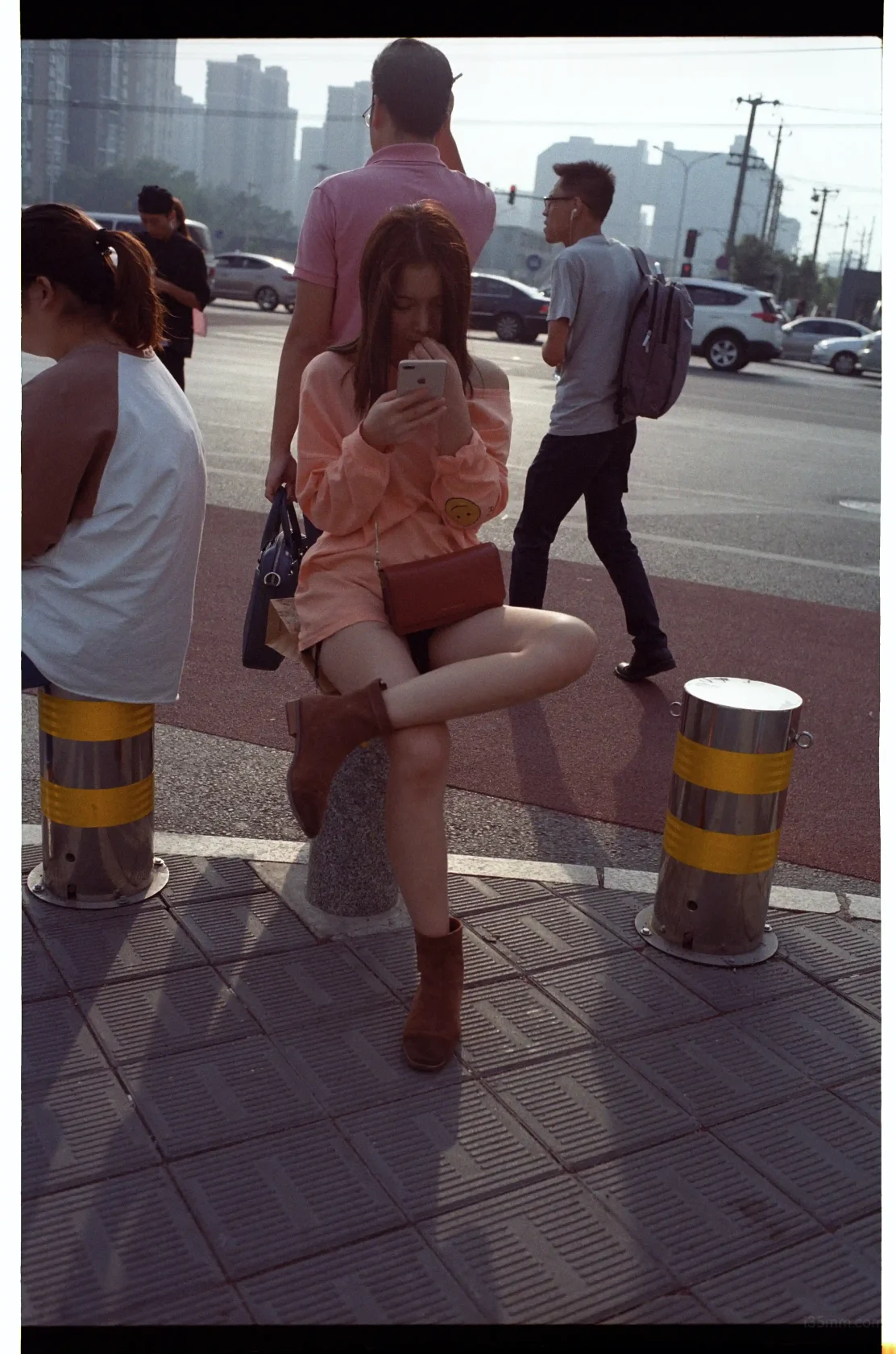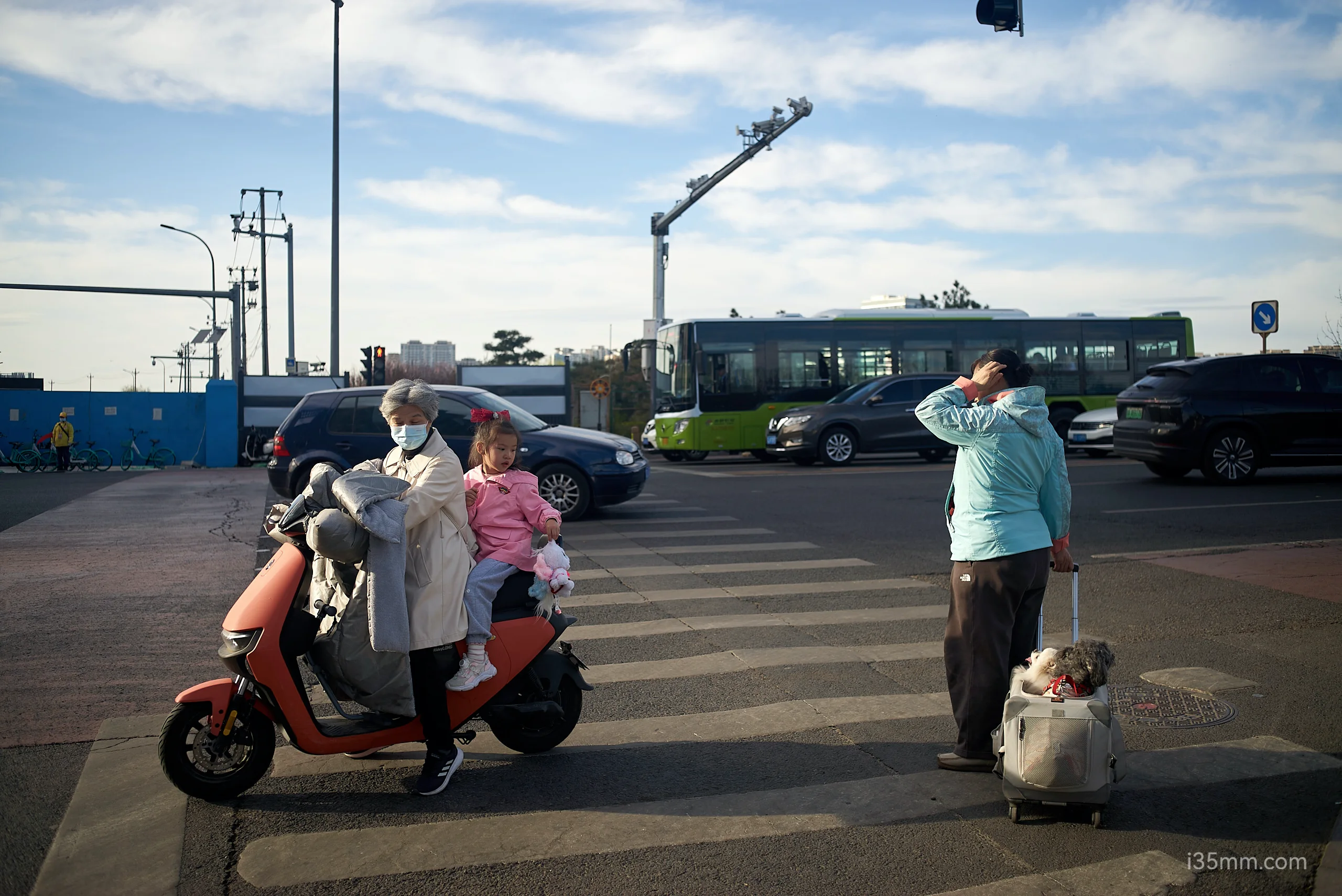
1. Introduction: When “Vintage” Means “Secretly Awesome”
Let’s get real: the Yashica ML 35mm f/2.8 is the undercover cop of vintage lenses. It looks like Contax’s thrift-store cousin, shoots like a mini Zeiss, and costs less than a week’s worth of avocado toast. Mount it on a Contax body, and suddenly you’re a “serious photographer.” Mount it on anything else, and you’re just… sensible.
Is it perfect? No.
Is it ridiculously good for the price? Absolutely.
2. Optical Performance: “Almost Zeiss, But With a Side of Humble Pie”
Specs:
- Focal Length: 35mm (the “Goldilocks” of street photography).
- Aperture: f/2.8 (or “how to make your photos look expensive-ish”).
- Construction: 6 elements in 5 groups (because Yashica loves efficiency).
Sharpness:
- Center: Razor-sharp, like a stand-up comedian’s punchlines.
- Edges: Soft, like your grandma’s butter cookies. But hey, who looks at the edges anyway?
Colors:
Straight out of camera? A bit flat, like a soda left open overnight. But tweak the white balance (nudge it warmer), and suddenly it’s serving Contax vibes on a Yashica budget.
Pro Tip: Shoot RAW, add a dash of contrast, and watch this lens transform from “meh” to “oh damn.”
3. Design: “Tiny Titan, Big Attitude”
- Build Quality: Metal barrel, rubber focus ring, and enough heft to feel substantial without weighing down your camera bag.
- Size: Compact enough to fit in a jacket pocket, yet heavy enough to bonk a paparazzi in self-defense.
- Aesthetic: Retro chic, like a ’70s sports car… if that car were made of recycled optimism.
Fun Fact: Pair it with a Contax body, and Japanese photographers will nod at you in silent approval. Pair it with a Canon Rebel, and they’ll pretend not to see you.
4. Real-World Use: “The Street Shooter’s Secret Weapon”
- Street Photography: The 35mm focal length is perfect for capturing life’s chaos without getting punched.
- Portraits: At f/2.8, backgrounds melt into a creamy blur that’s almost L-lens worthy.
- Travel: Lightweight and discreet, it’s the ideal companion for when you want to look like a tourist but shoot like a pro.
Warning: The edges are softer than a kitten’s paw. Just crop ’em out and call it “artistic framing.”
5. The “Contax Illusion” Hack
Japanese photographers swear by Yashica lenses on Contax bodies. Why? Because it’s like putting a Honda engine in a BMW—nobody notices until you tell them.
- Contax Body + Yashica Lens = Instant street cred.
- Yashica Body + Contax Lens = A crime against humanity.
6. Pros & Cons: “The Good, the Bad, and the Cozy”
Pros:
- Price: Cheaper than a Contax lens cap.
- Size: Fits in a pocket, a purse, or a squirrel’s nest.
- Character: Delivers that “vintage pop” without the vintage price tag.
Cons:
- Edge Softness: Corners look like they’re on a Vaseline bender.
- Straight-Out-of-Camera JPGs: As exciting as plain oatmeal.
- No Aura of Pretentiousness: You’ll still have to explain it’s not a Zeiss.
7. Final Verdict: “The Hipster’s Guilty Pleasure”
The Yashica ML 35mm f/2.8 isn’t a lens. It’s a life hack. It’s proof that you don’t need to sell a kidney to shoot like a Contax snob. It’s a reminder that sometimes, almost perfect is perfect enough.
Buy it if:
- You want Contax vibes without the Contax debt.
- You enjoy confusing gear nerds at coffee shops.
- You’re okay with cropping edges like a mad gardener.
Skip it if:
- You need corner-to-corner sharpness (get a Zeiss, you diva).
- You’re allergic to post-processing.
Rating: 4/5 stars (minus 1 for the edges, because priorities).
Now go forth and shoot. Or just admire how tiny it is. We don’t care.
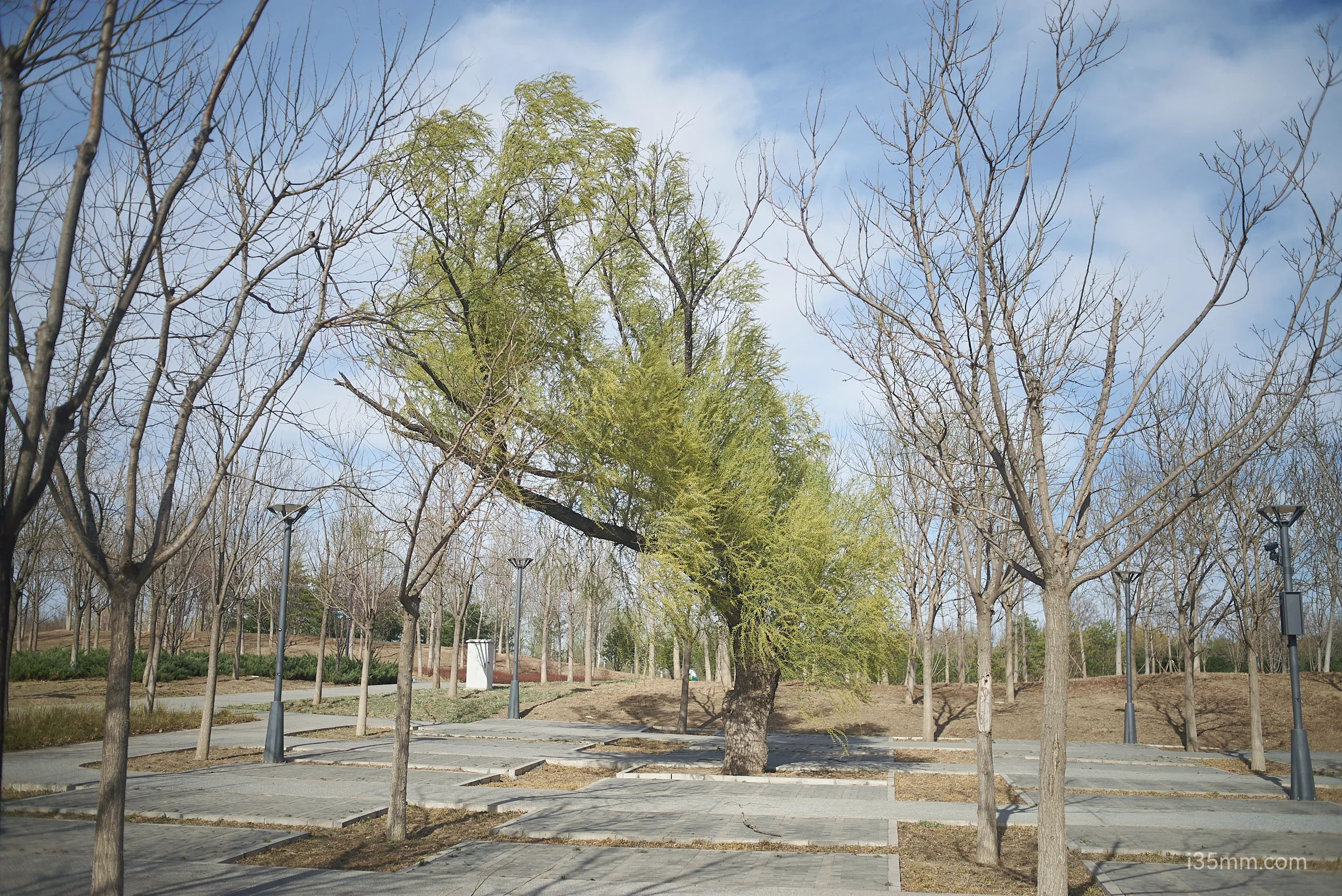
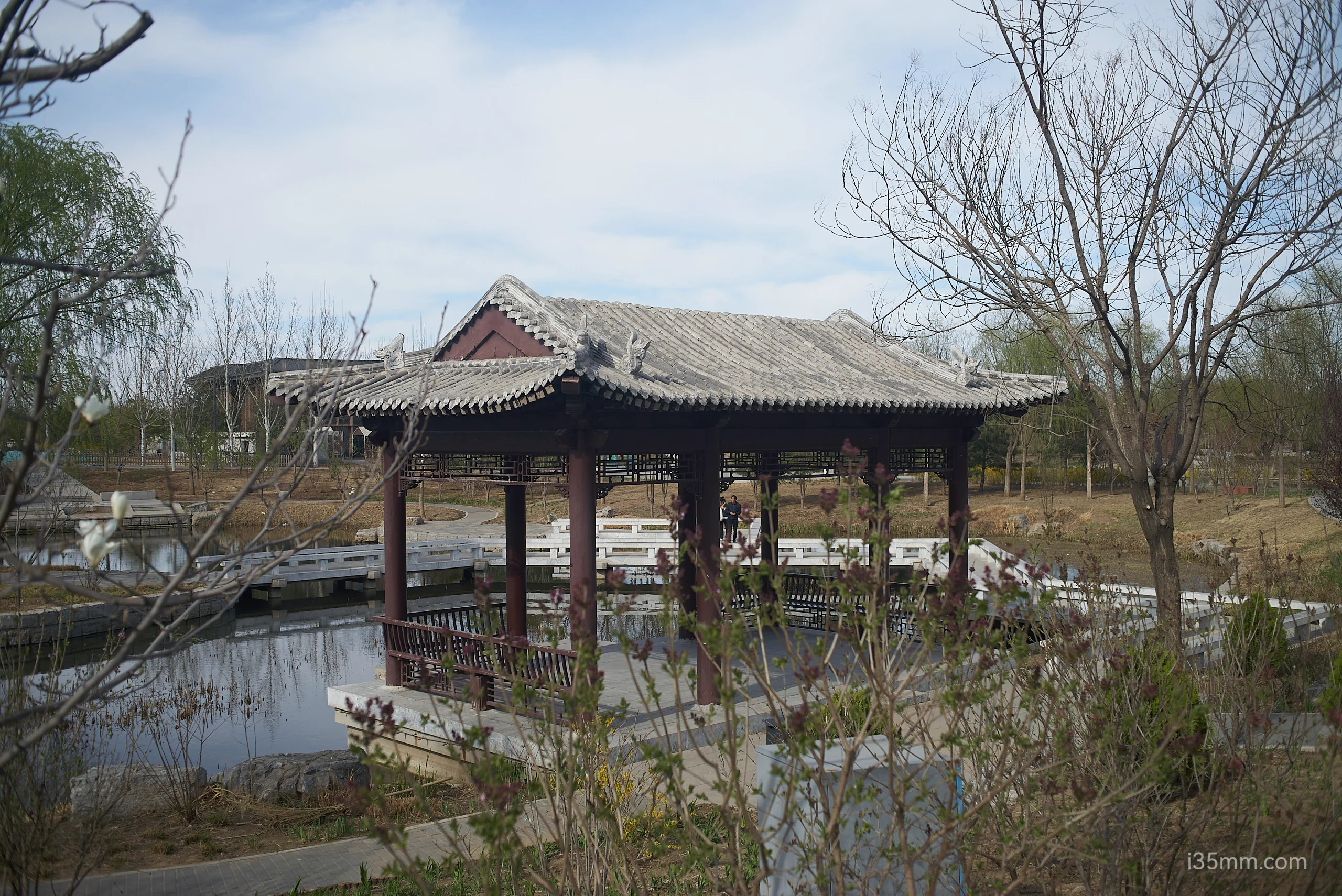
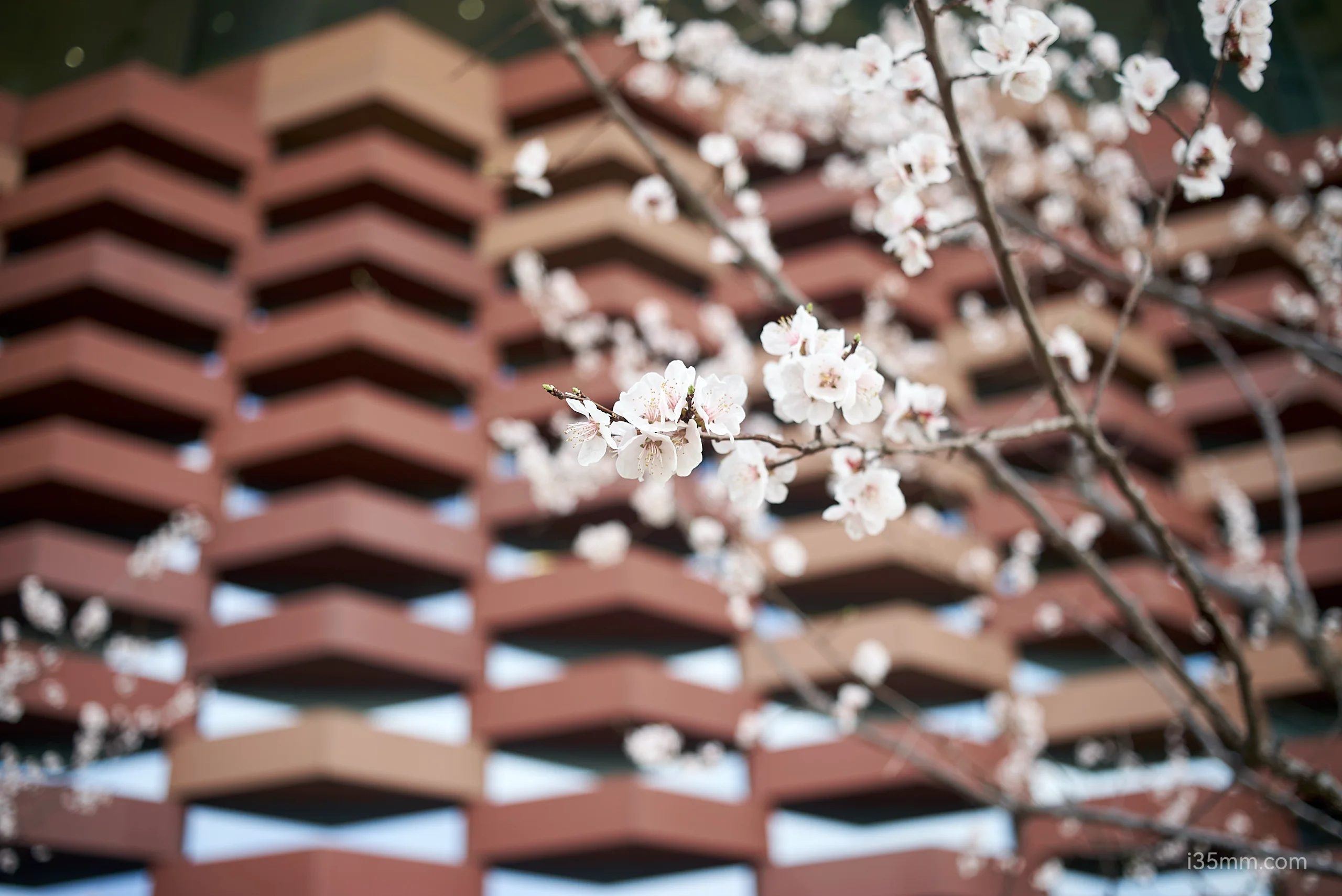
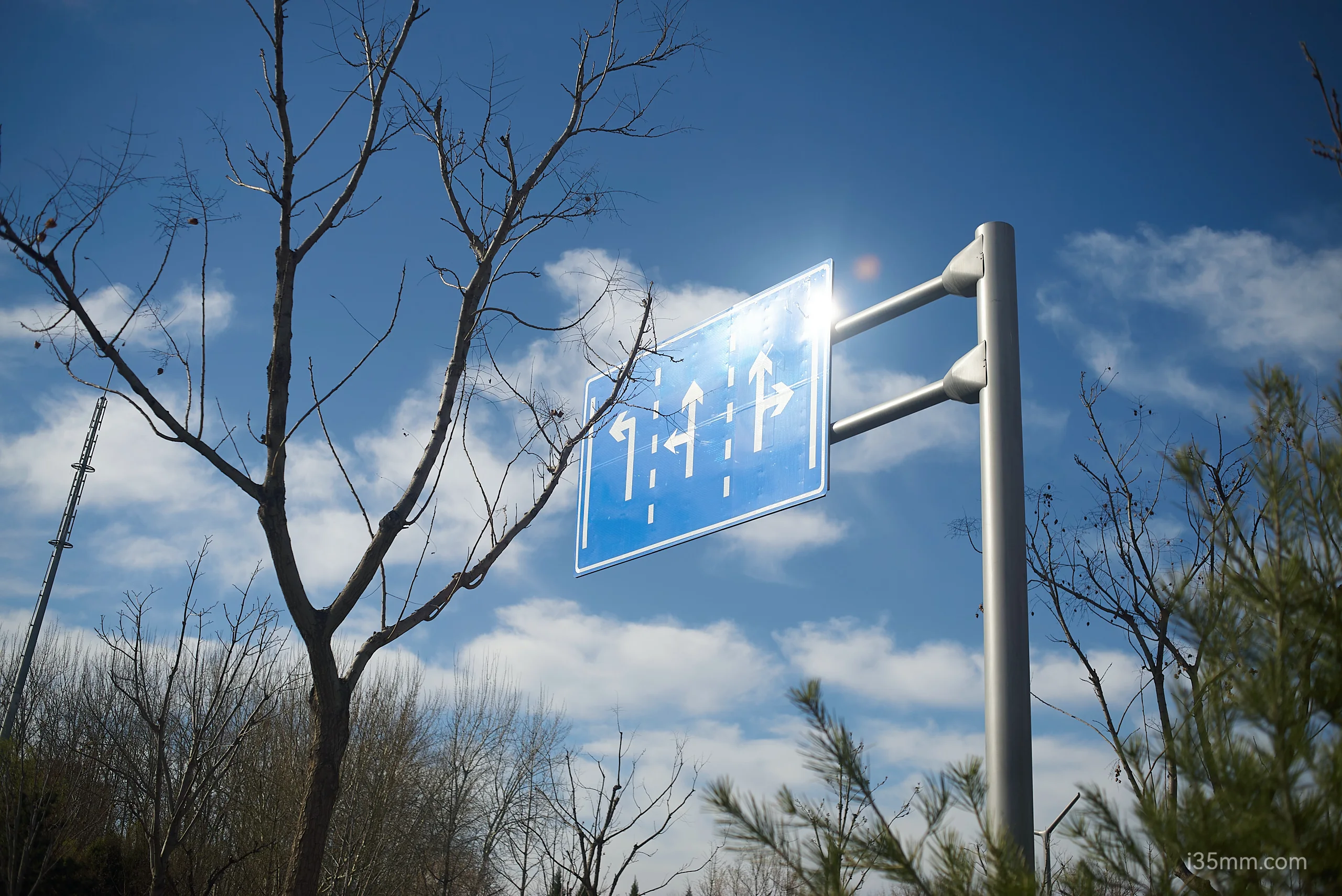
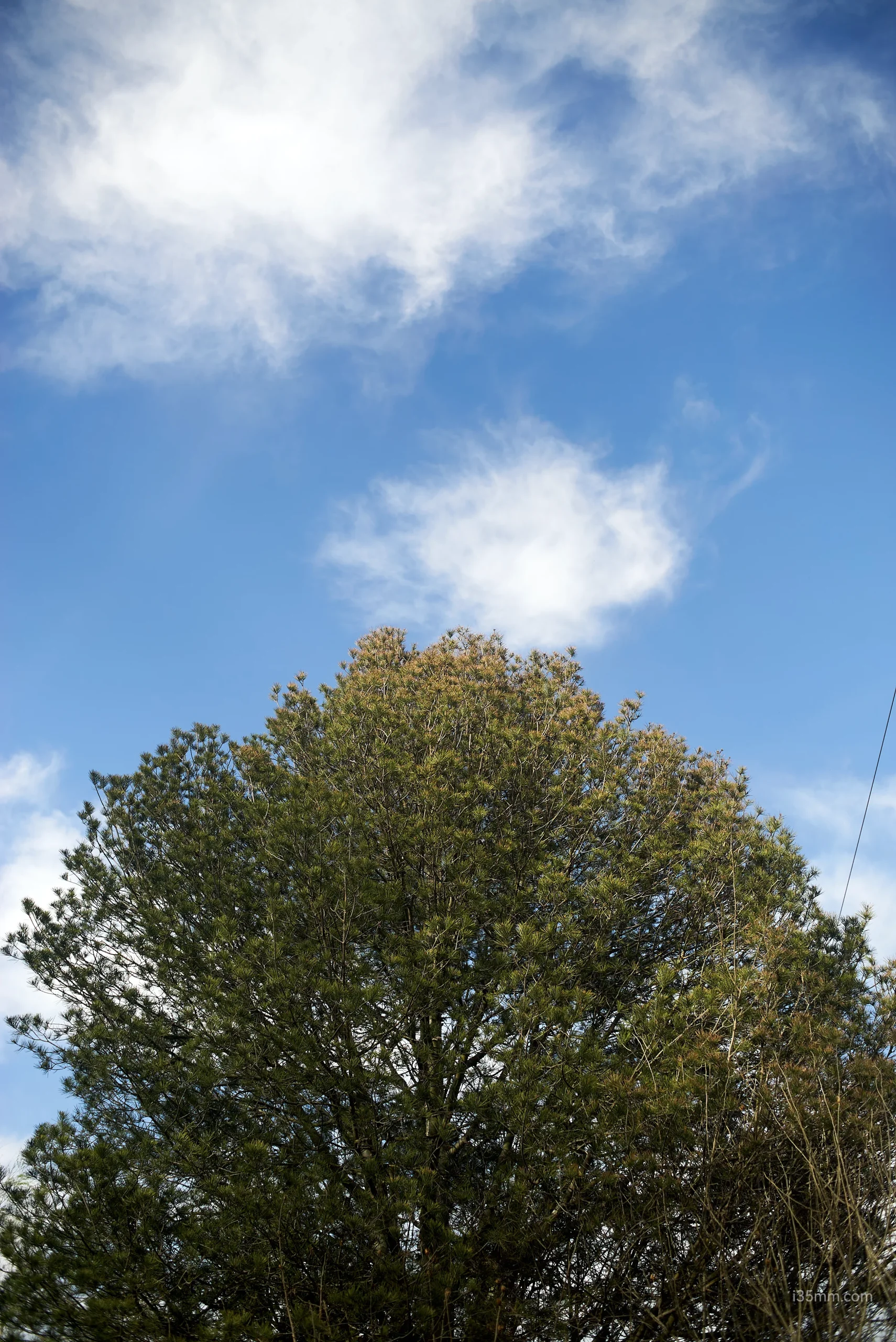
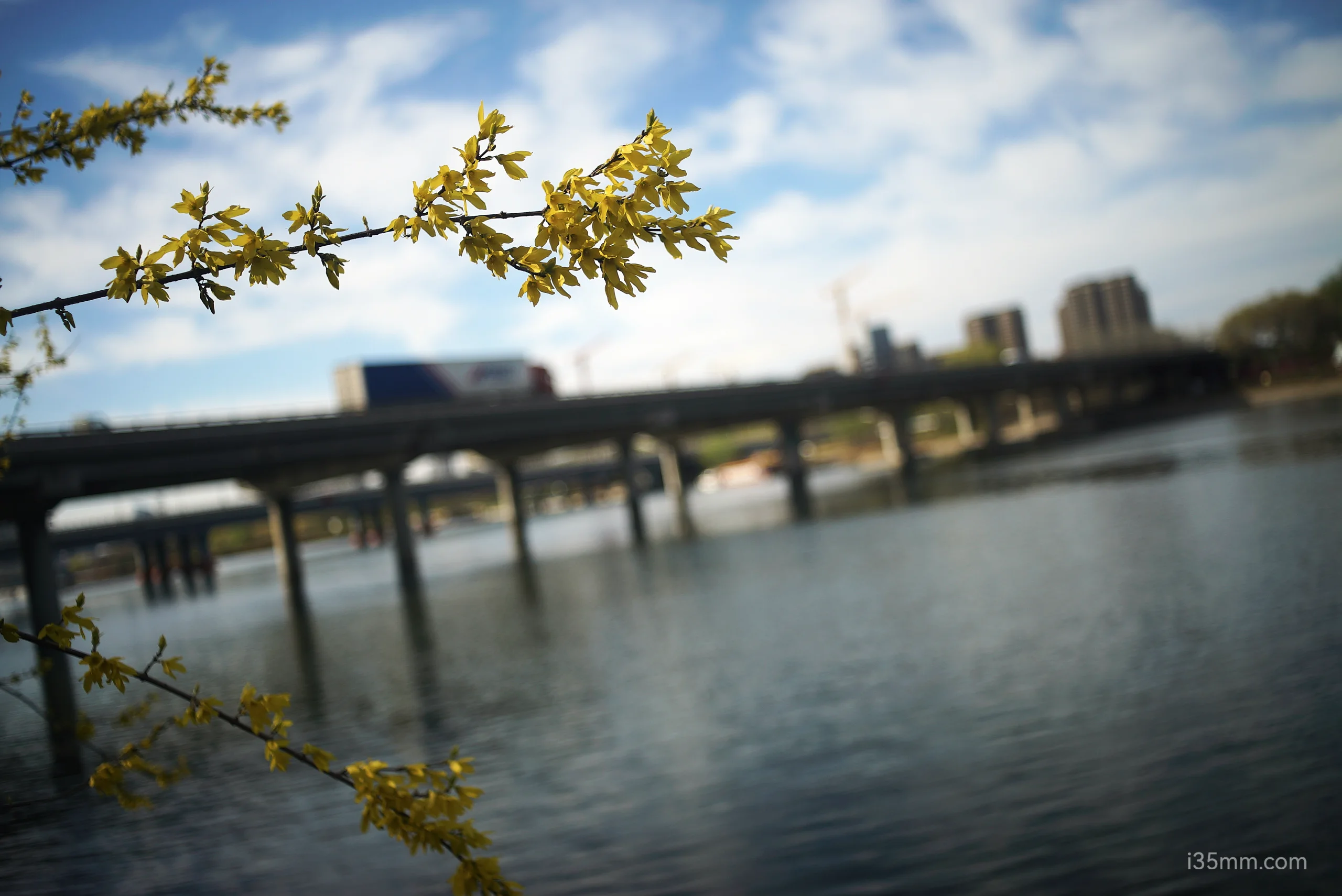

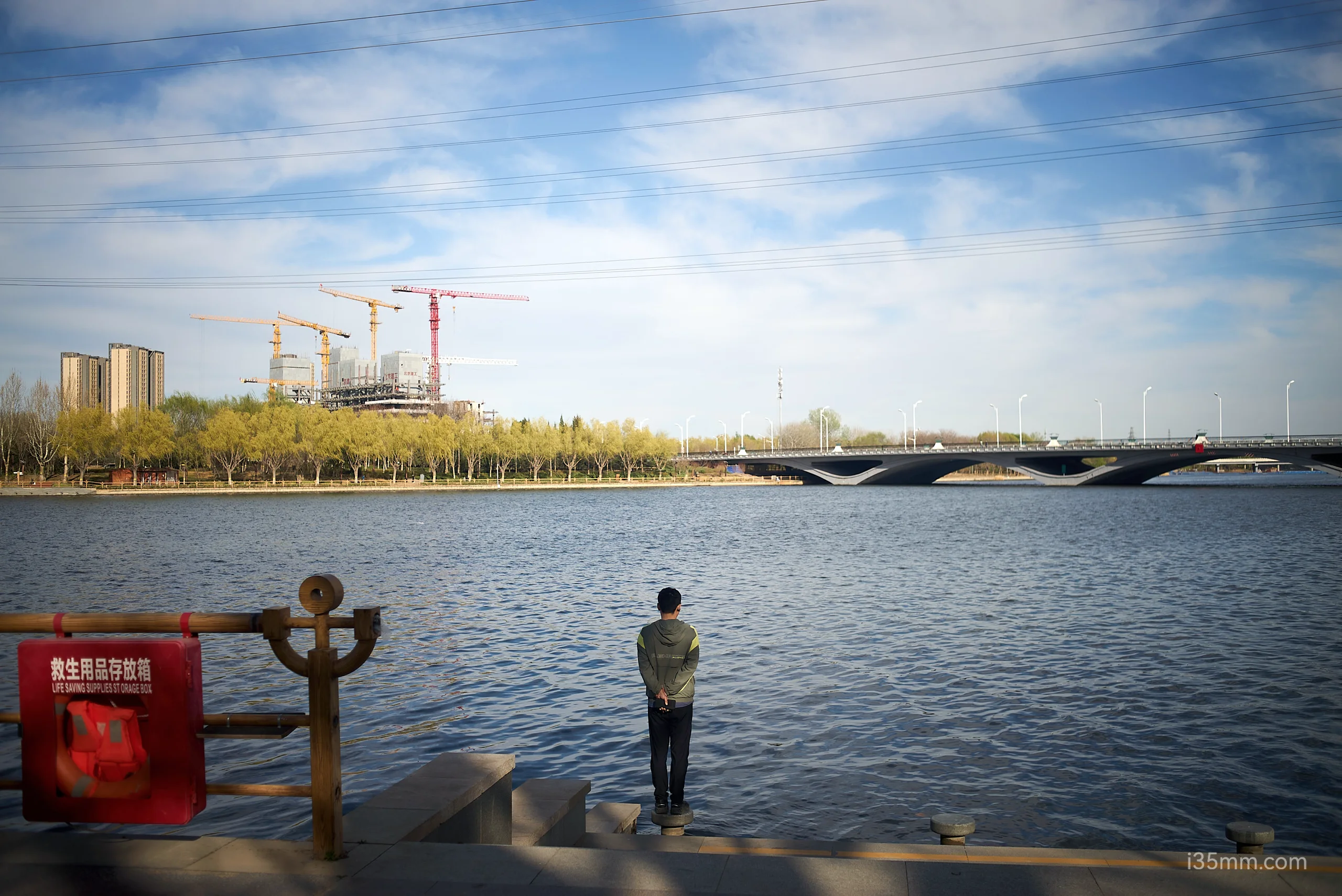
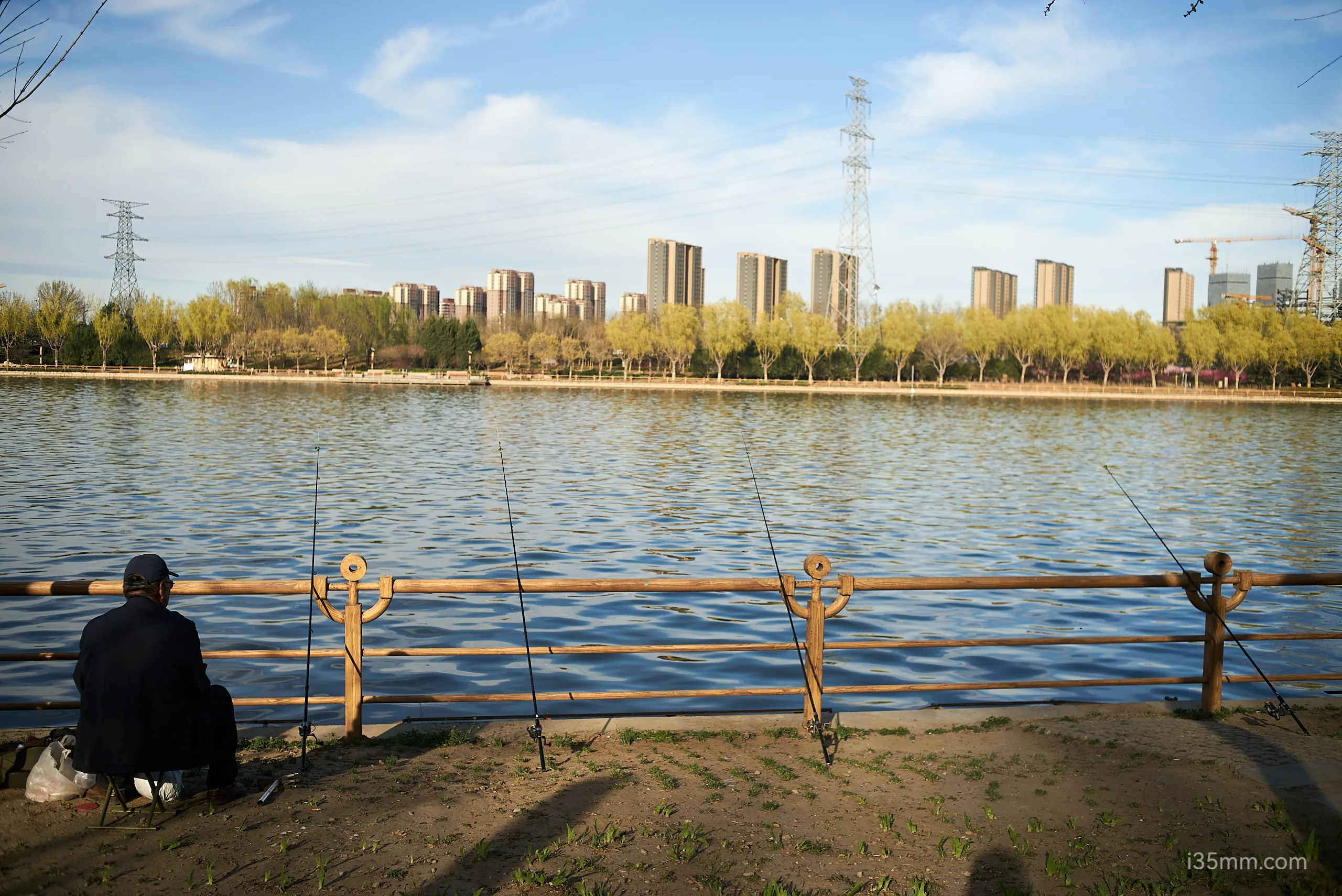


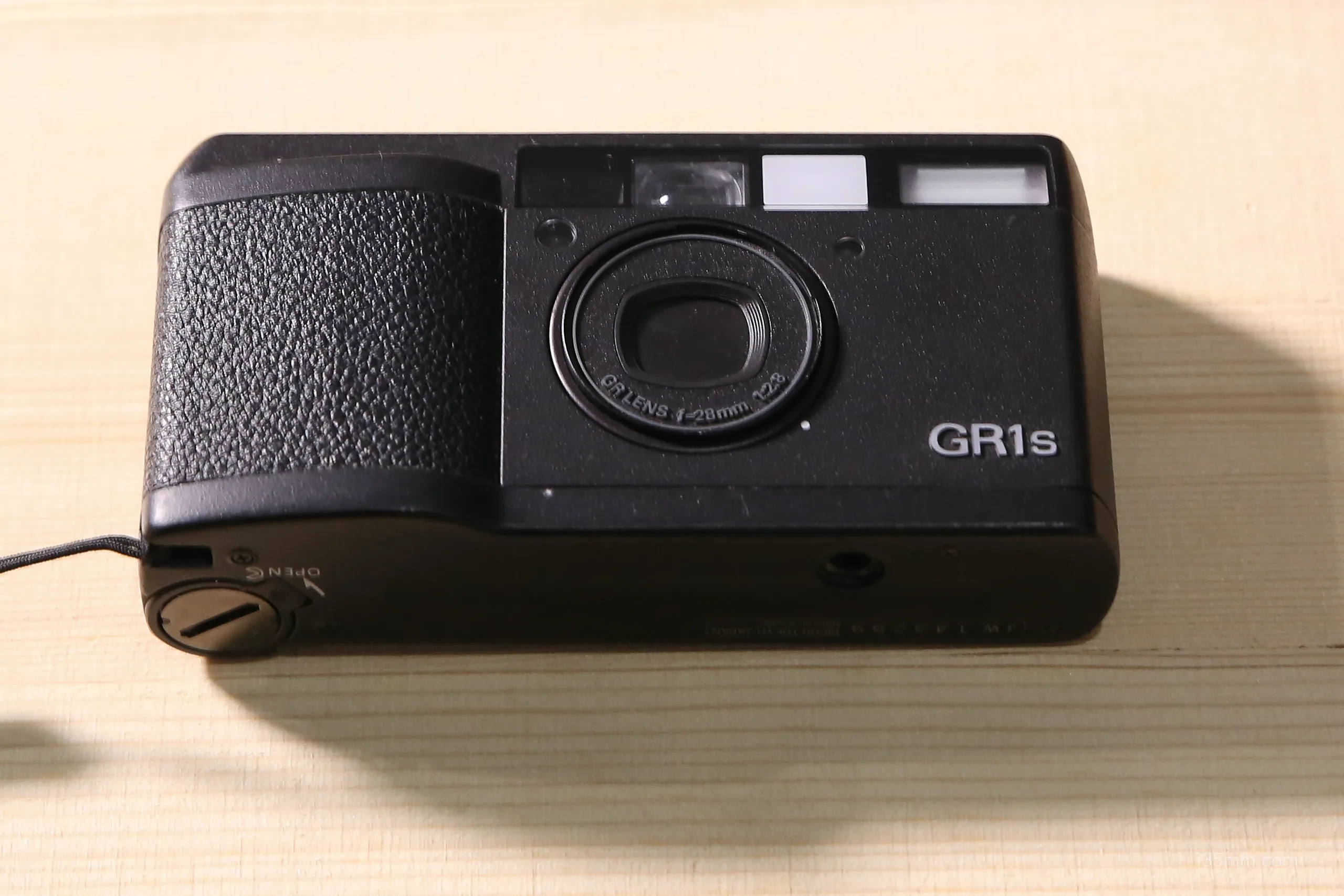
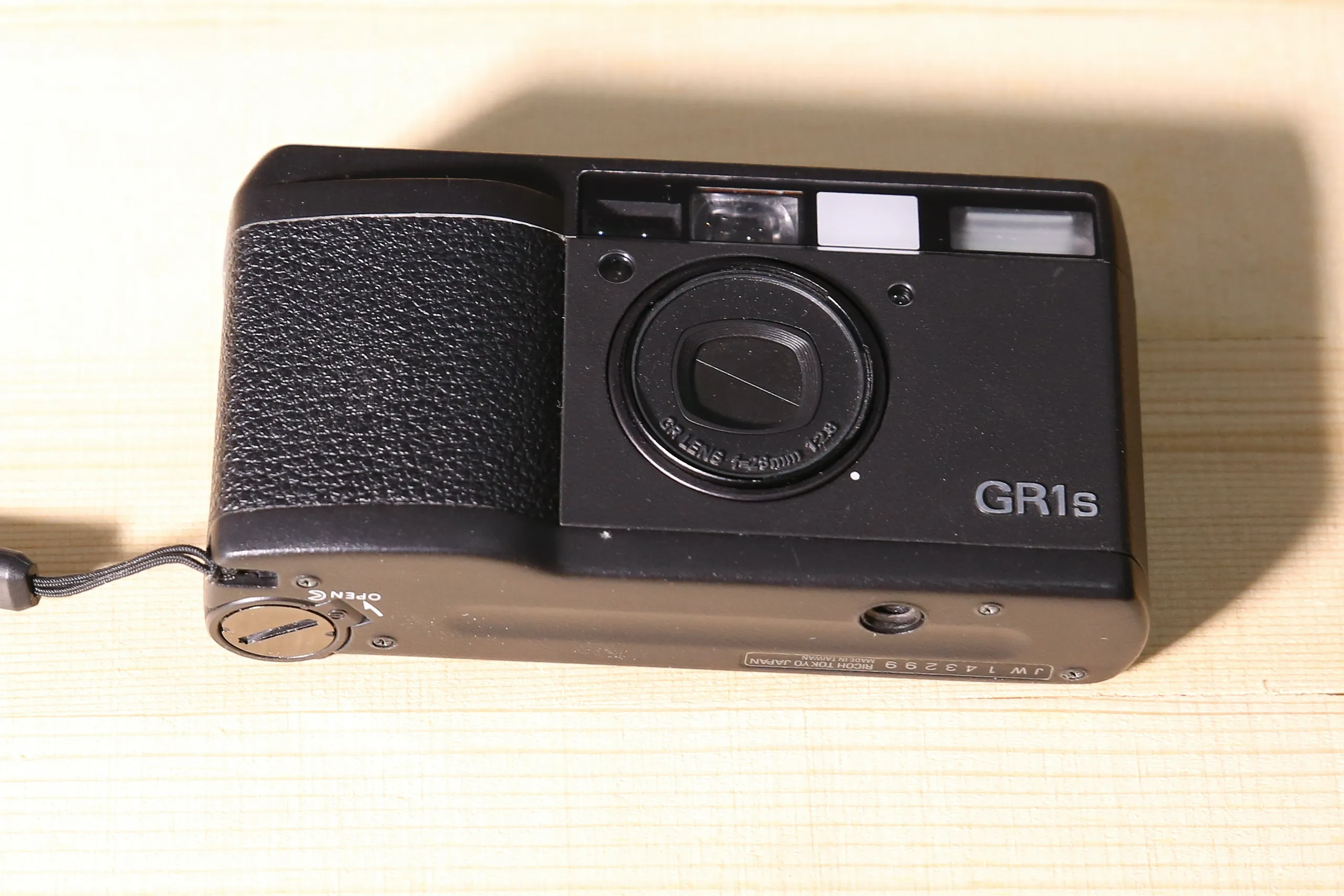
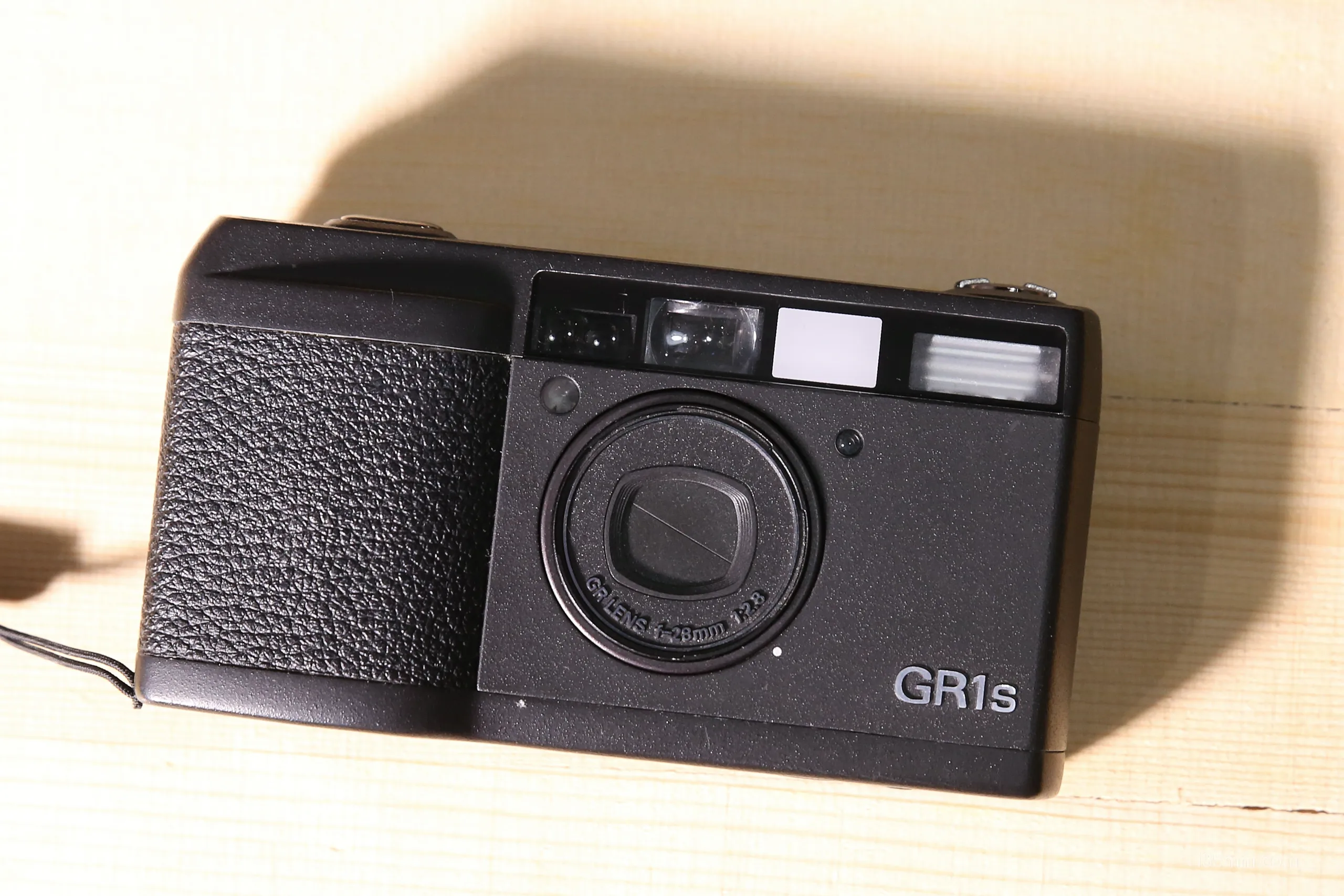
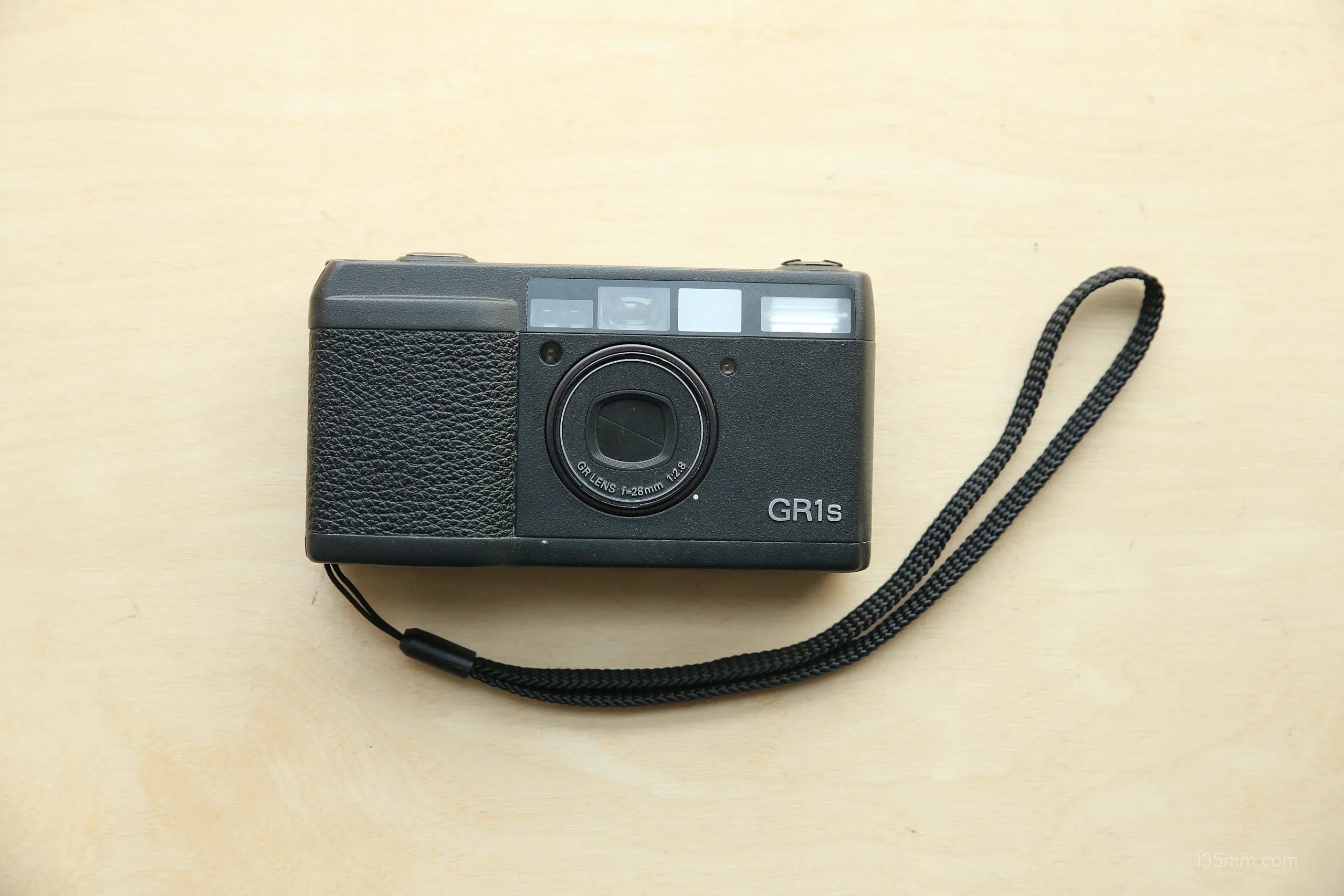
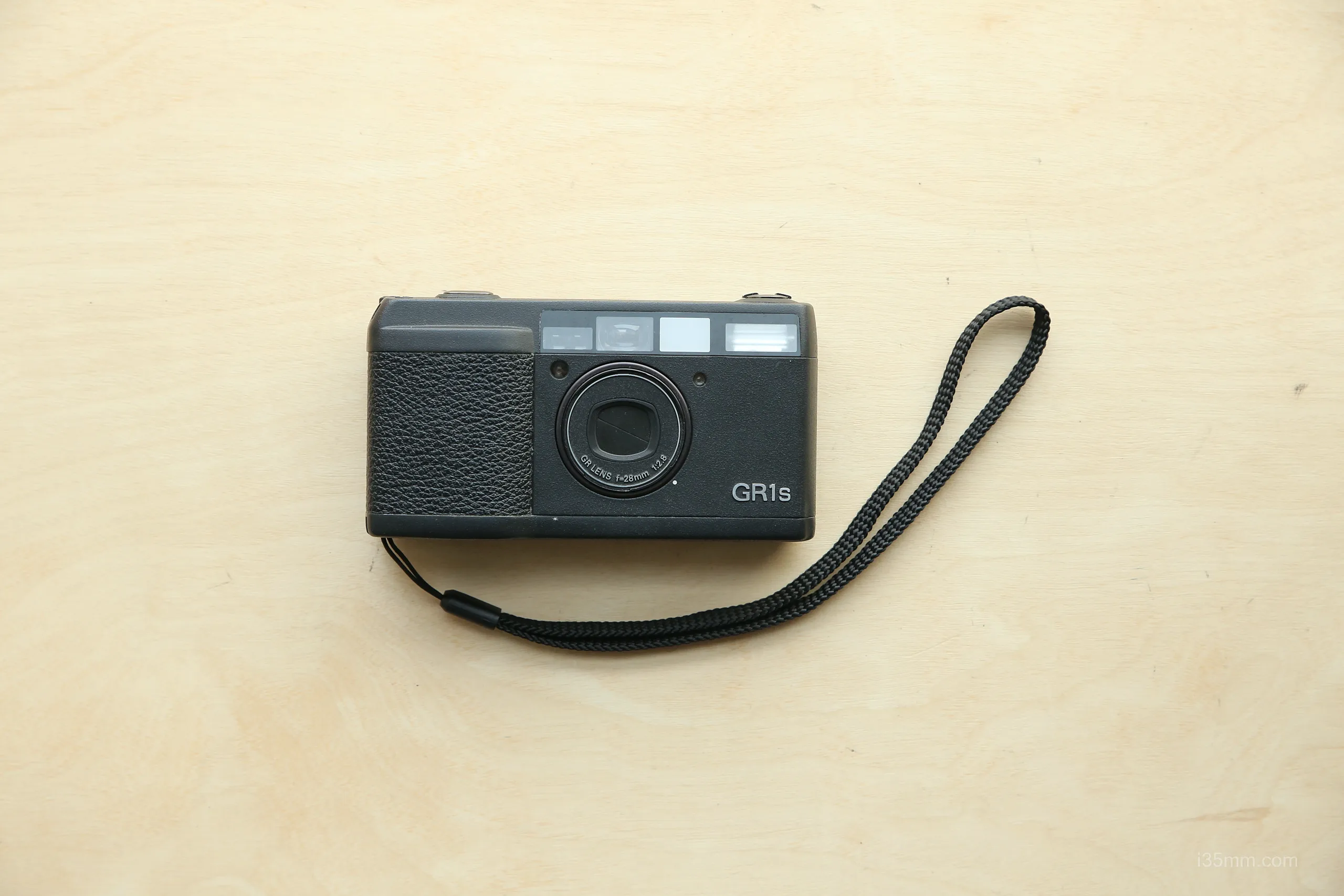

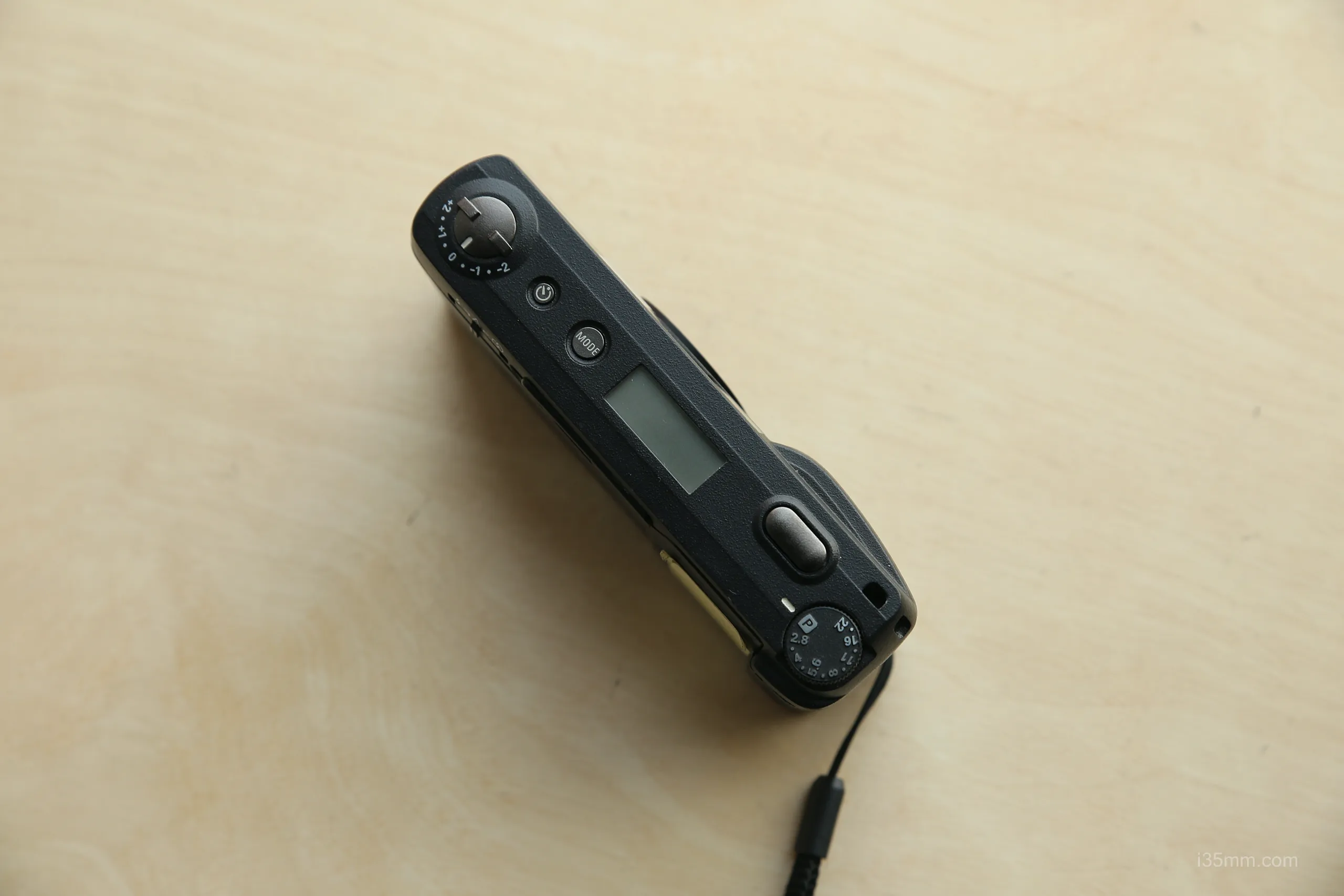
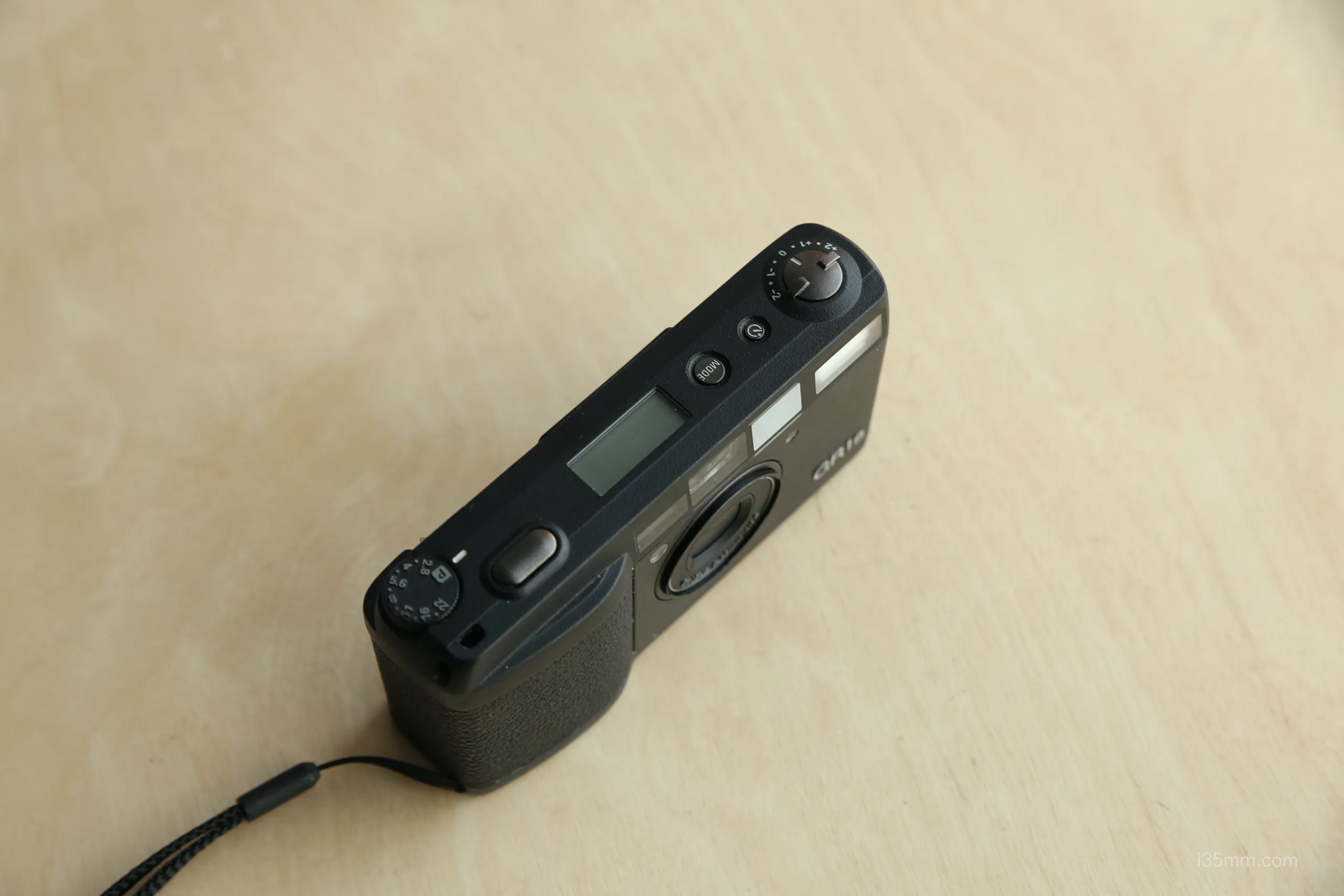
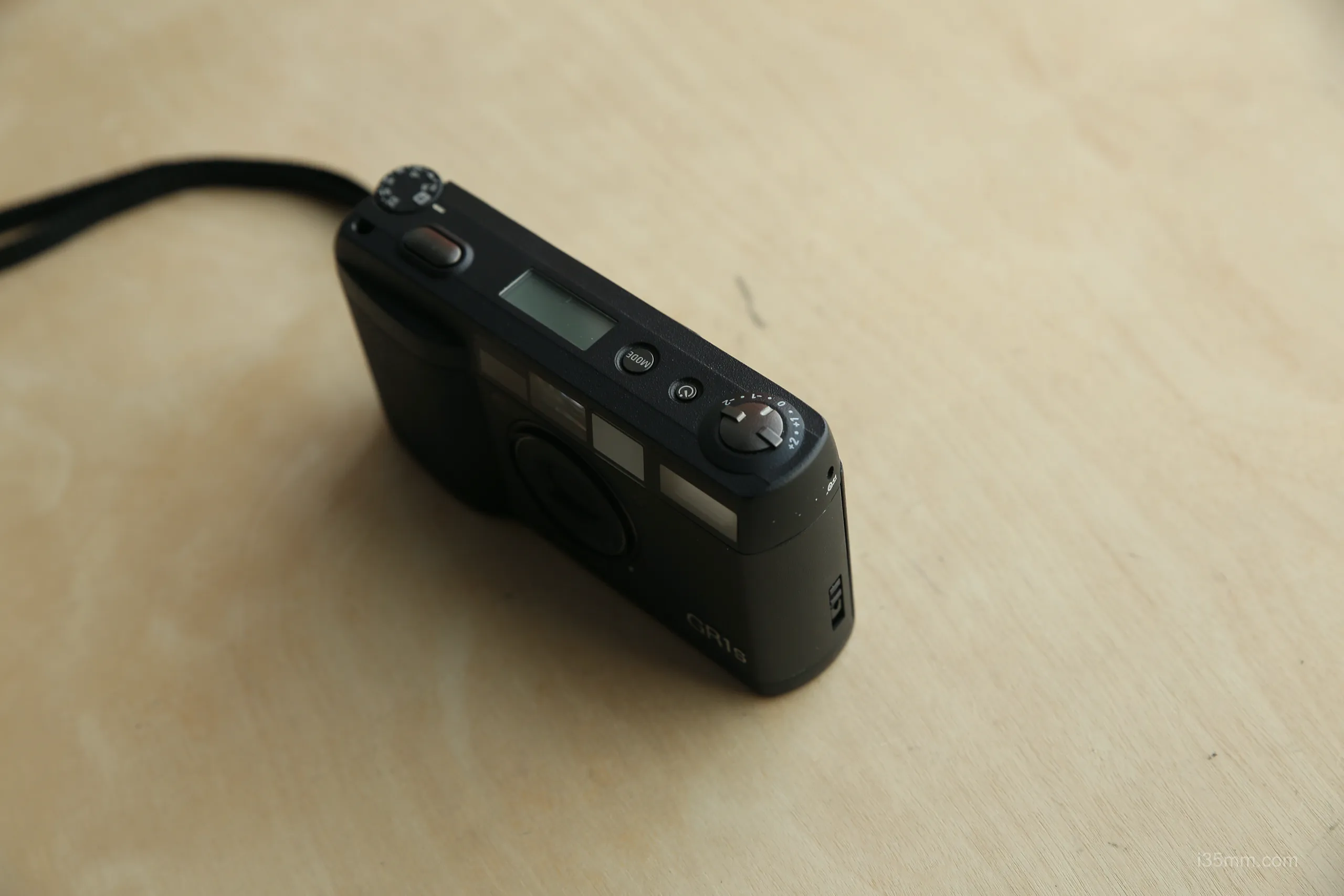
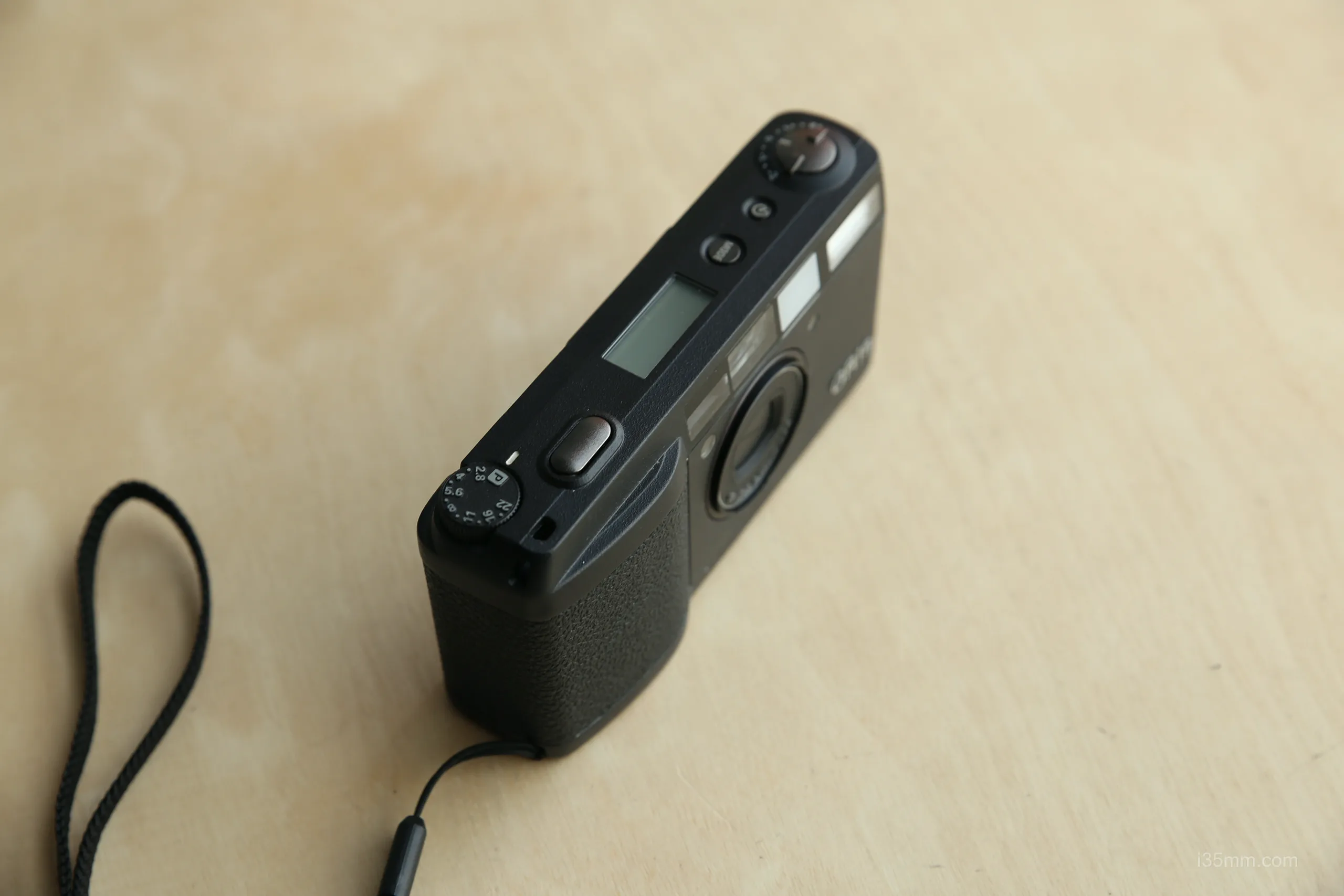
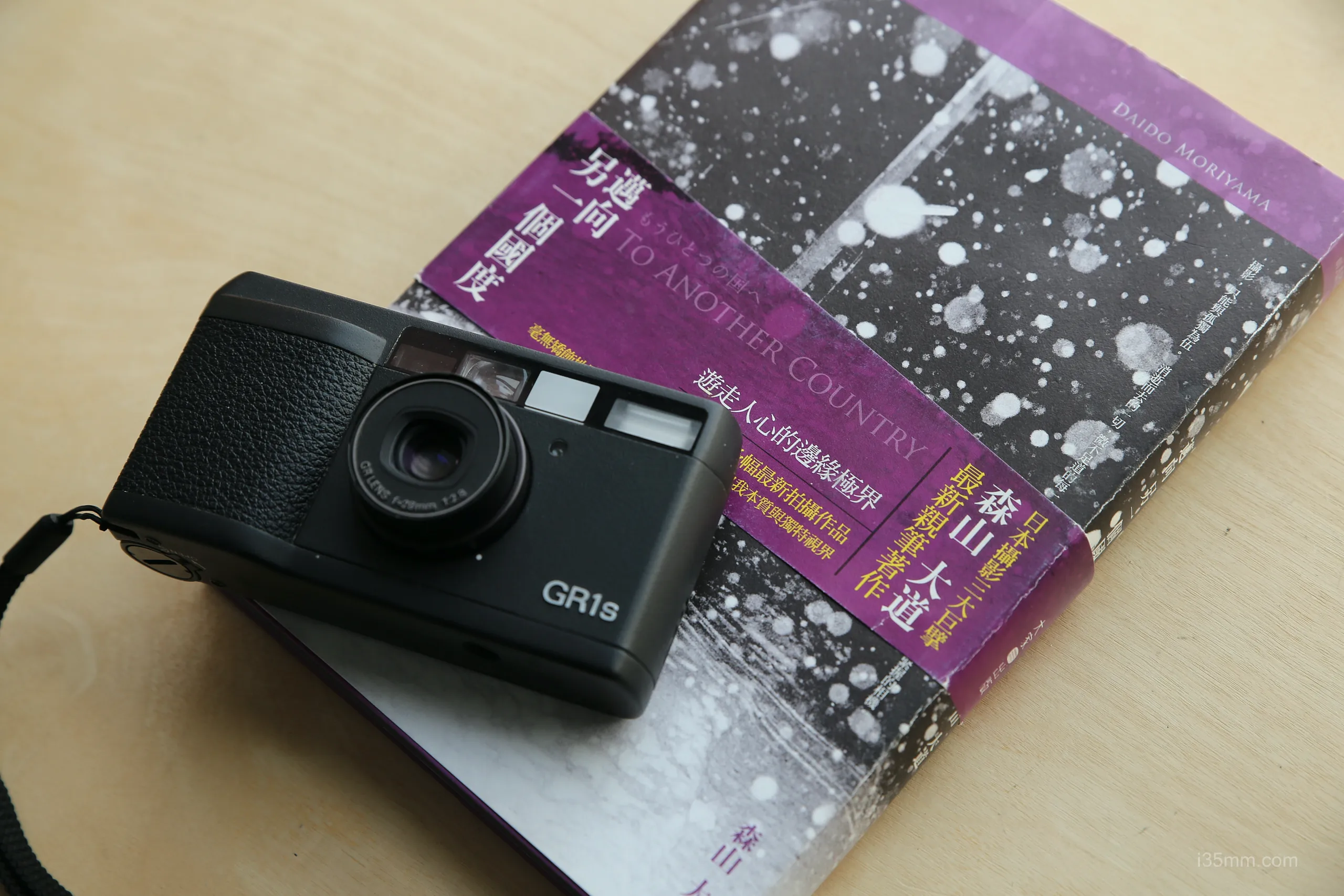
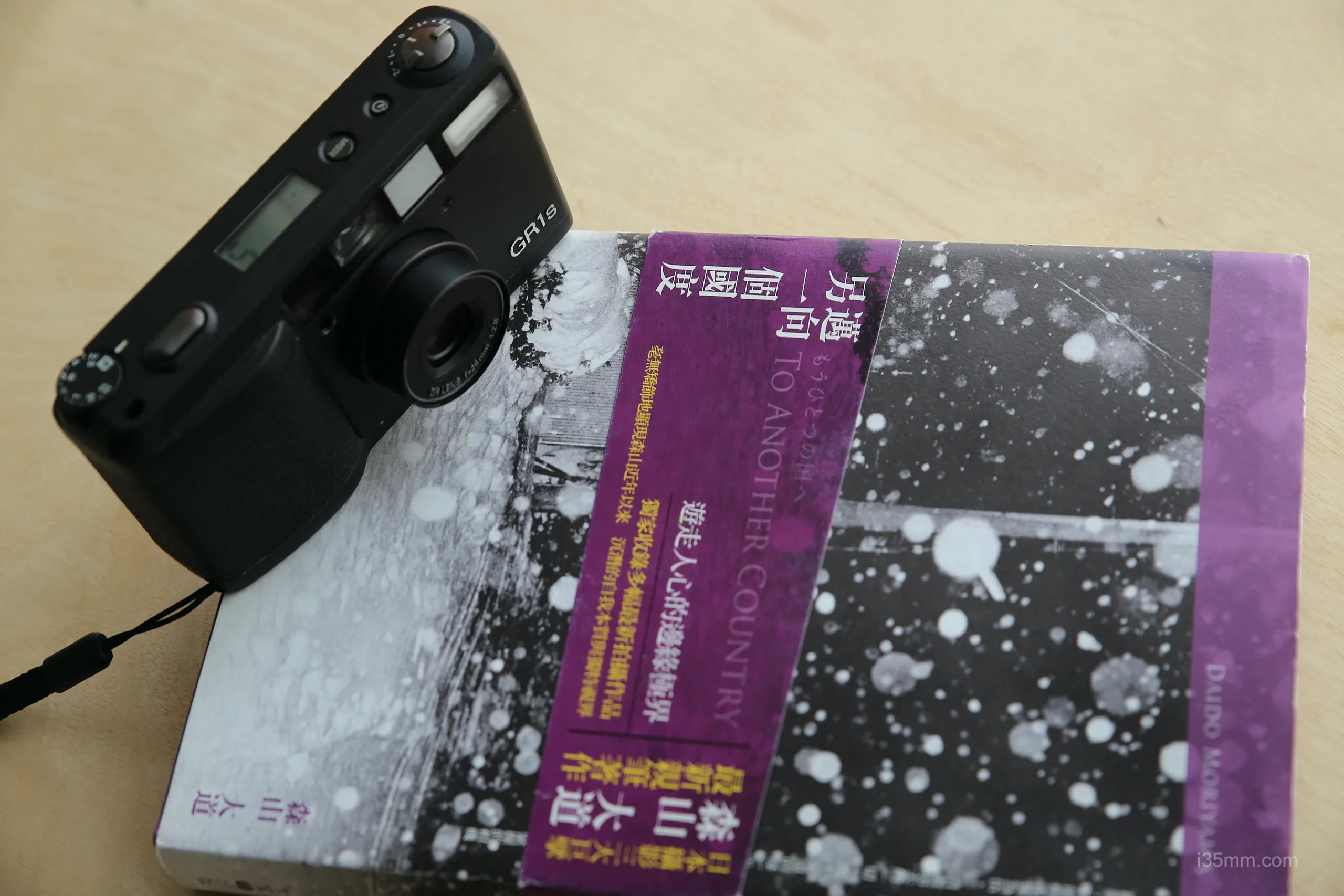

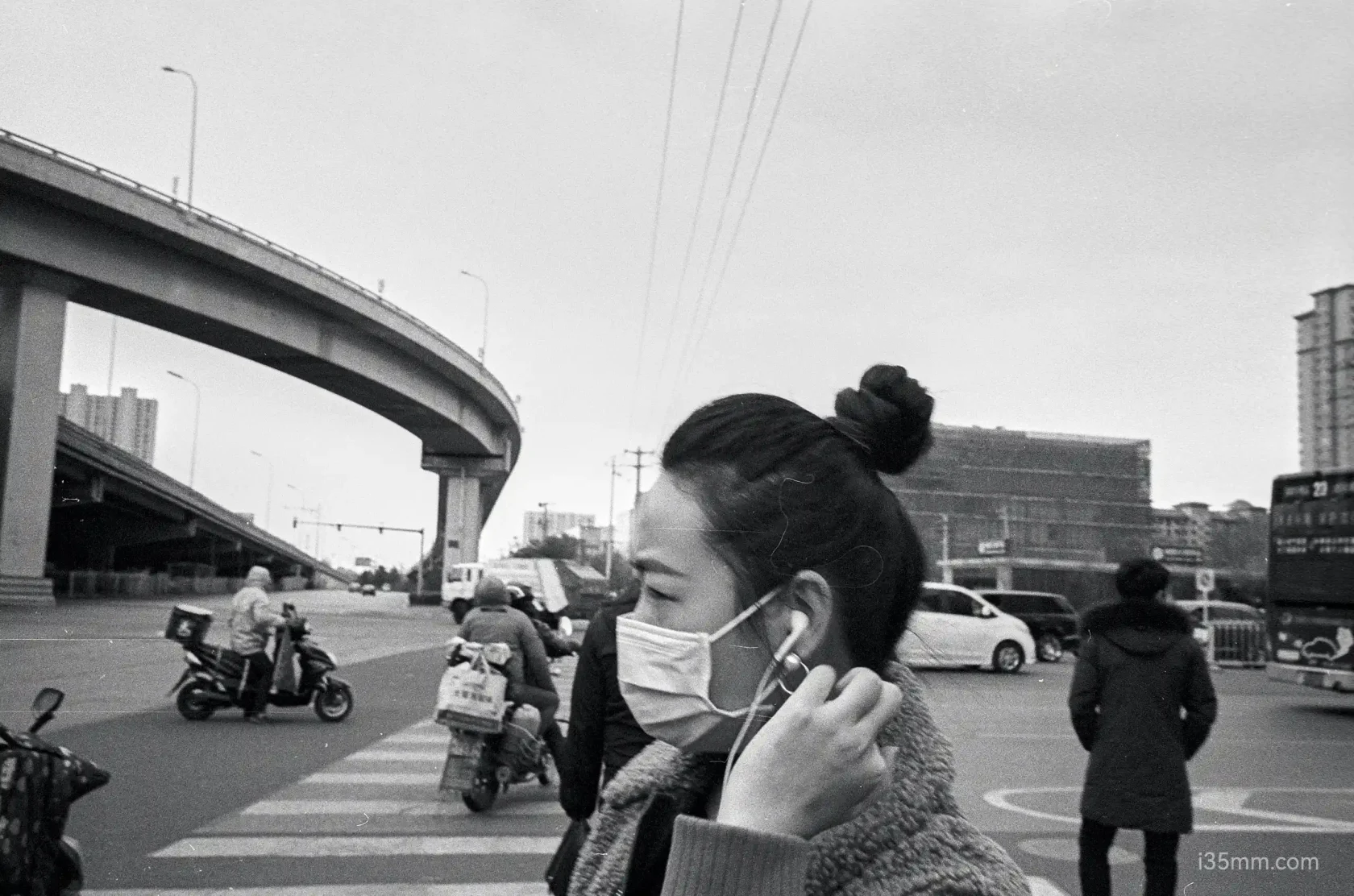
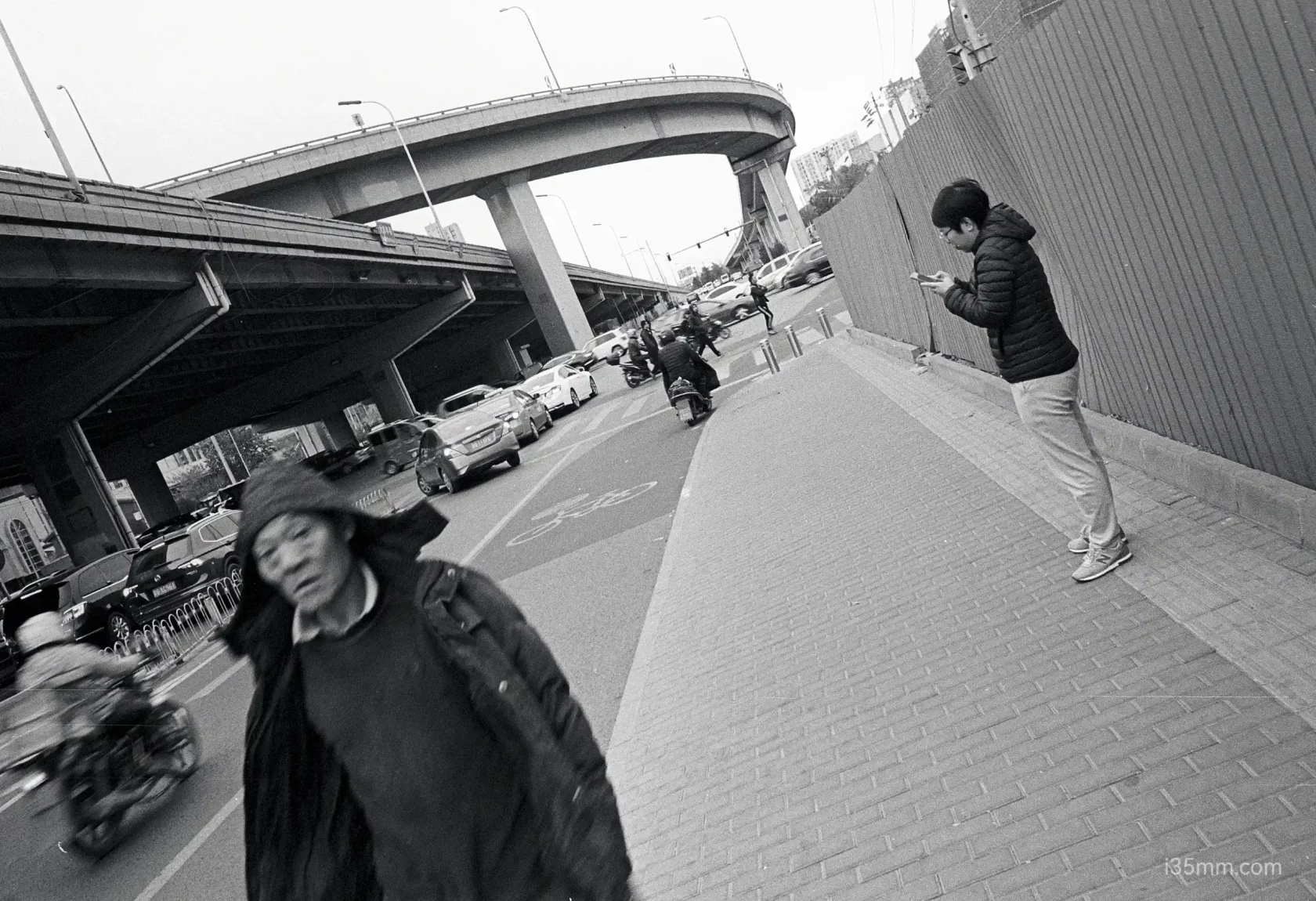
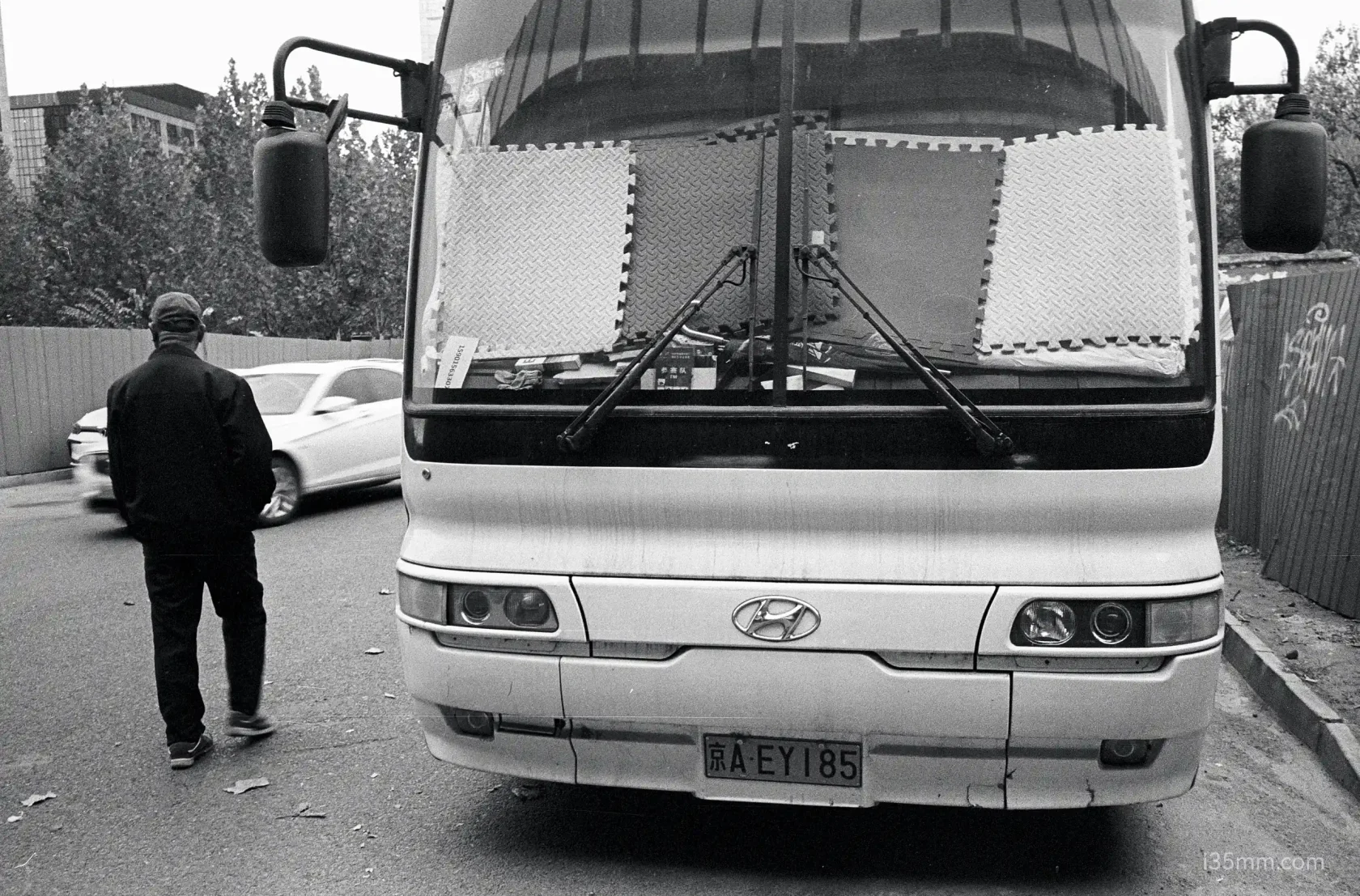
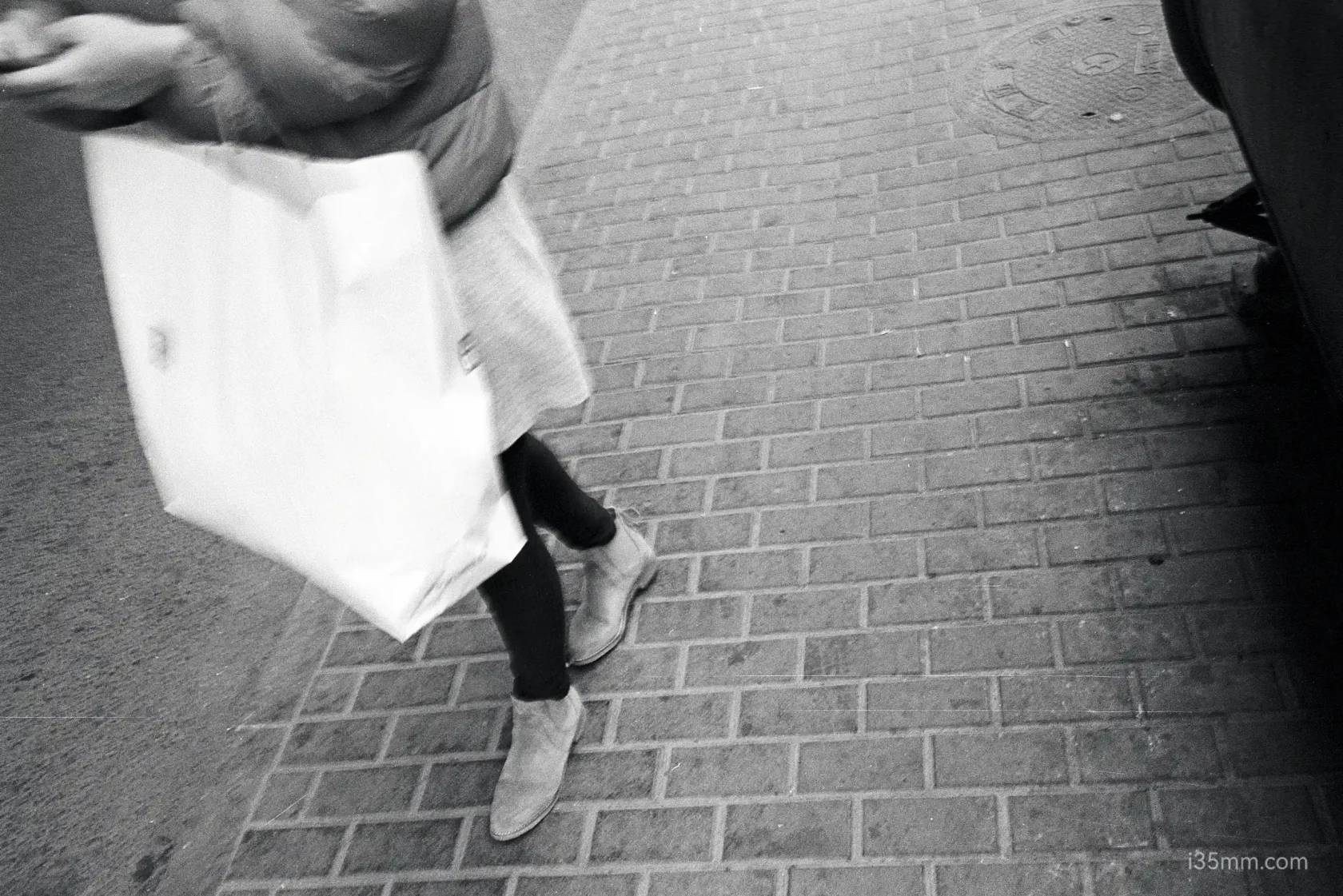
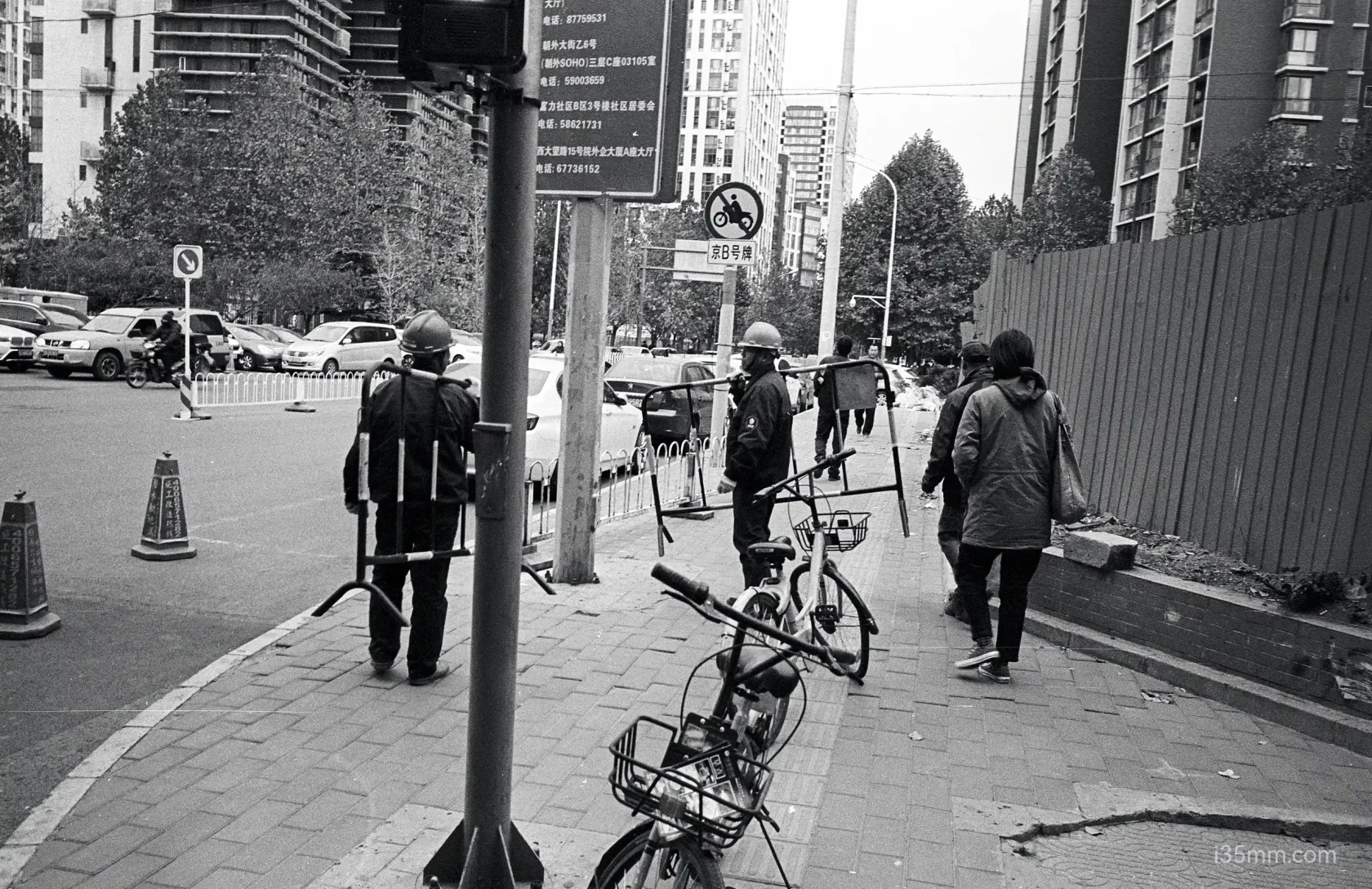
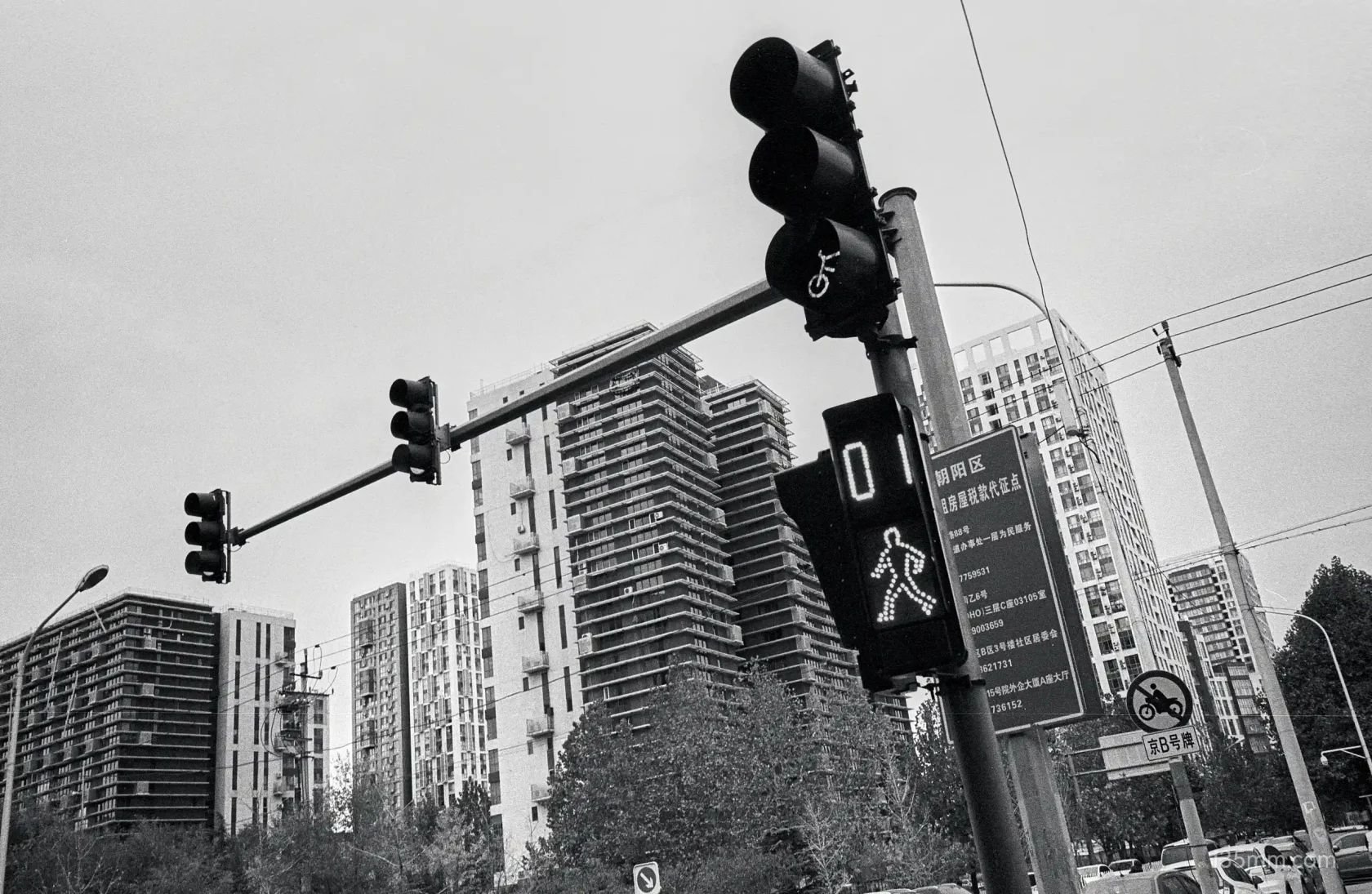

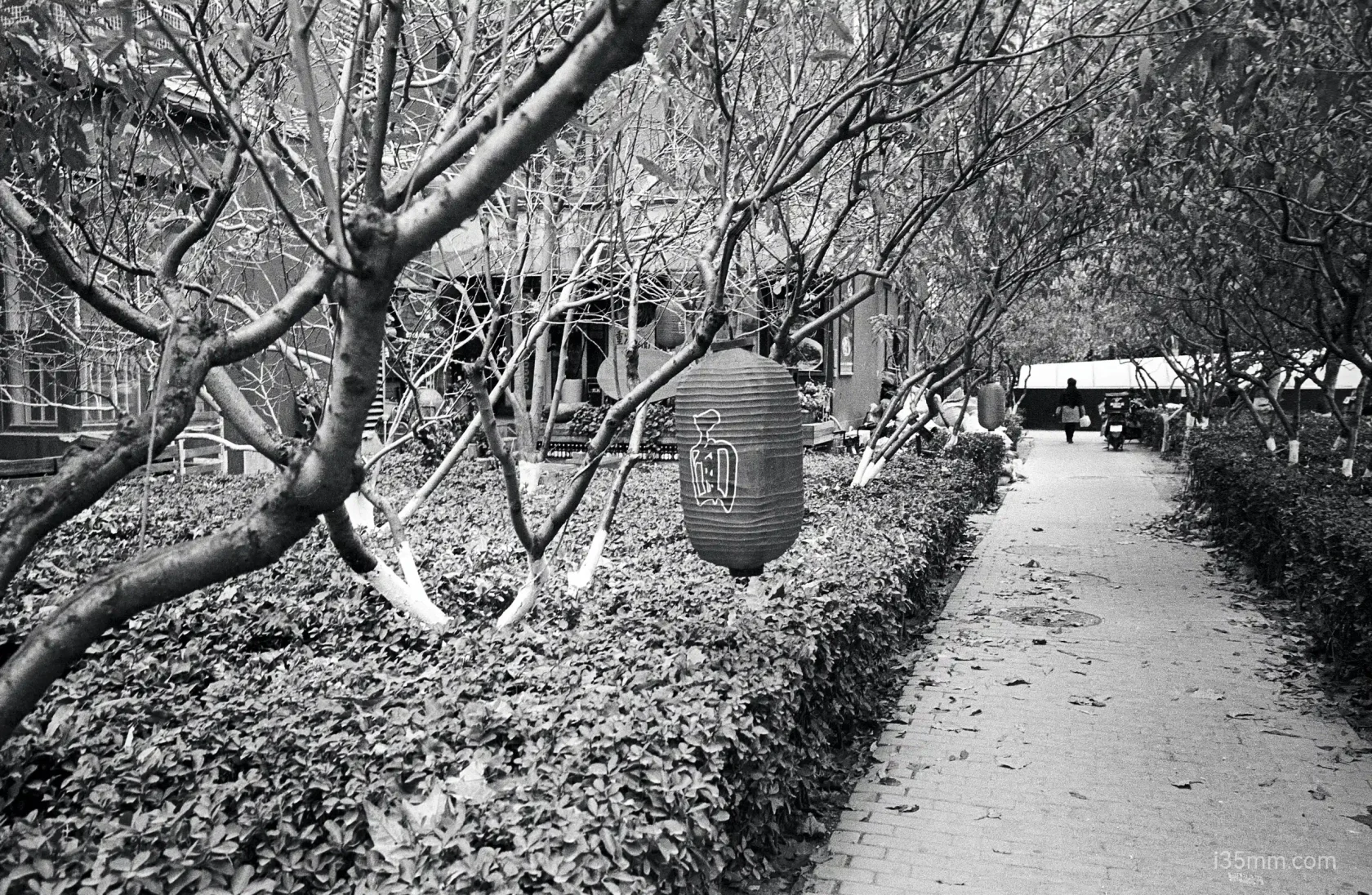
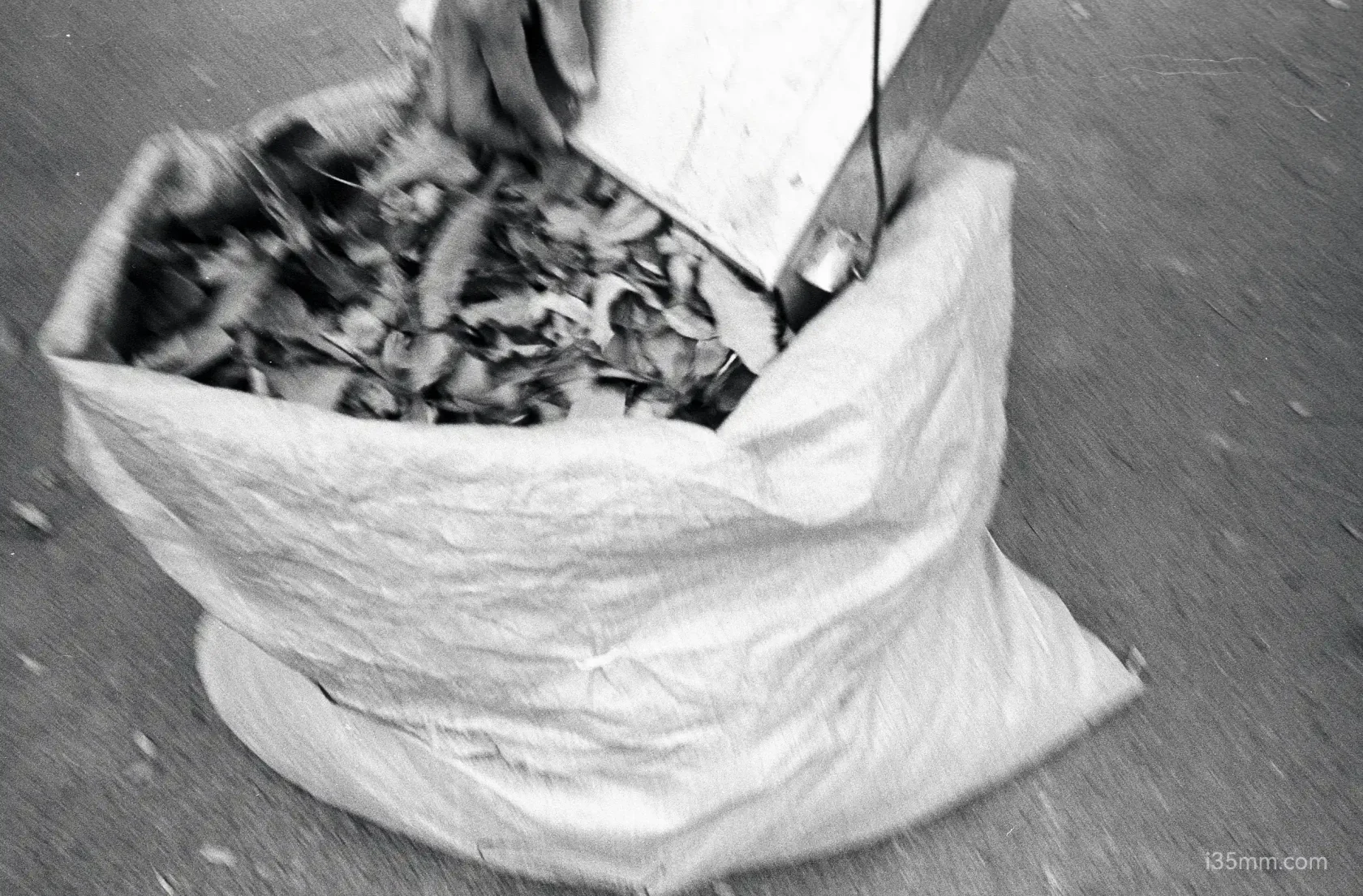
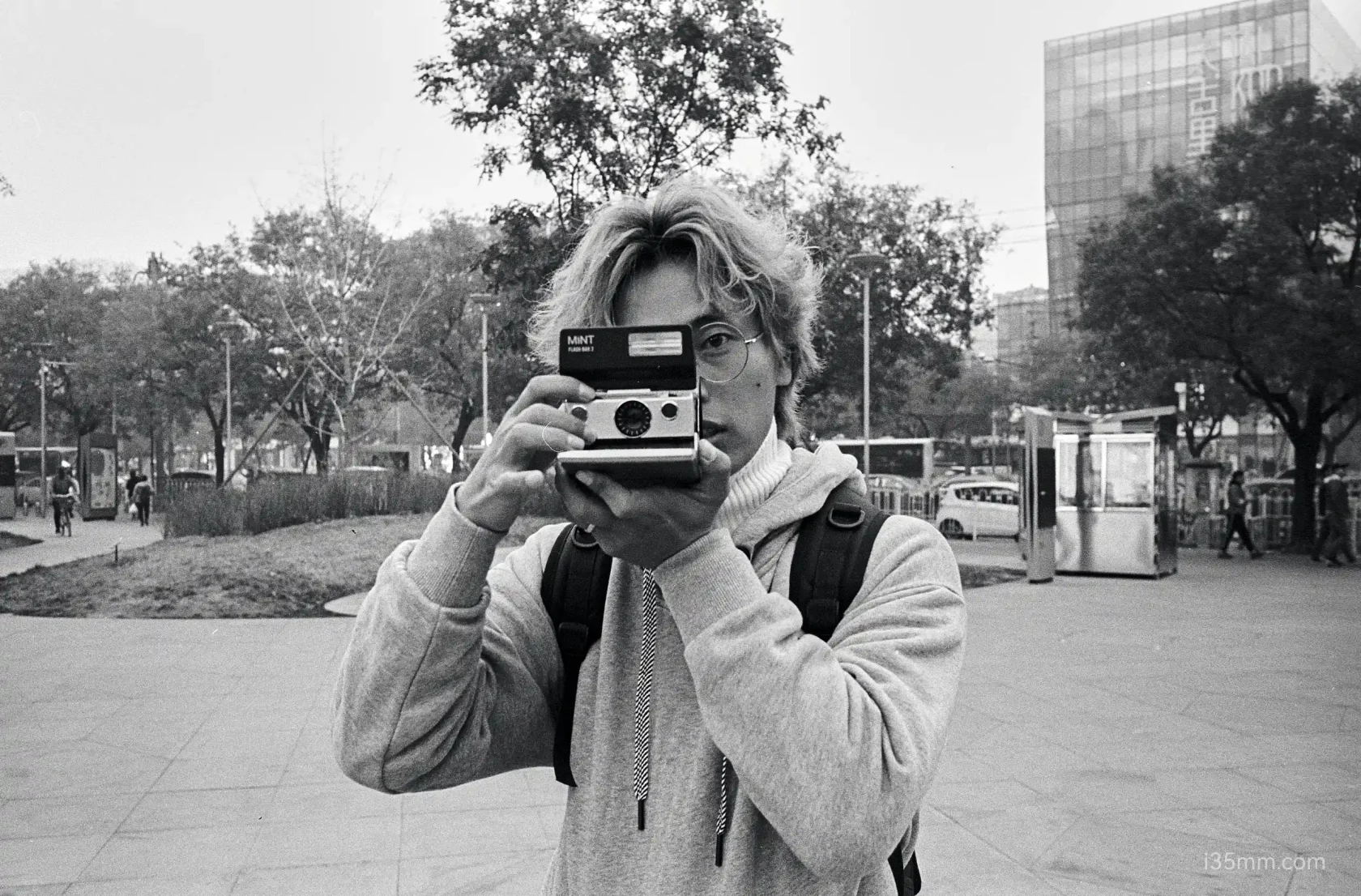
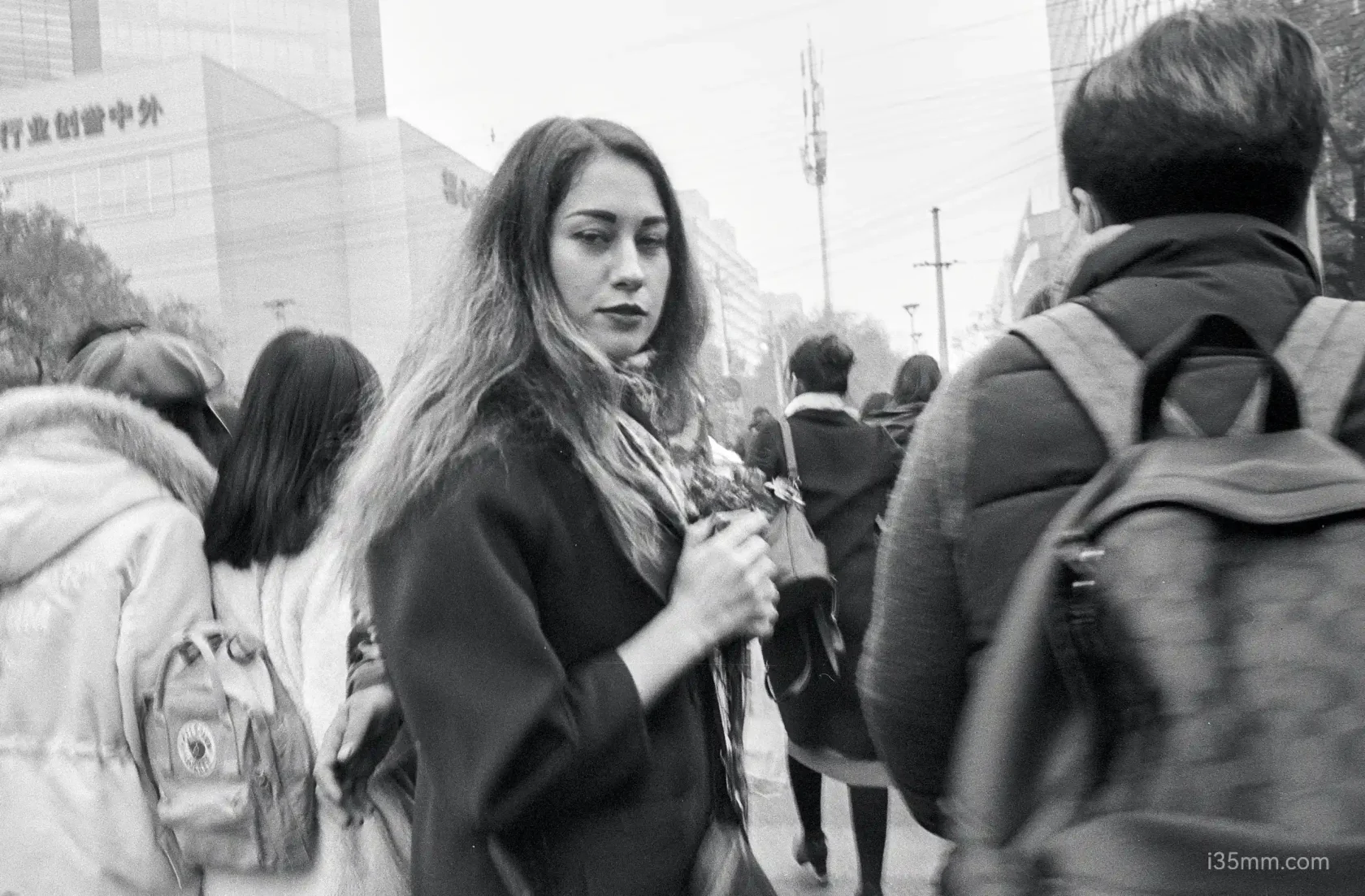
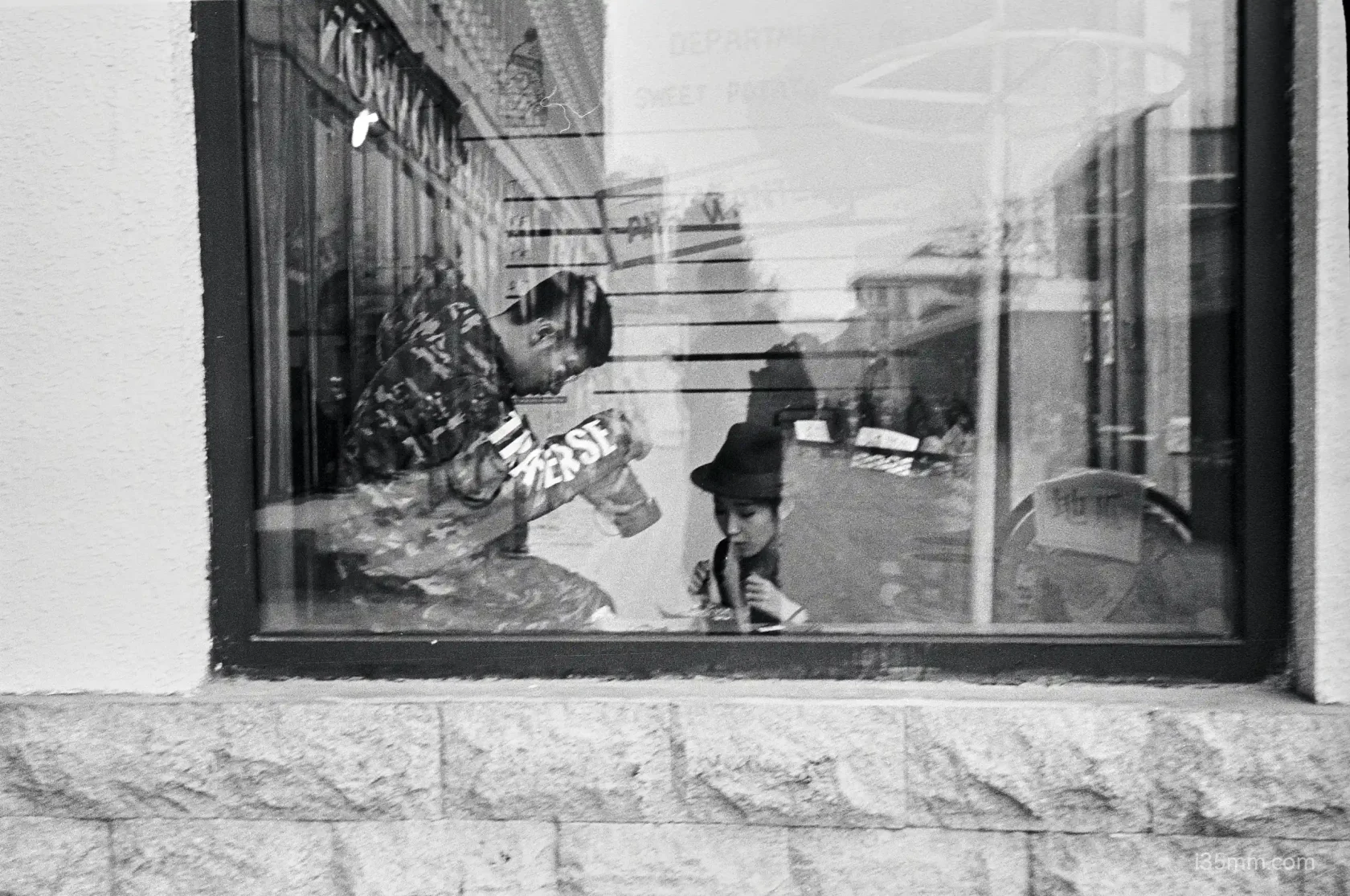
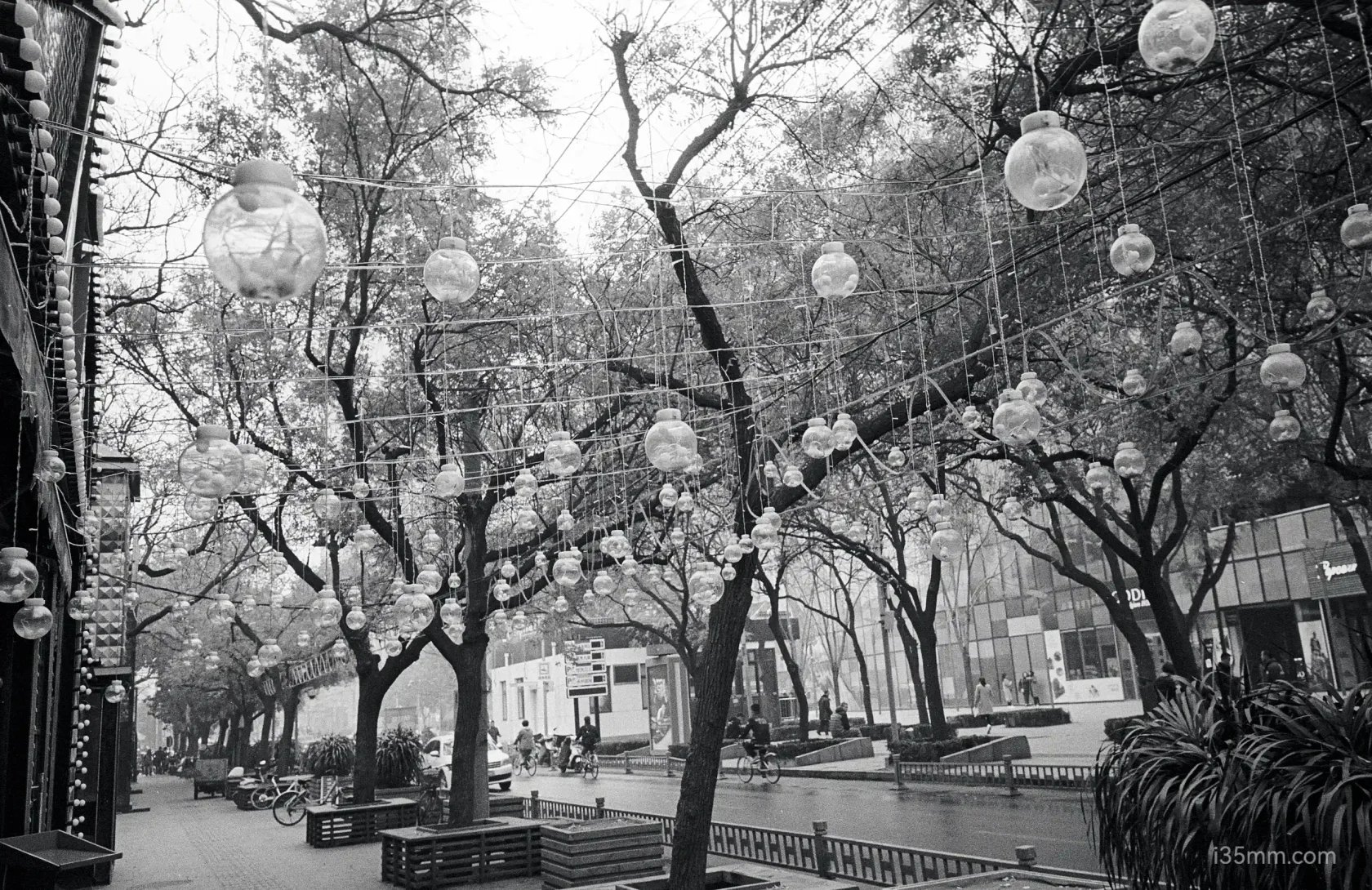

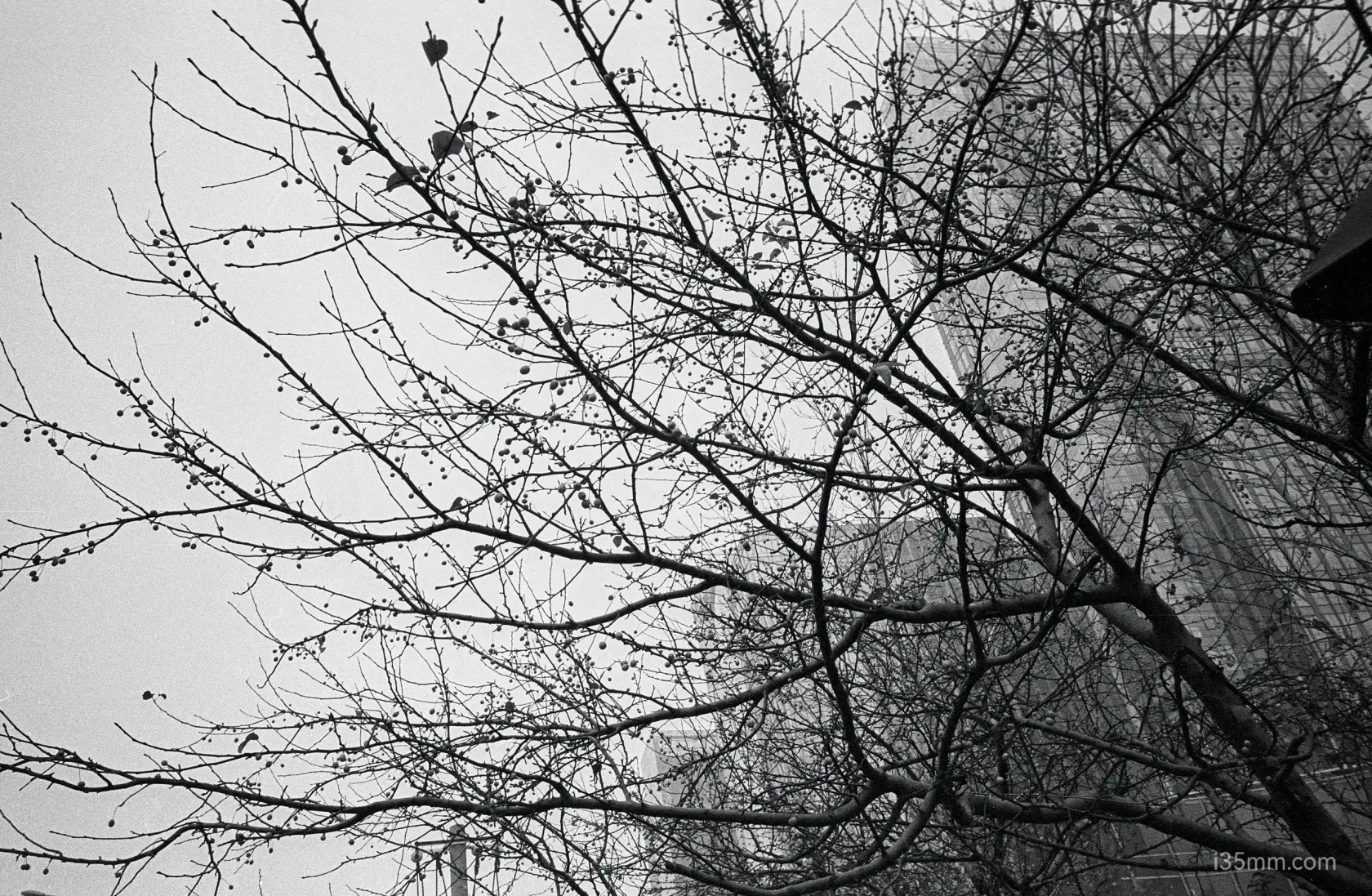
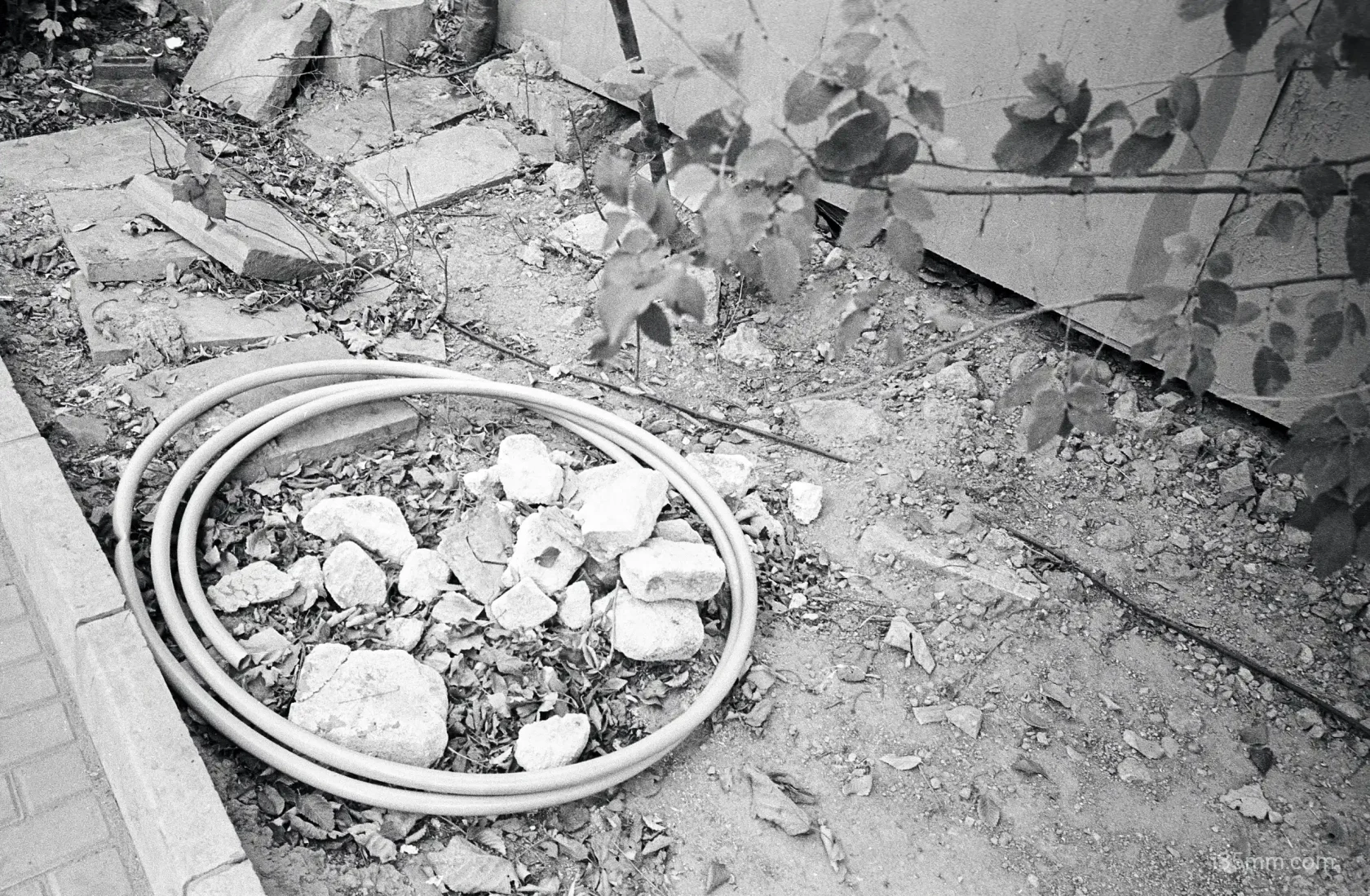
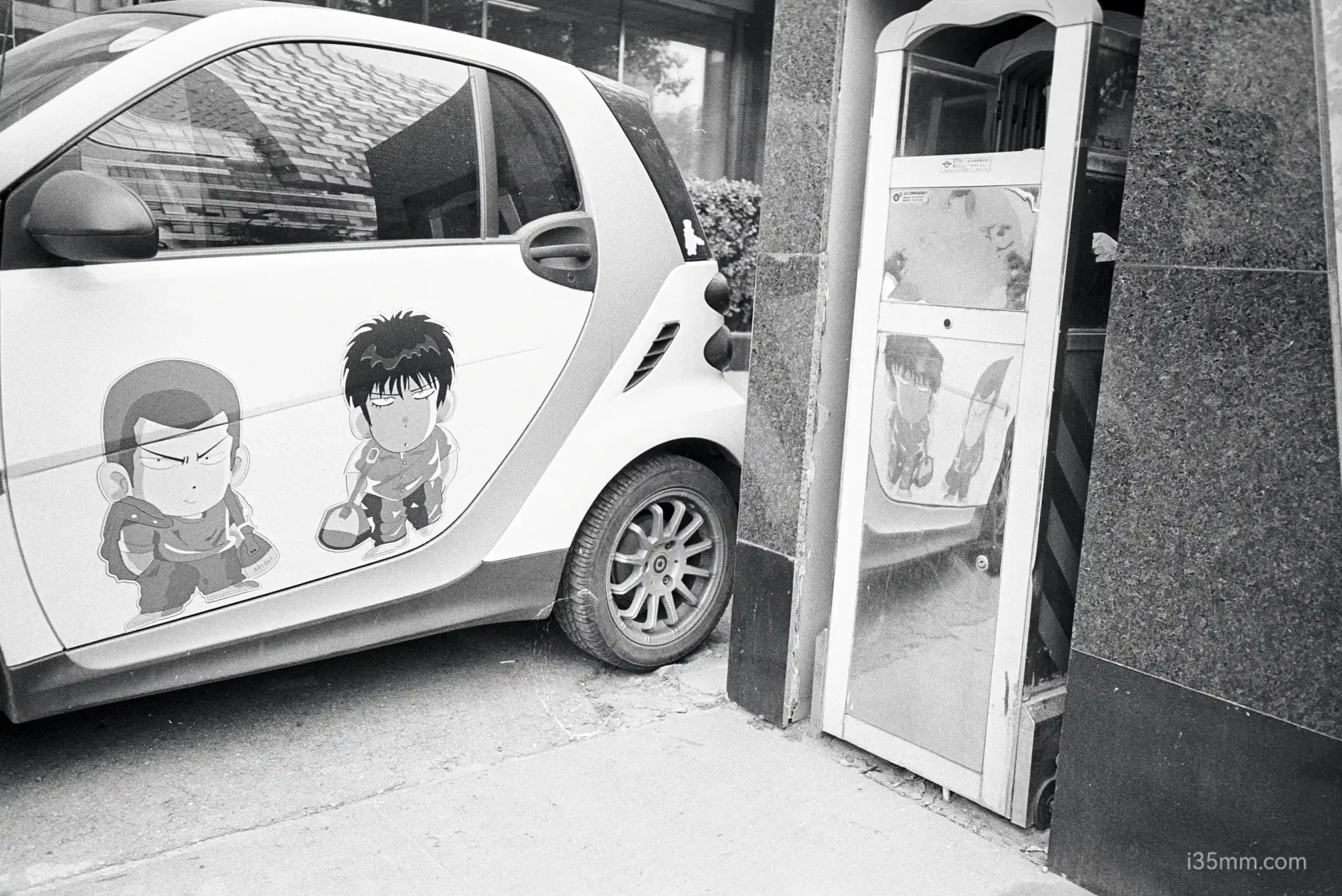

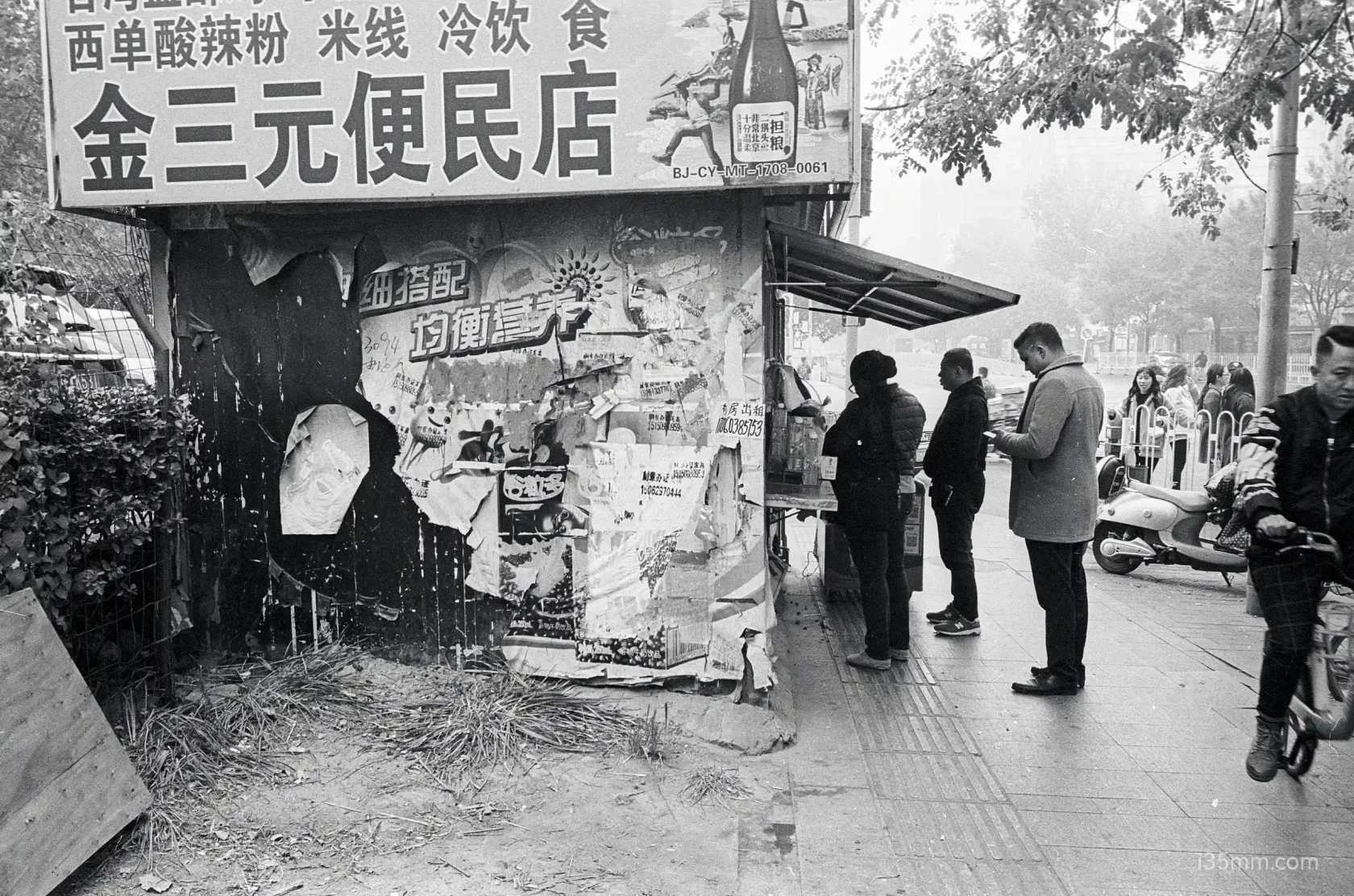
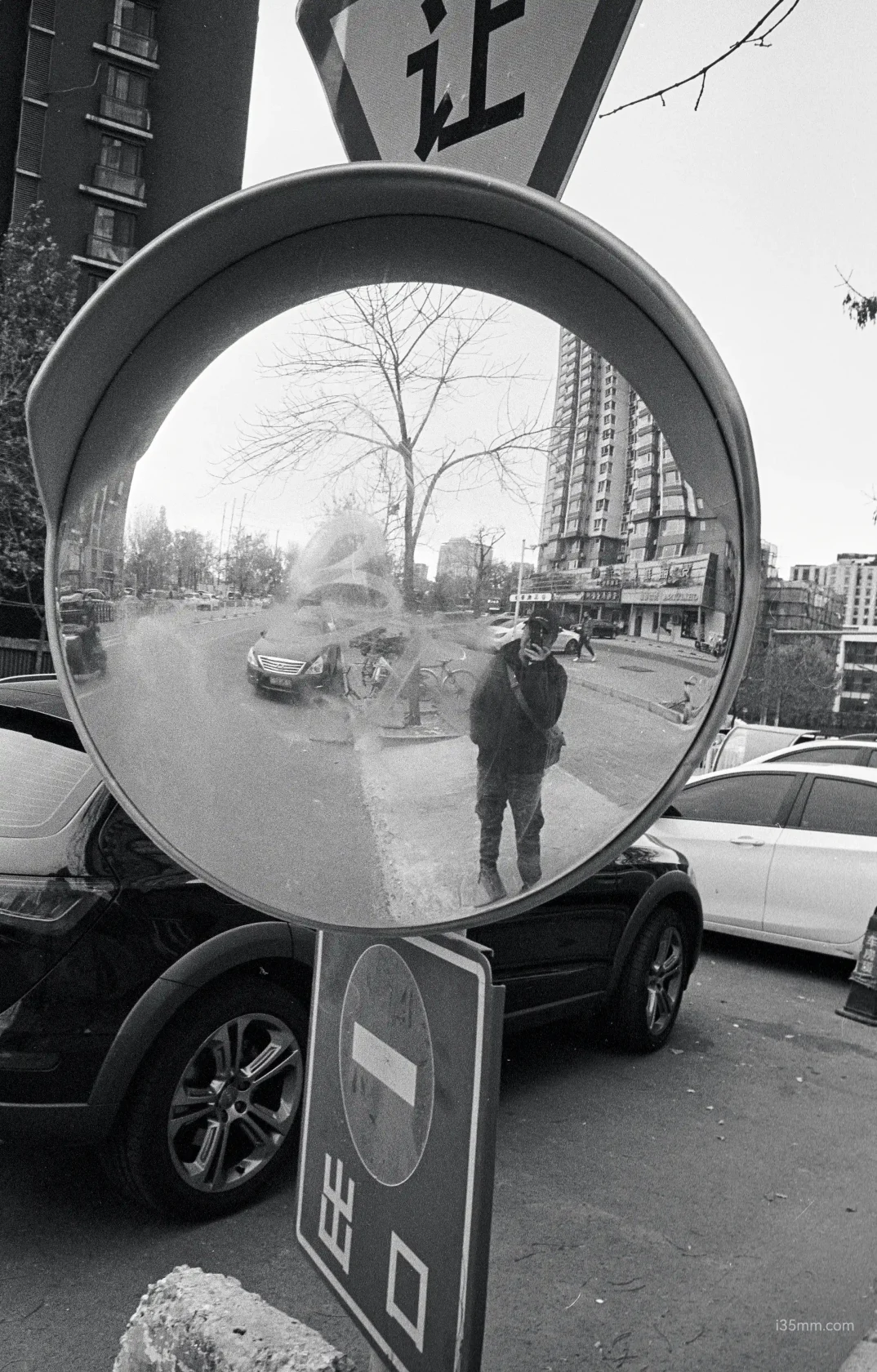
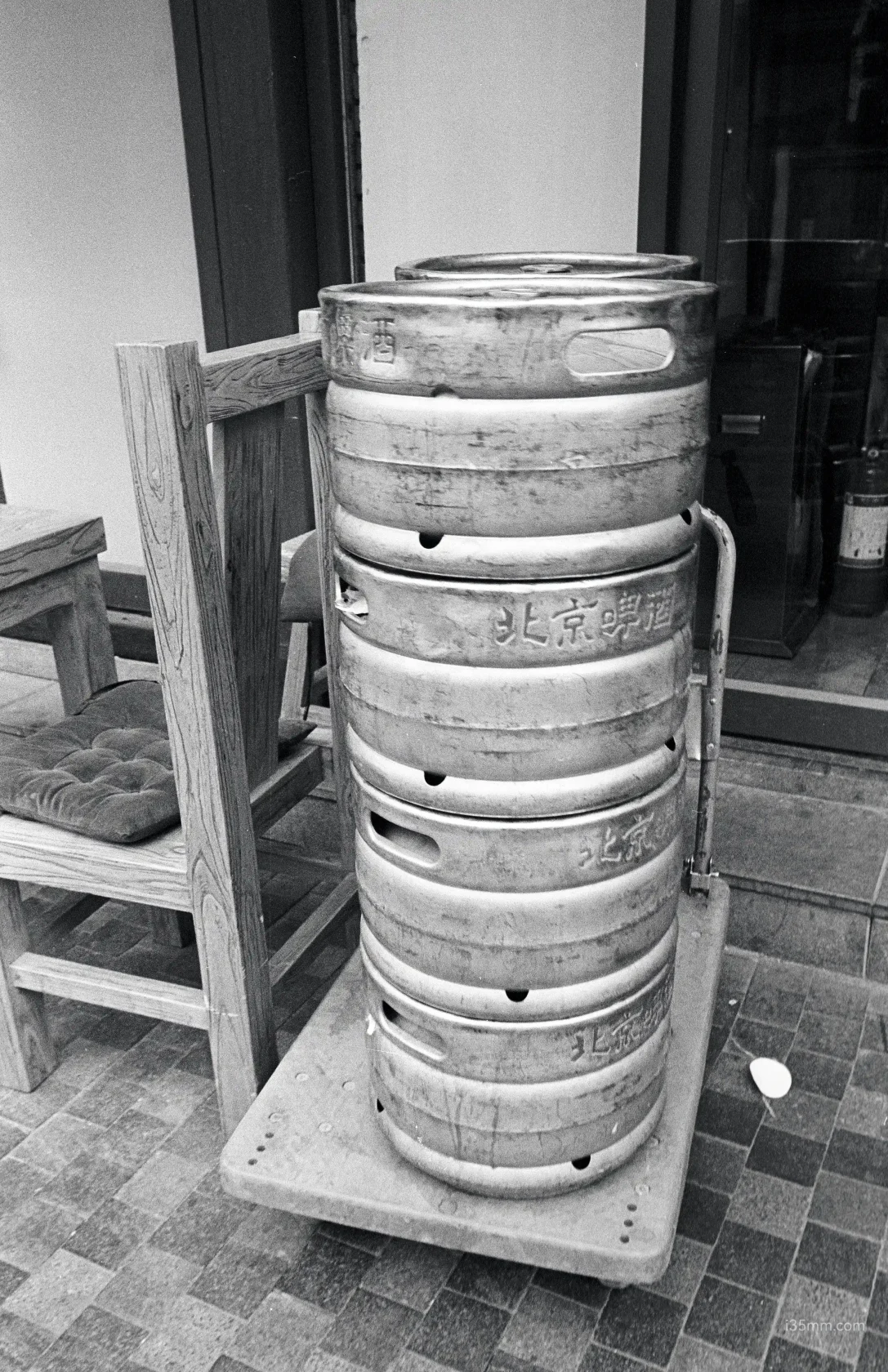

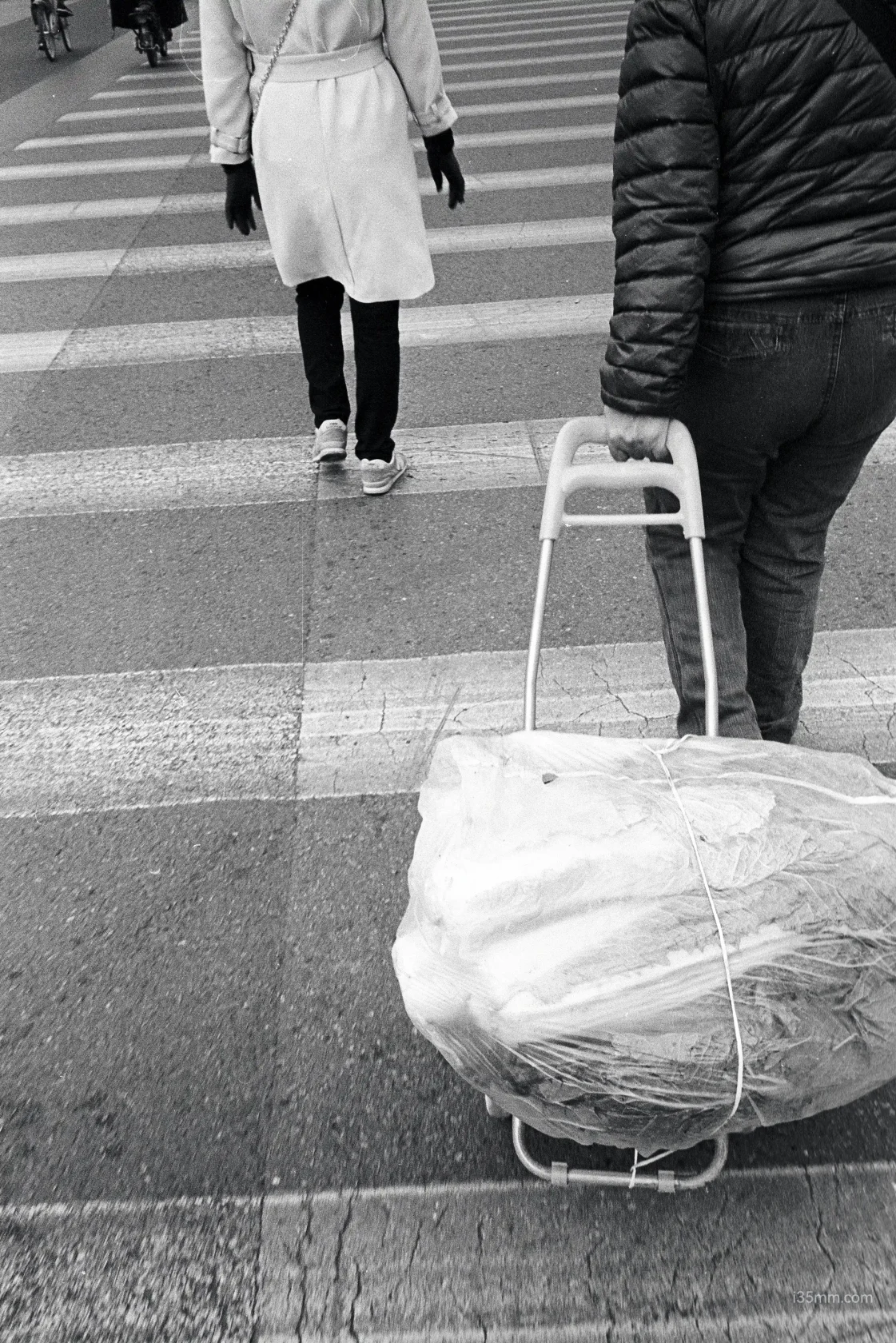
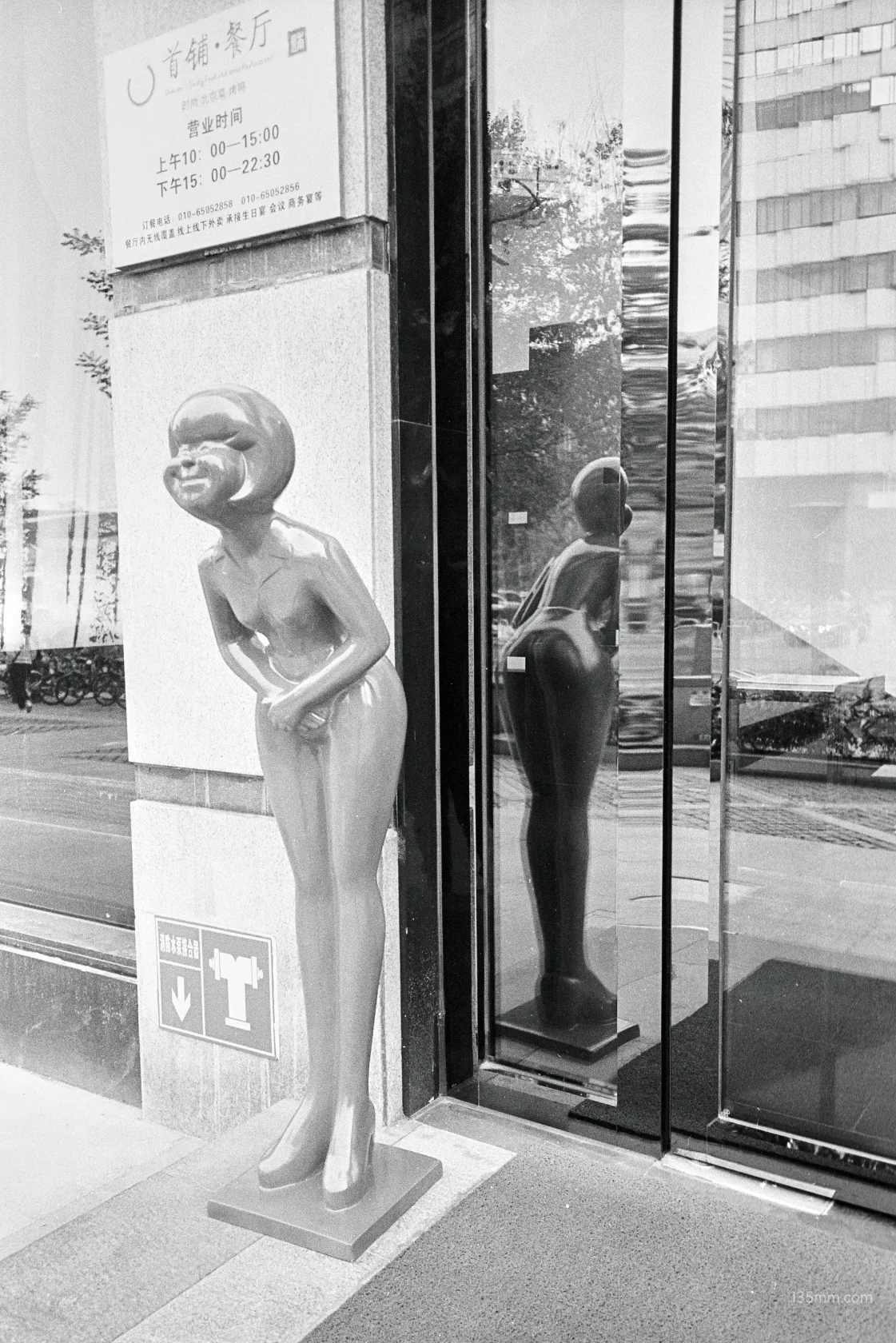

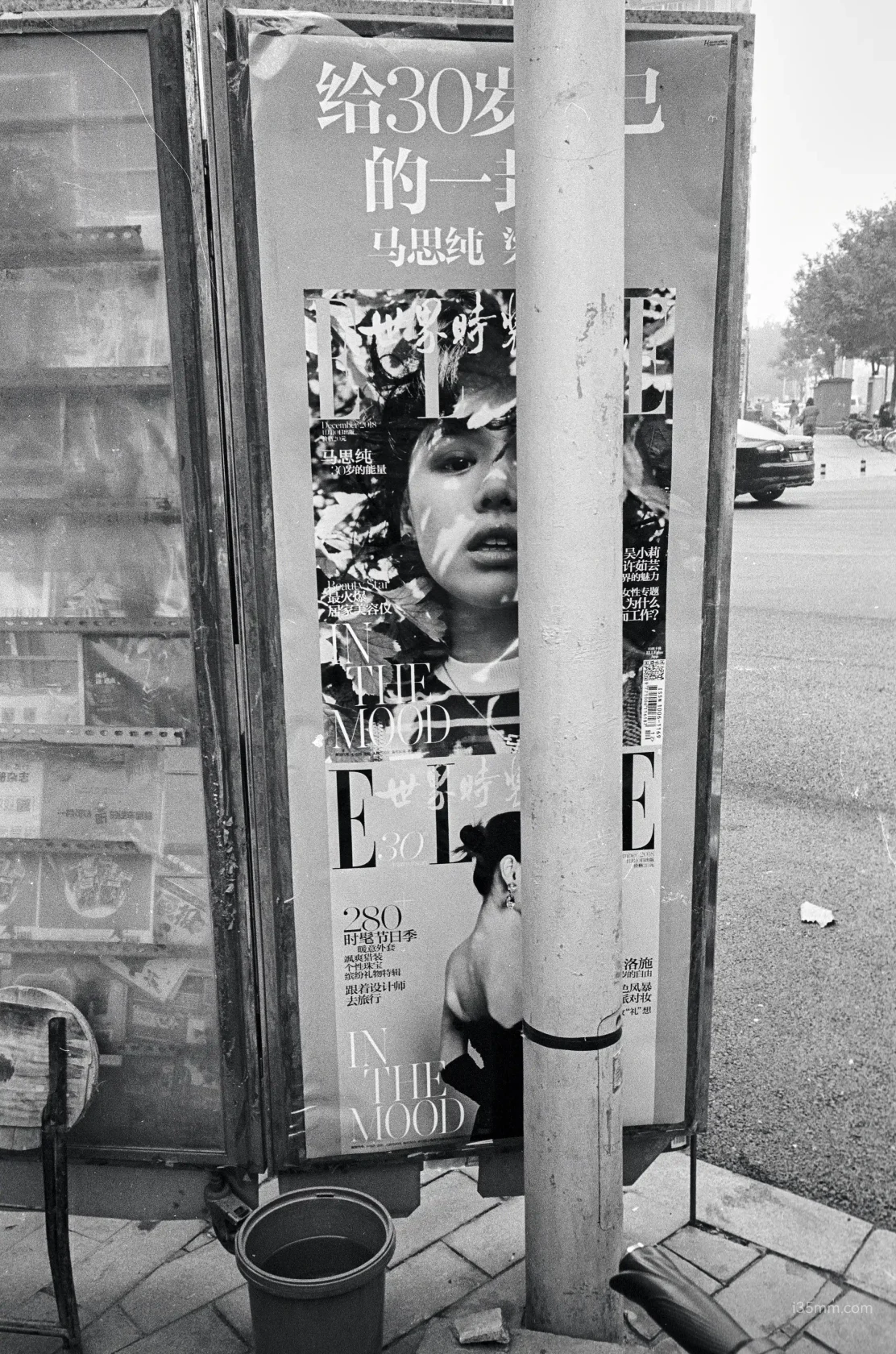
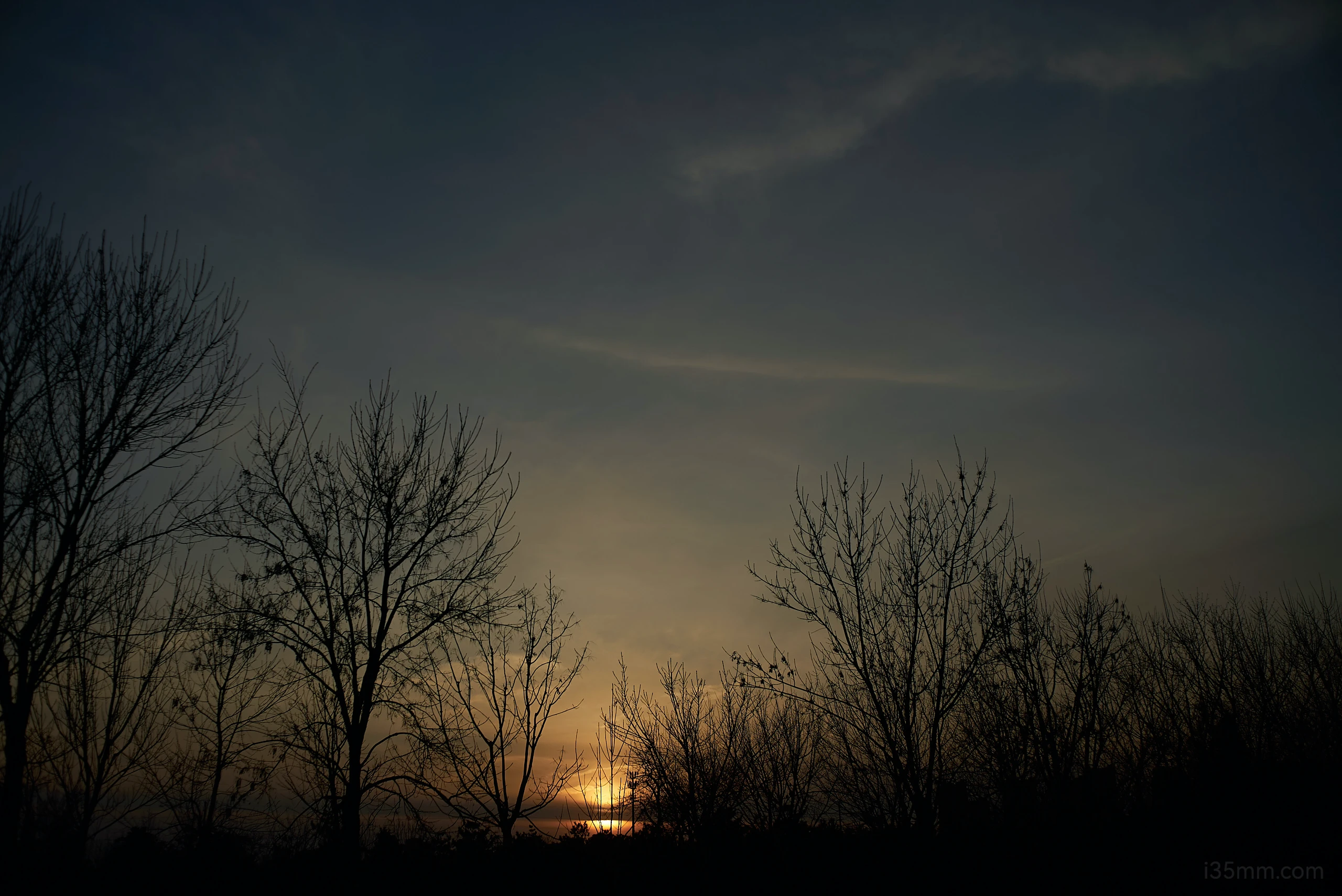











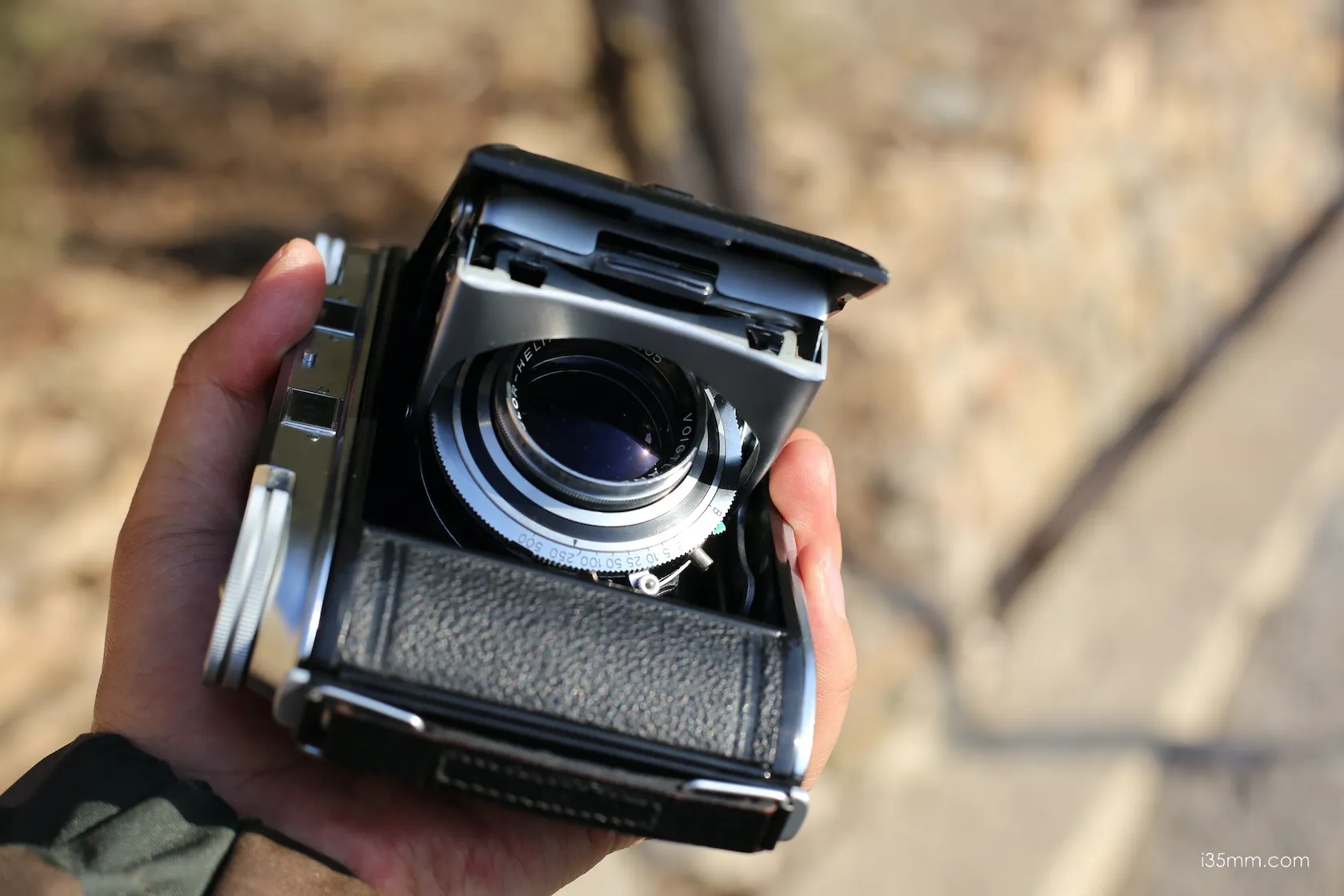
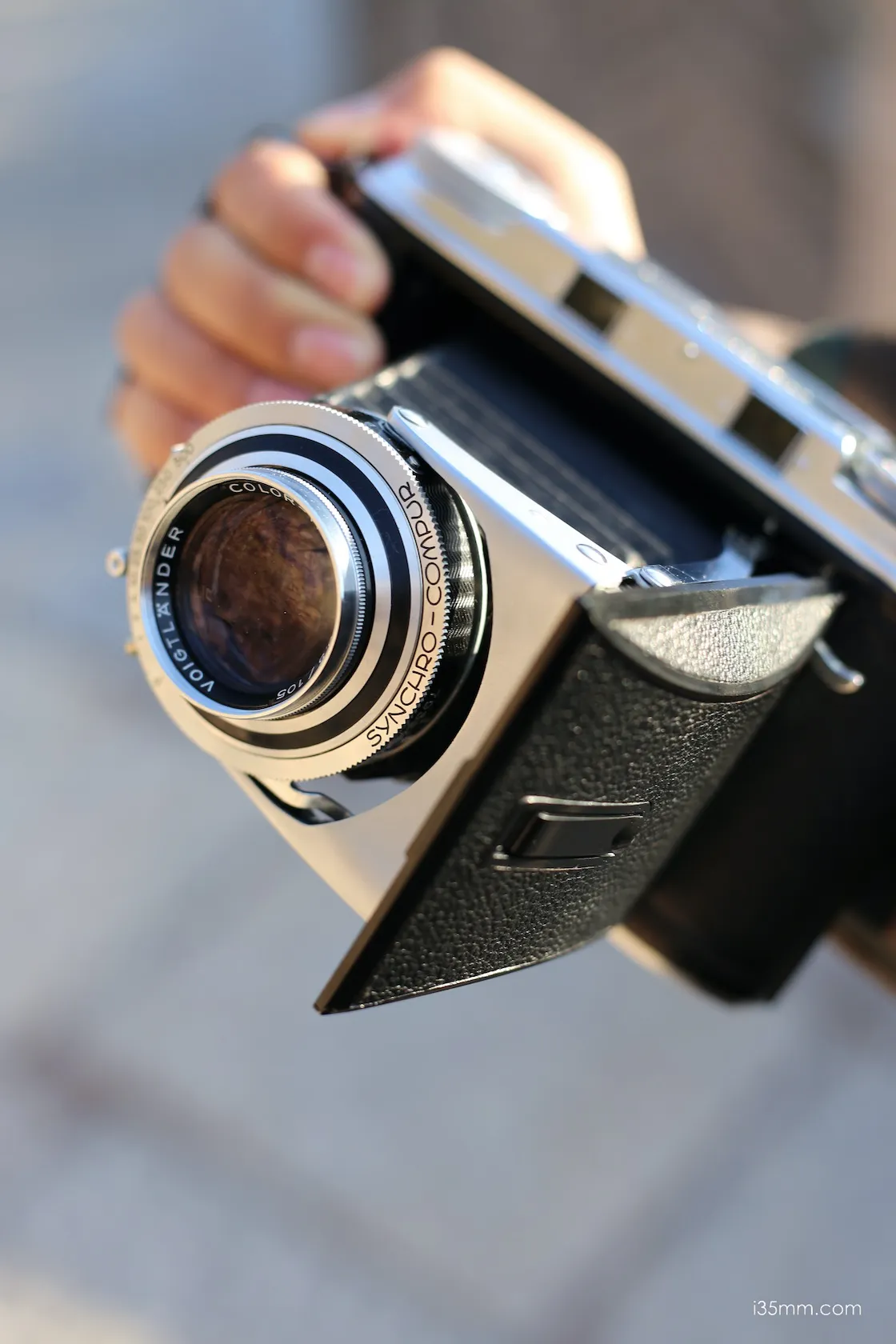
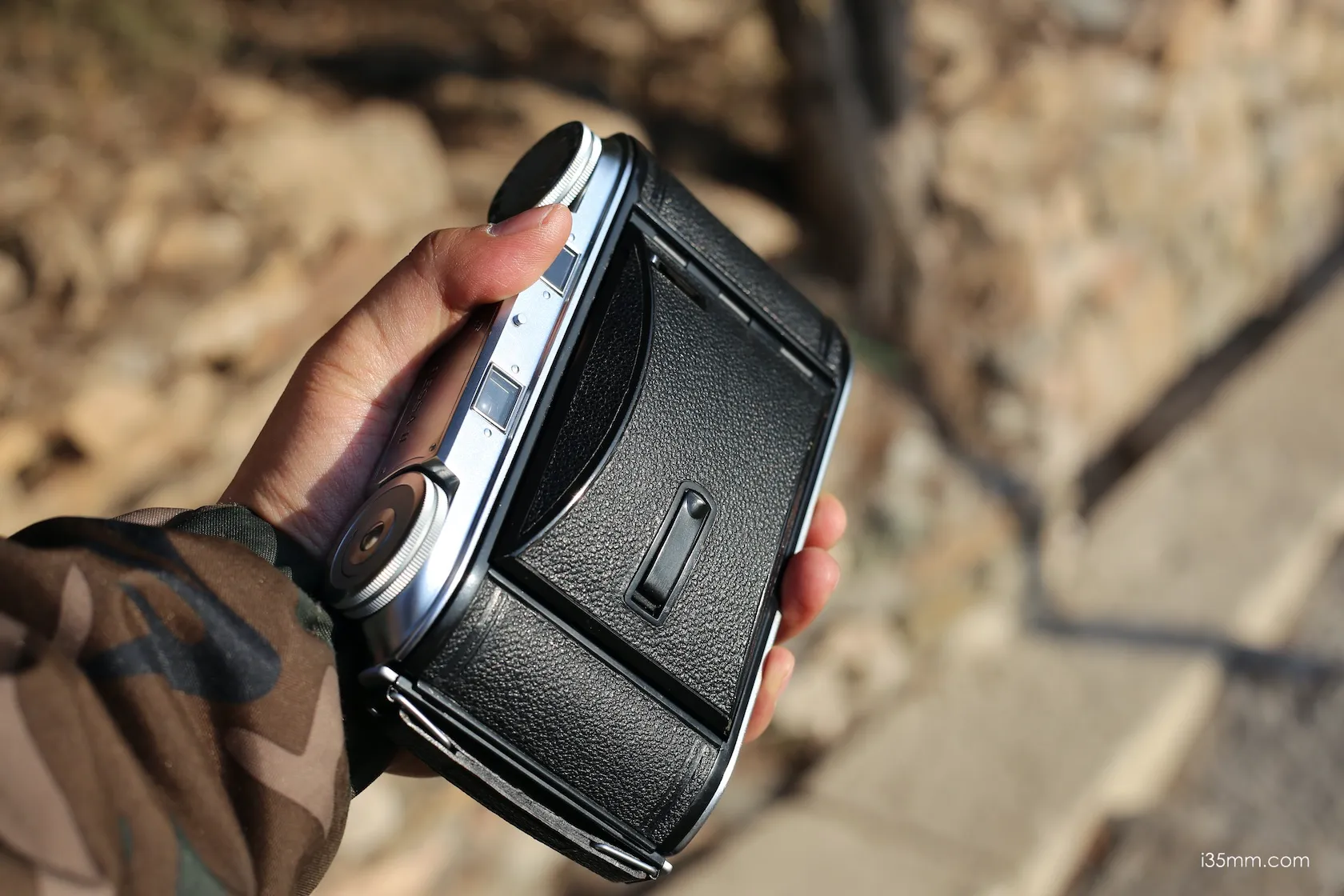

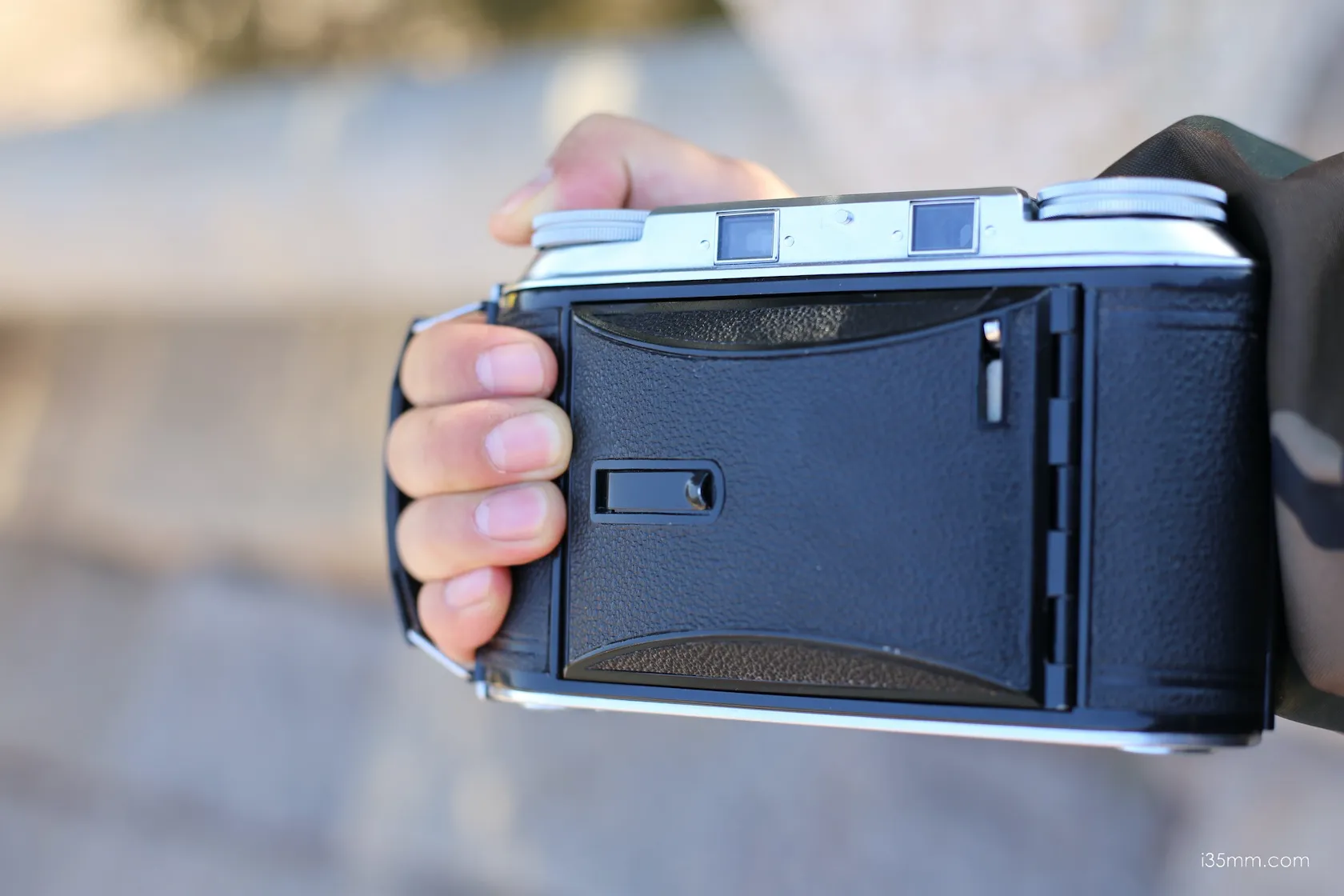
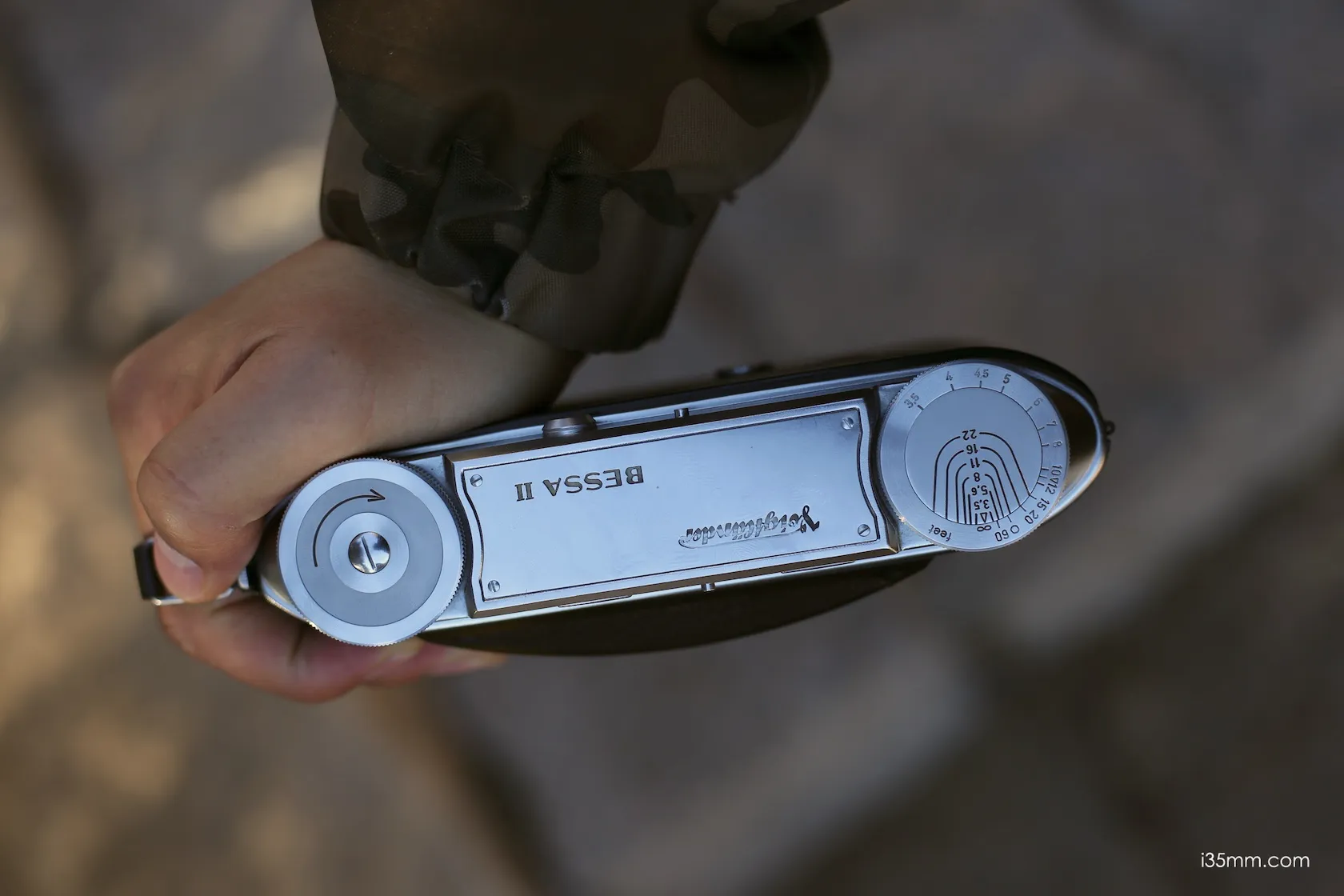
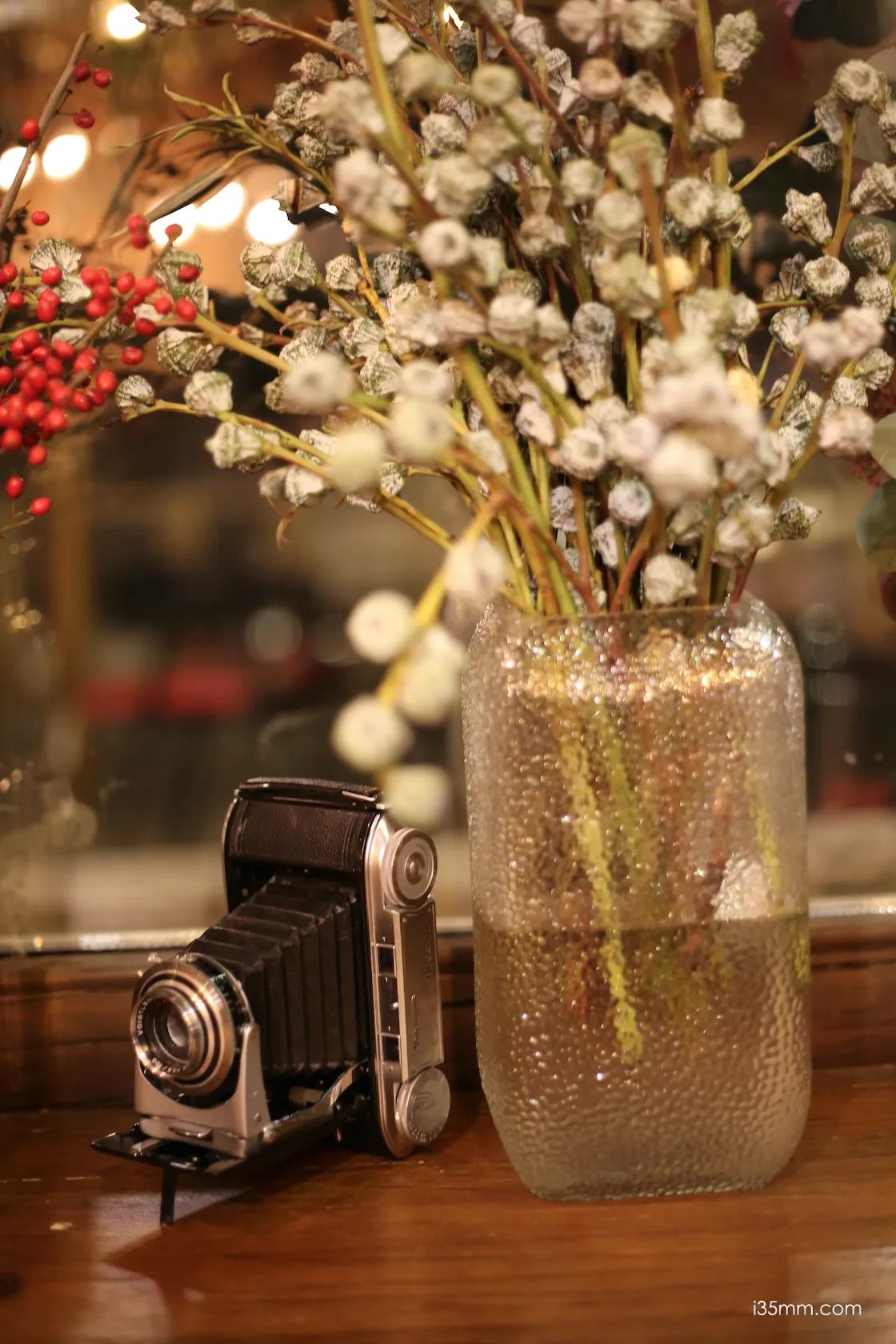
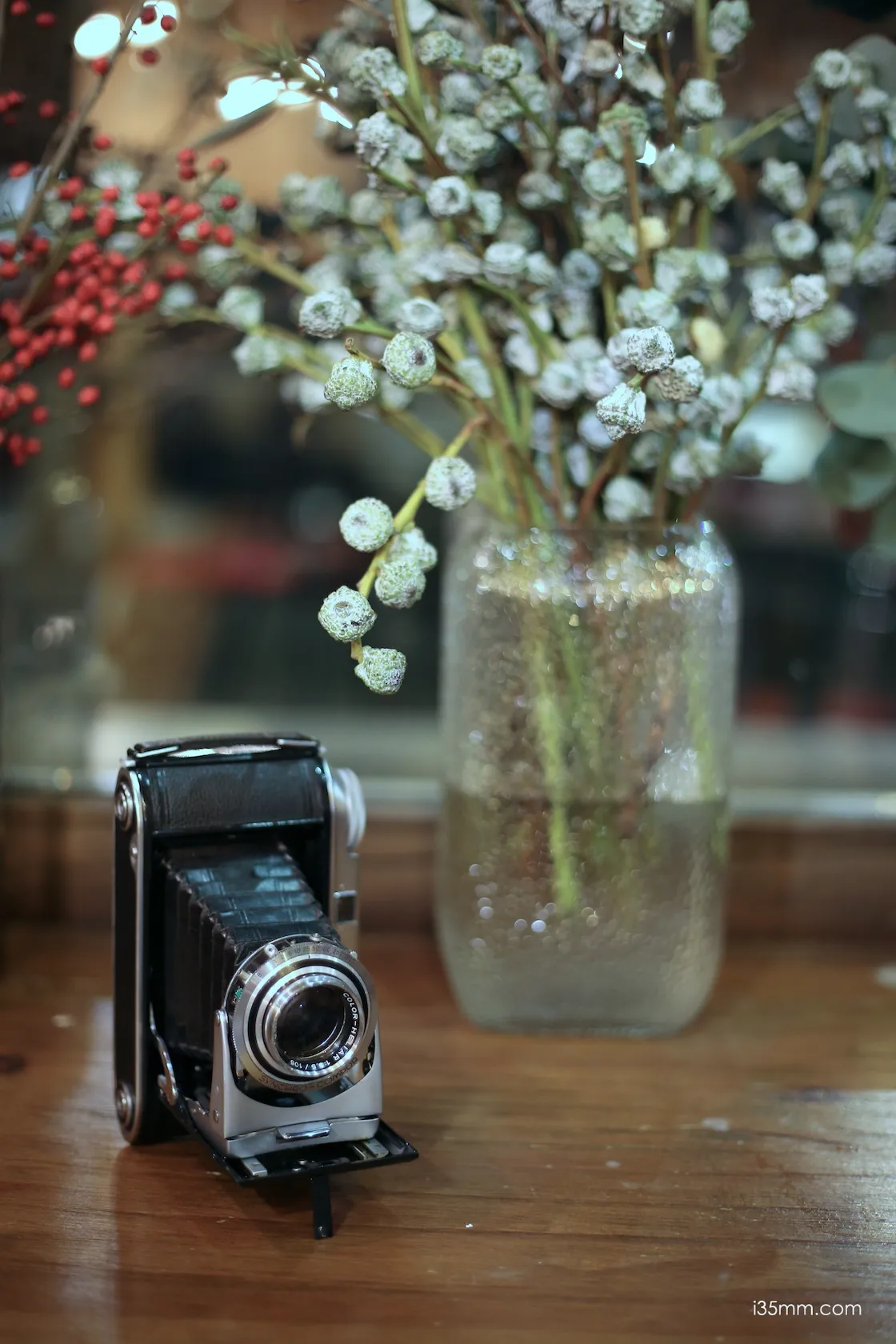
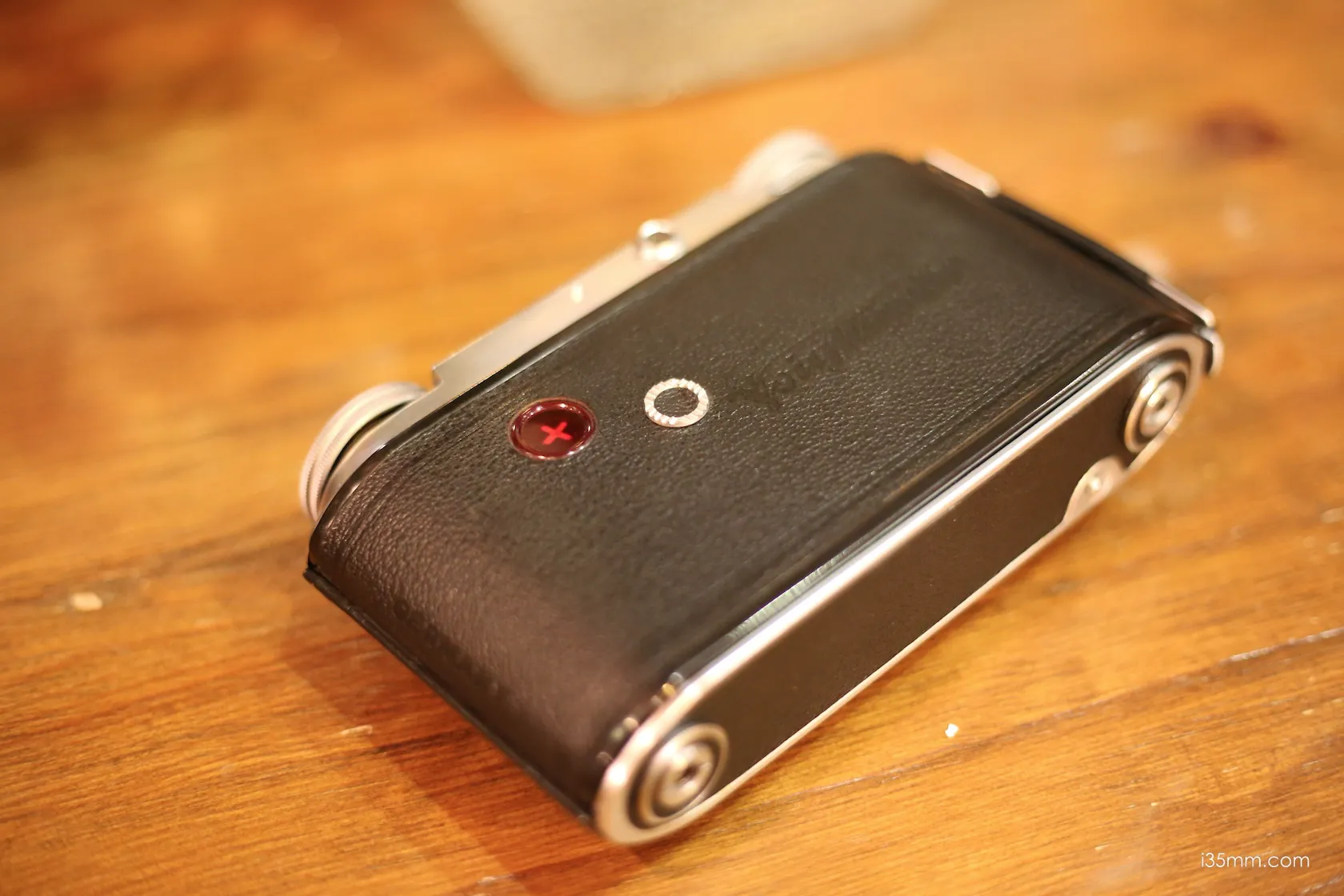
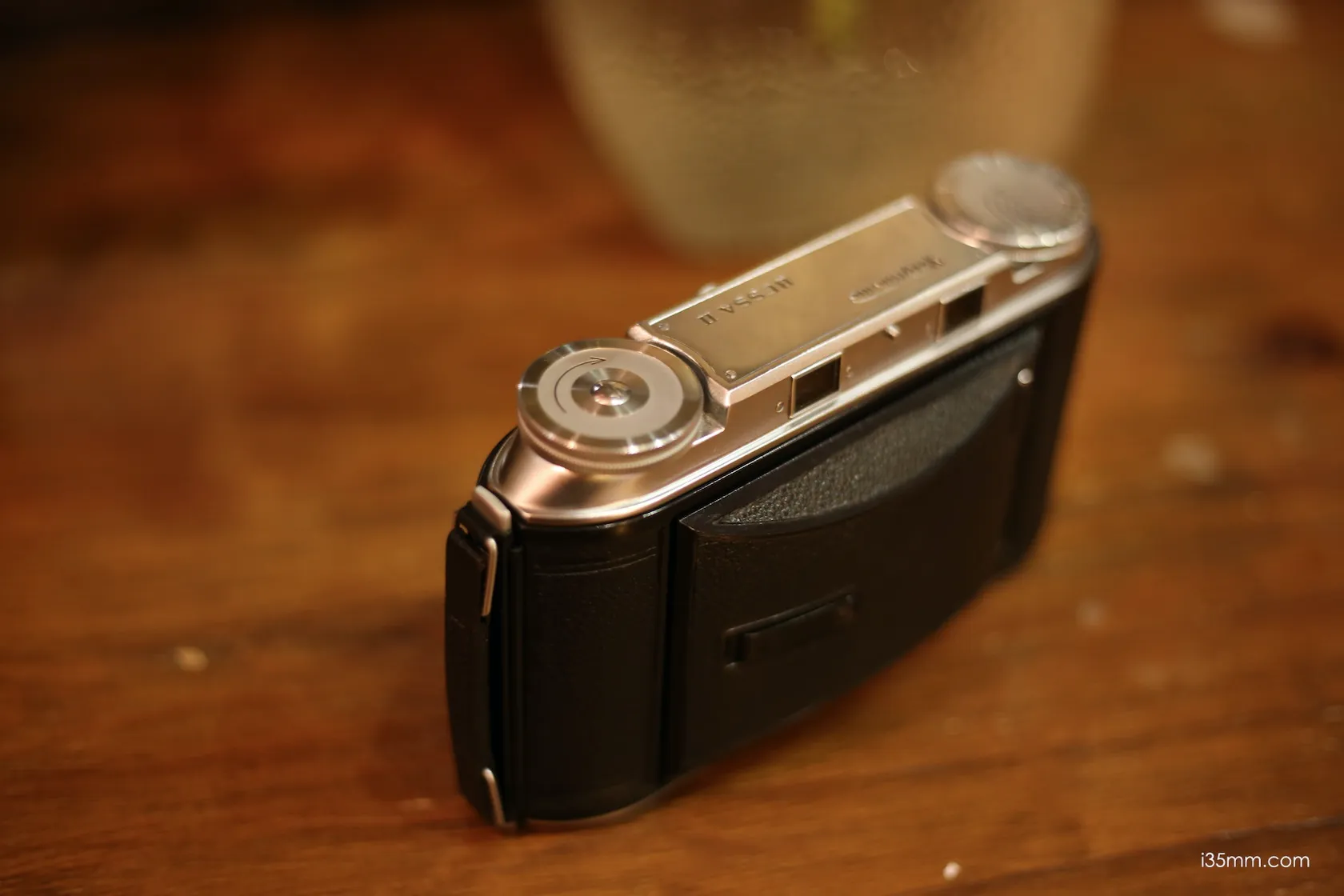







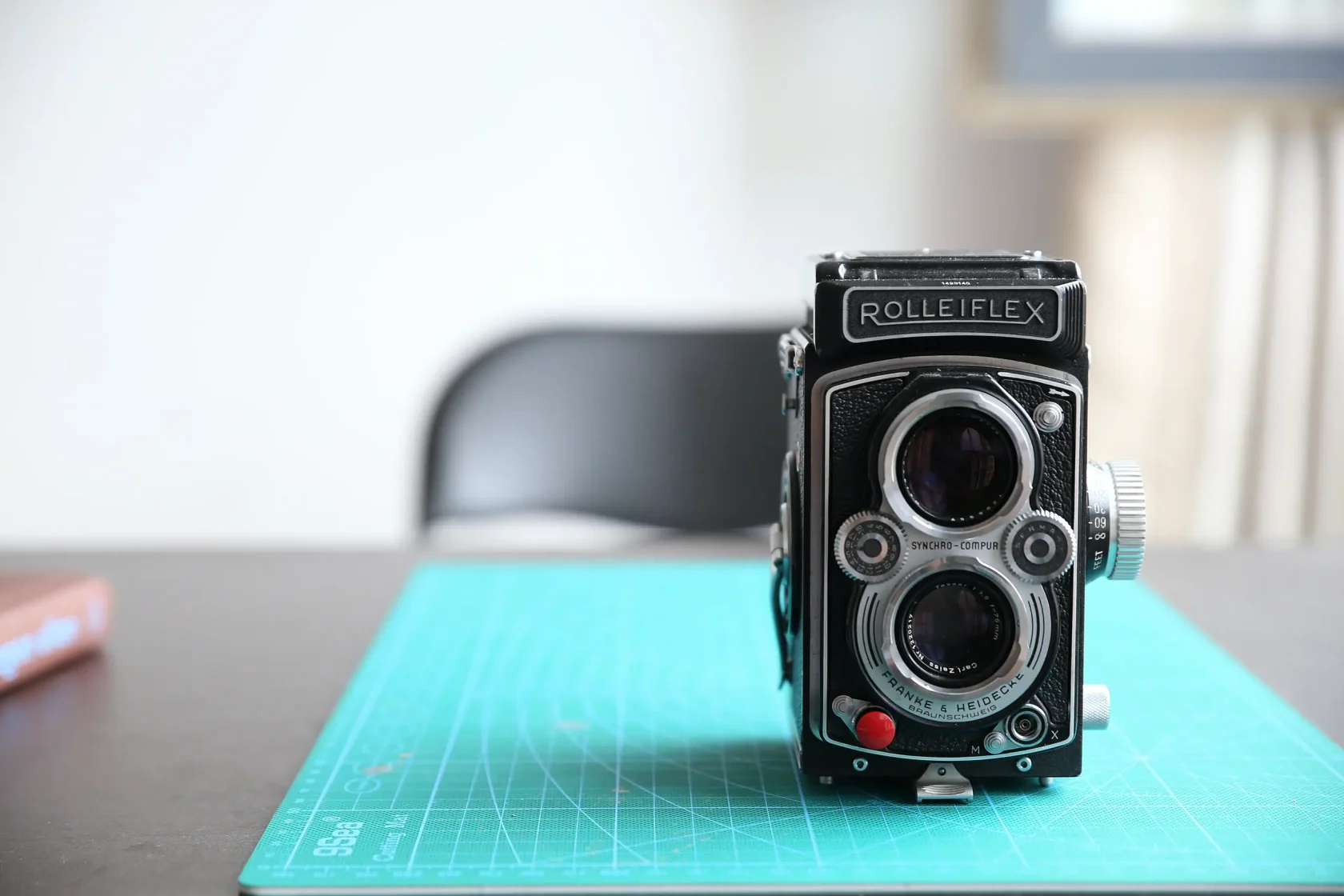
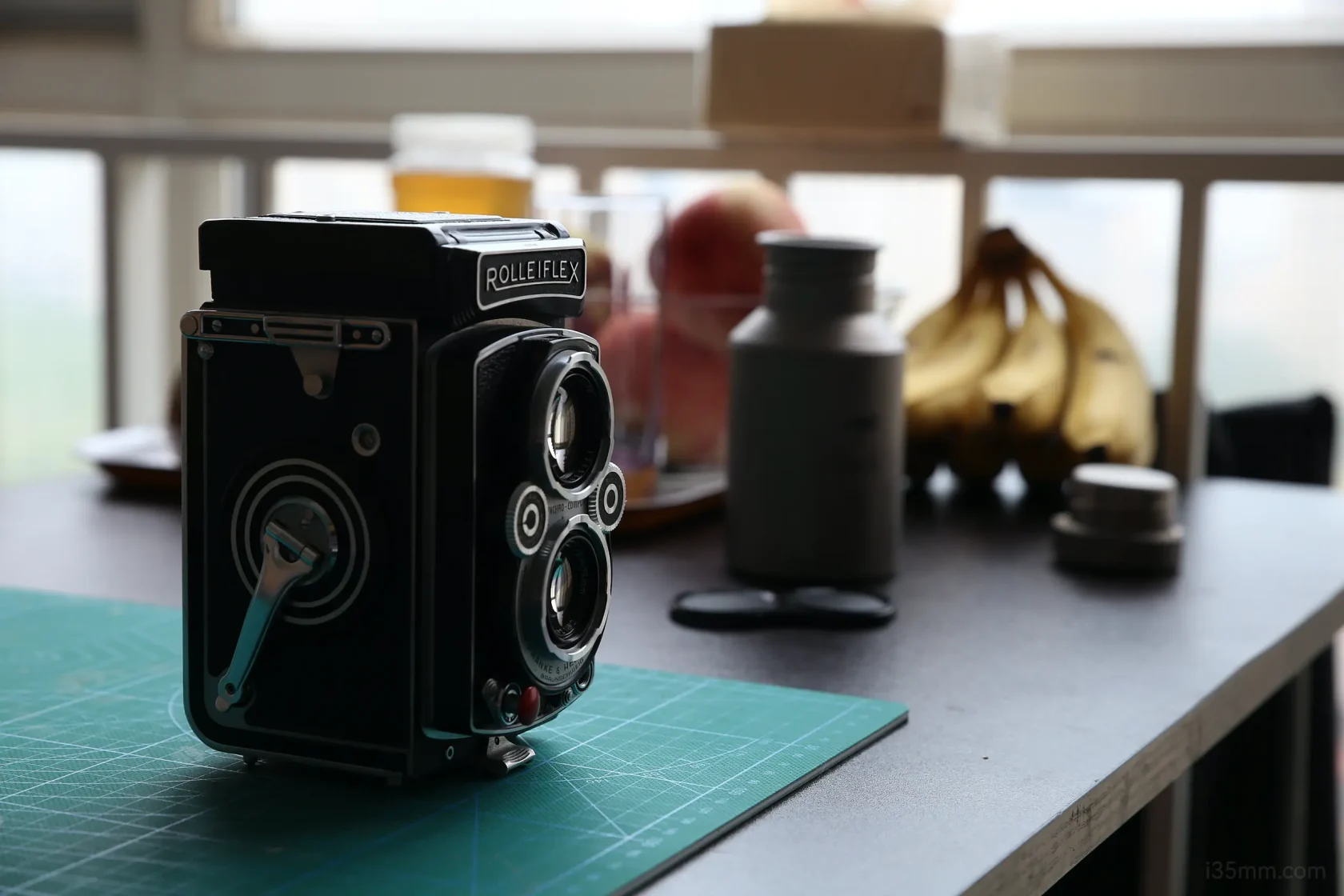
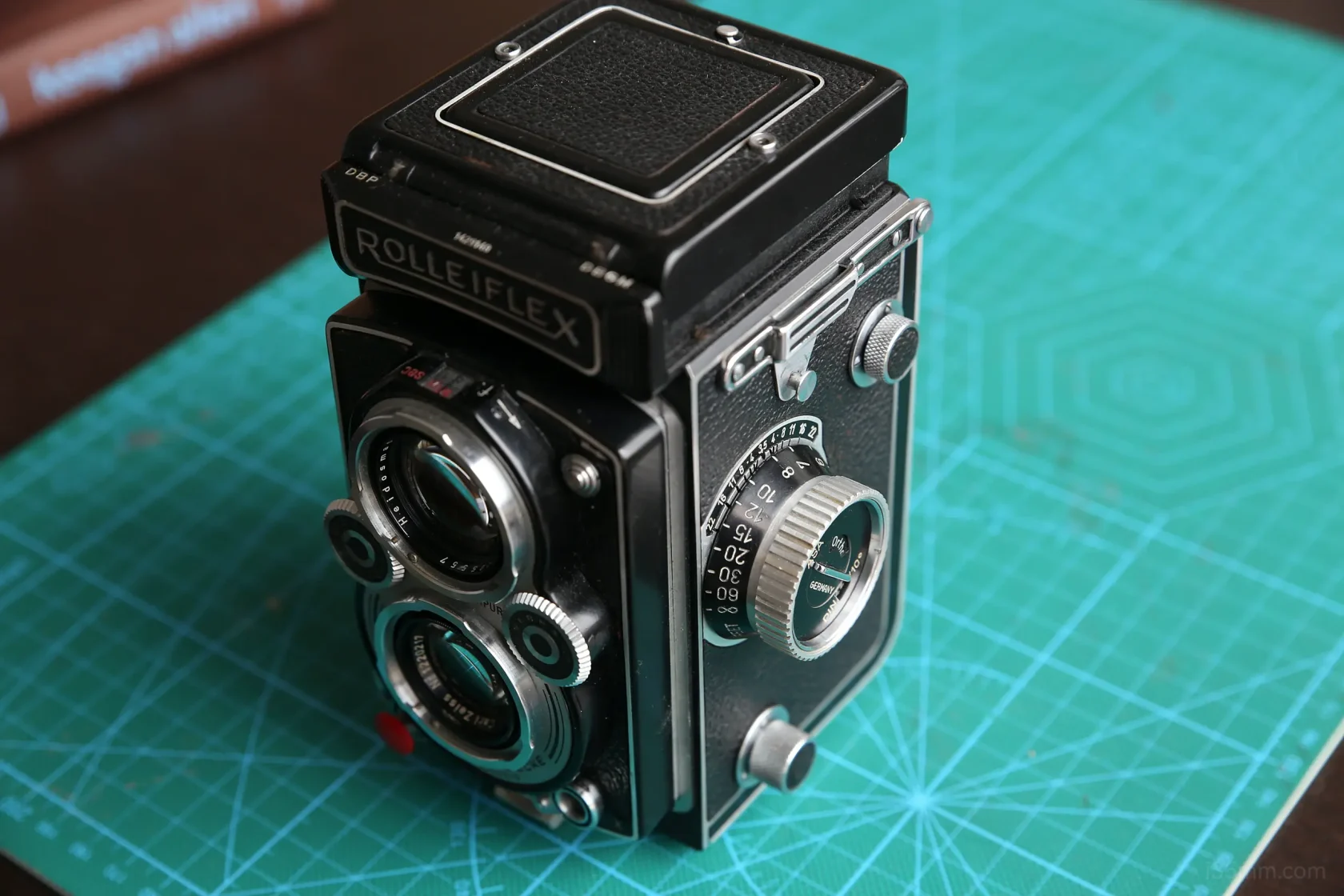
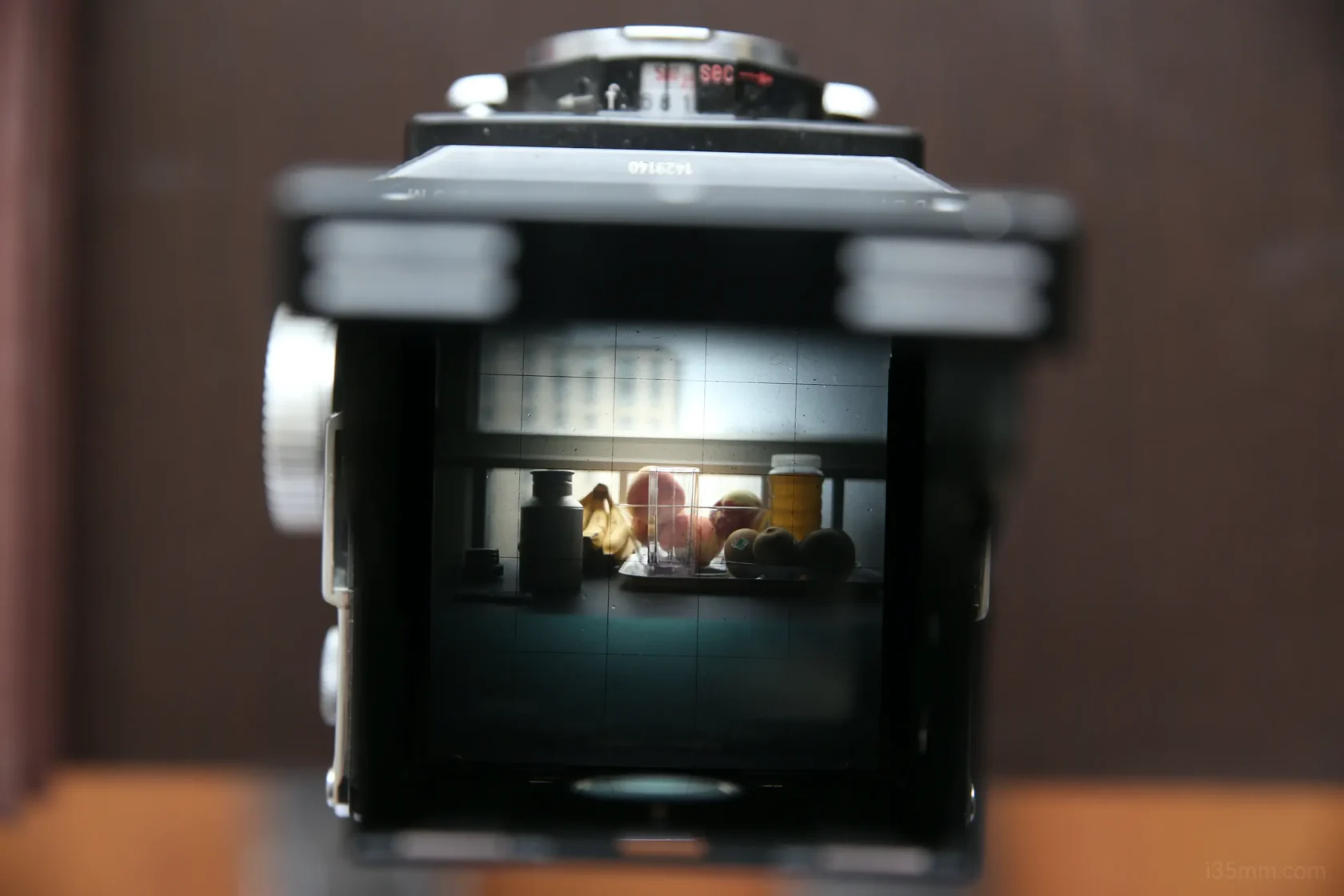















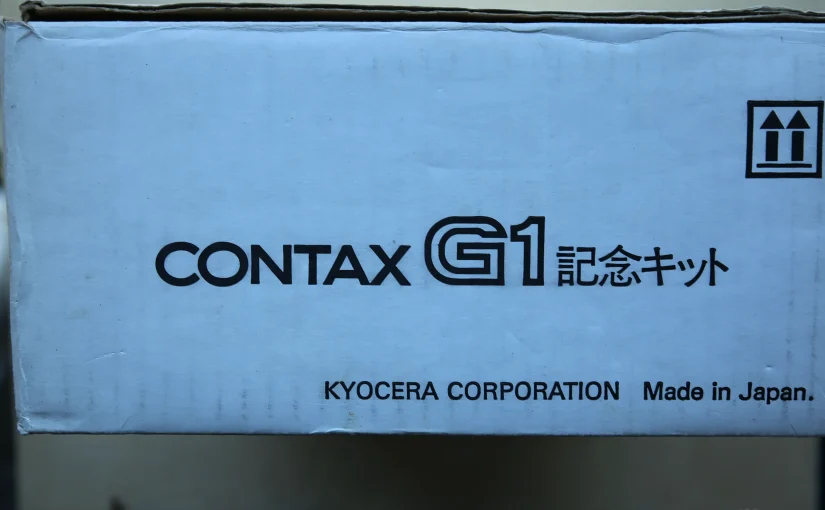
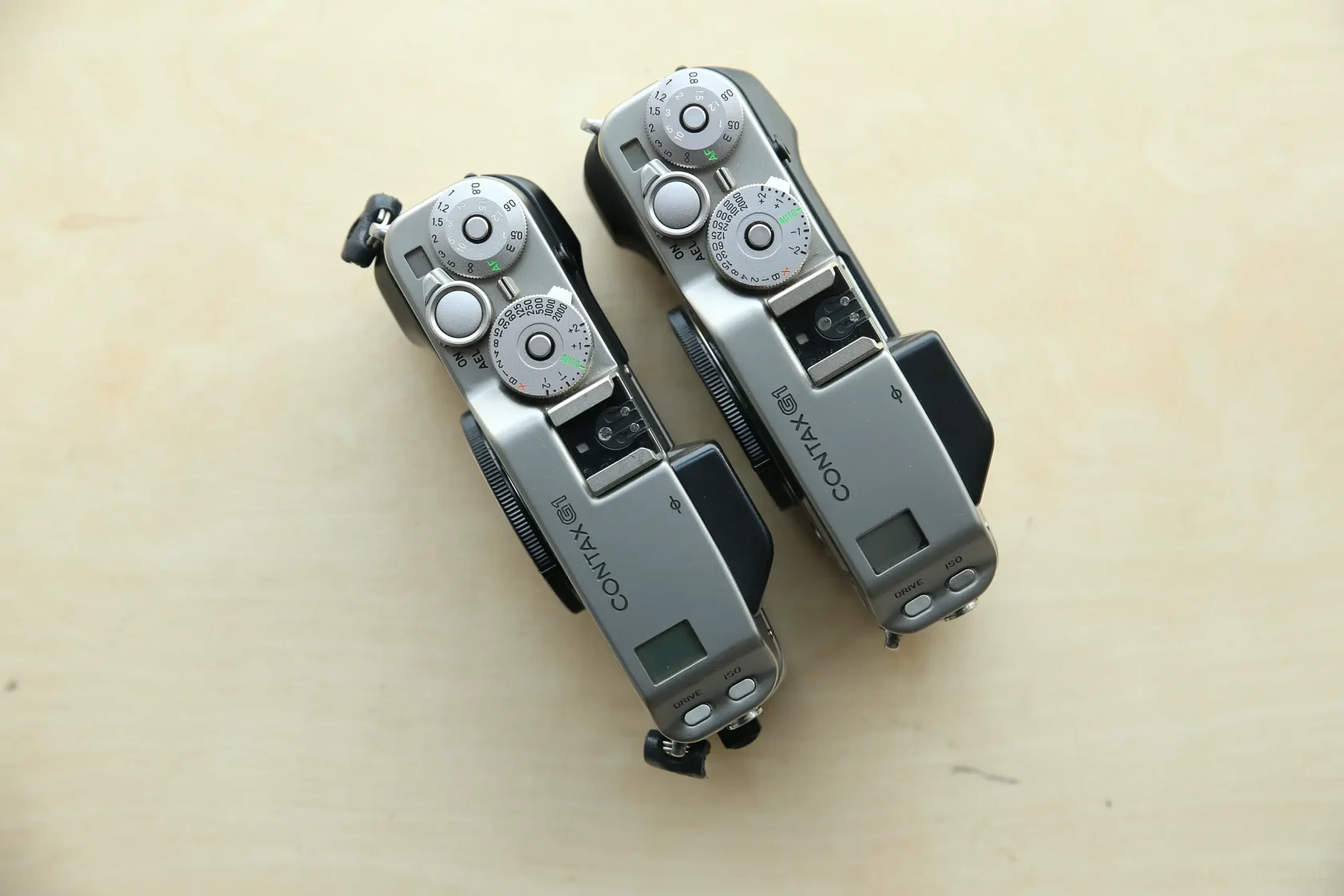
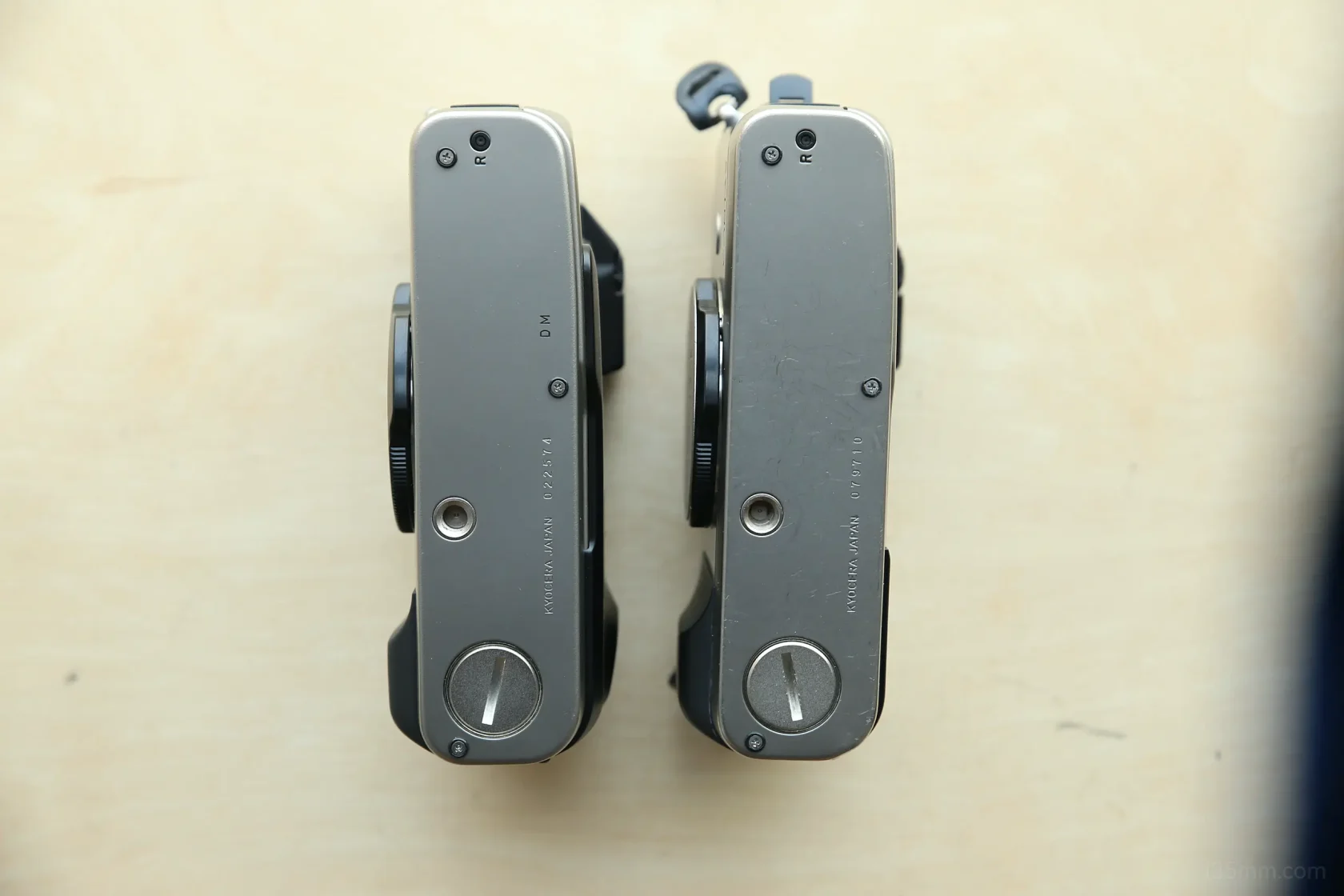
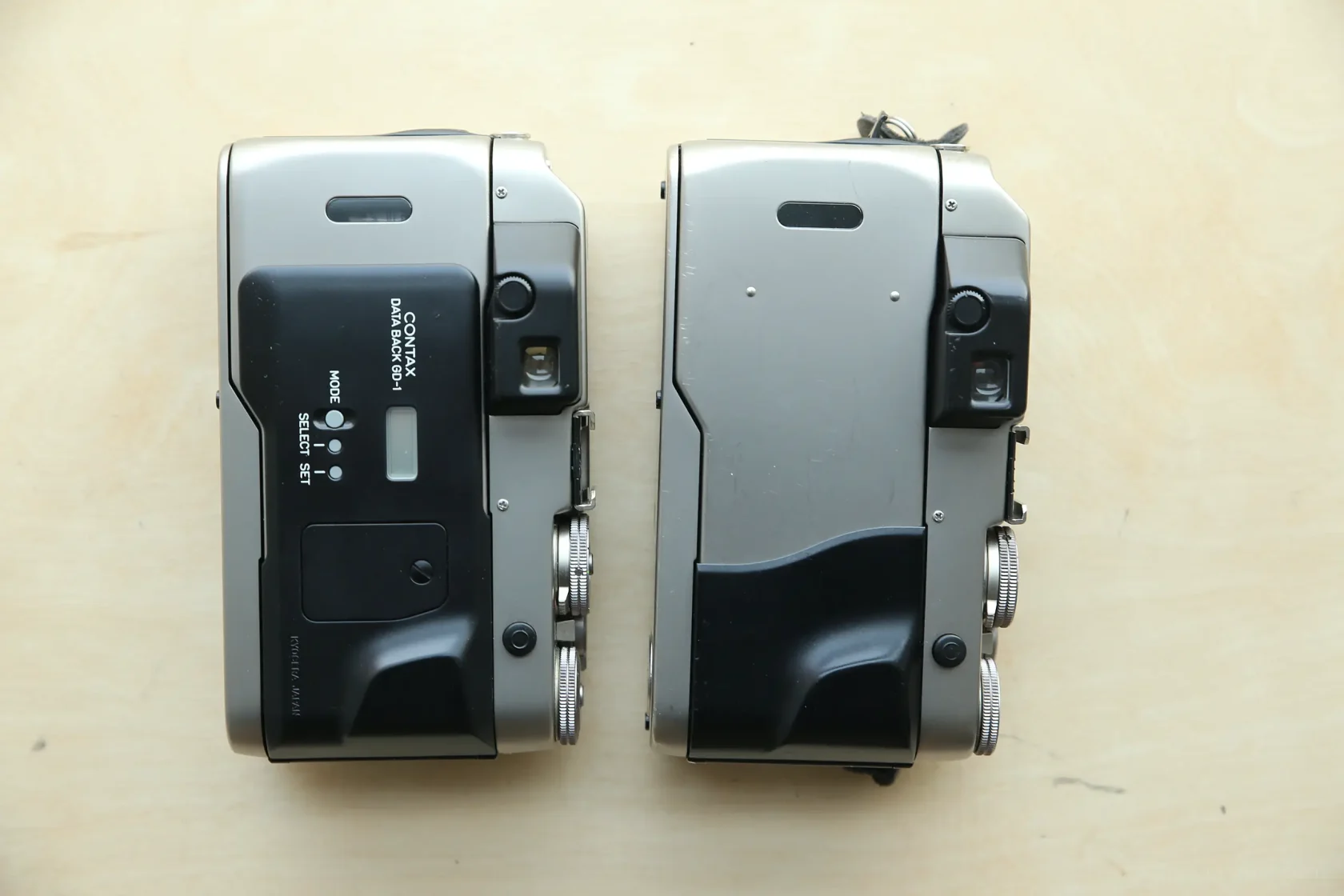
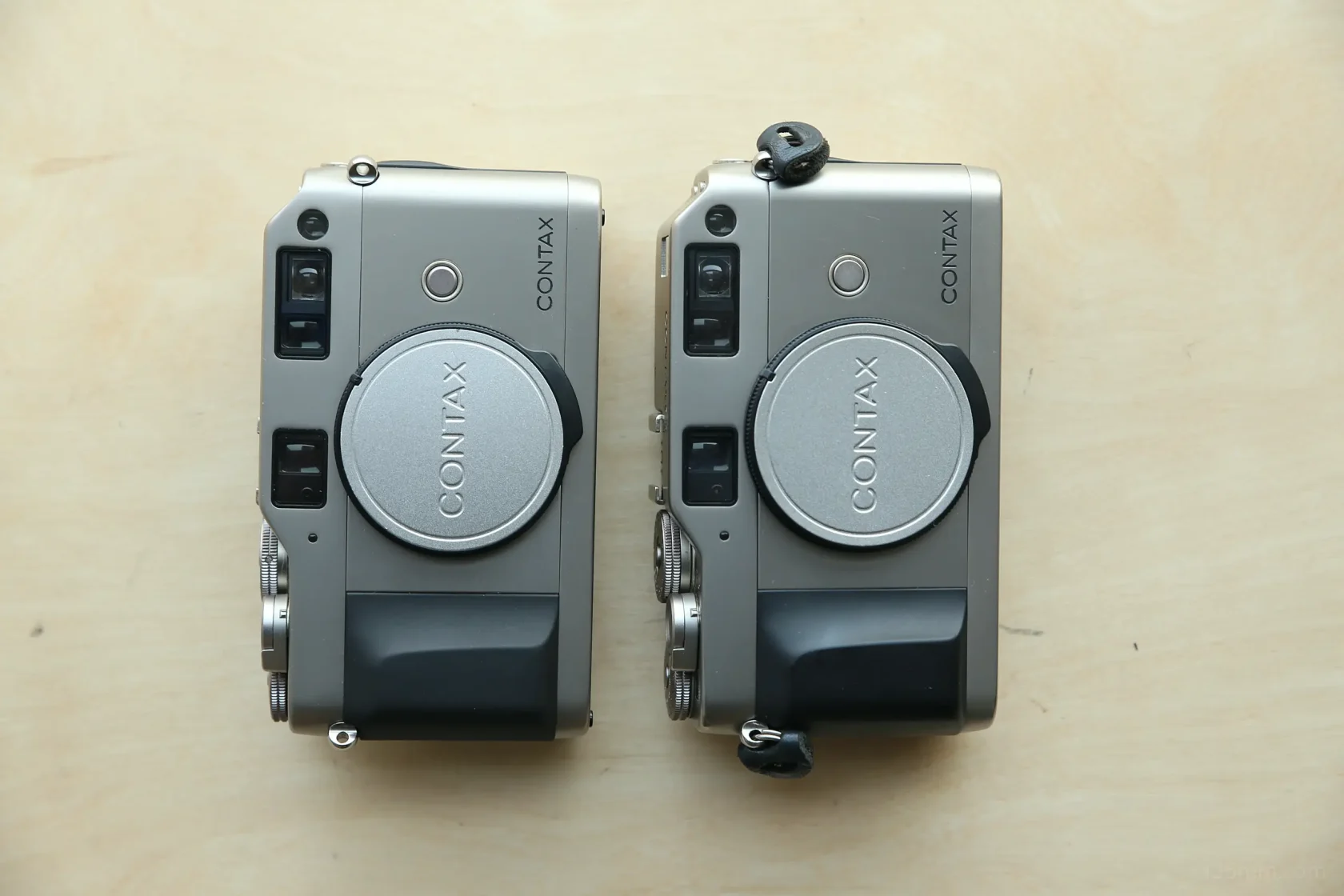
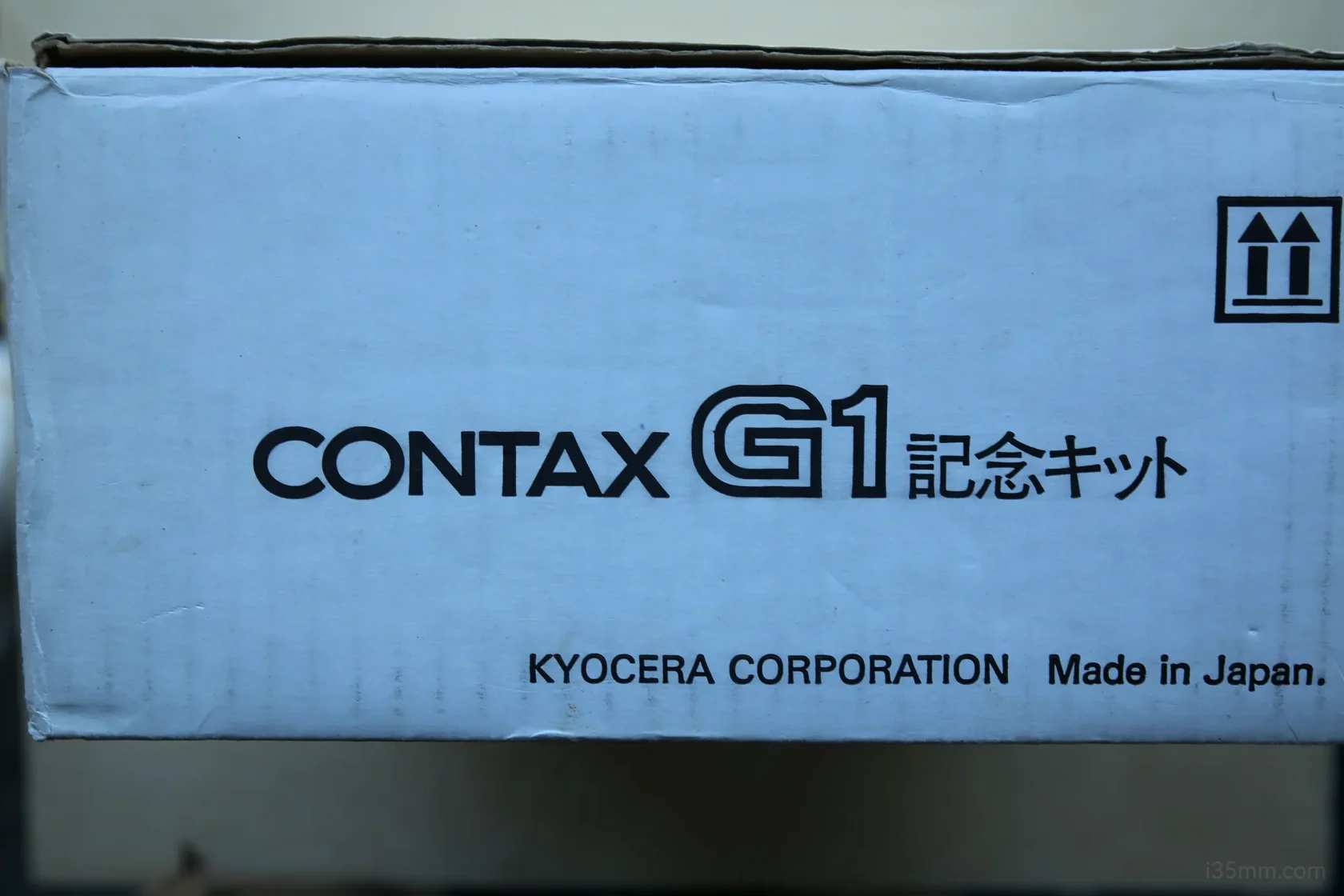
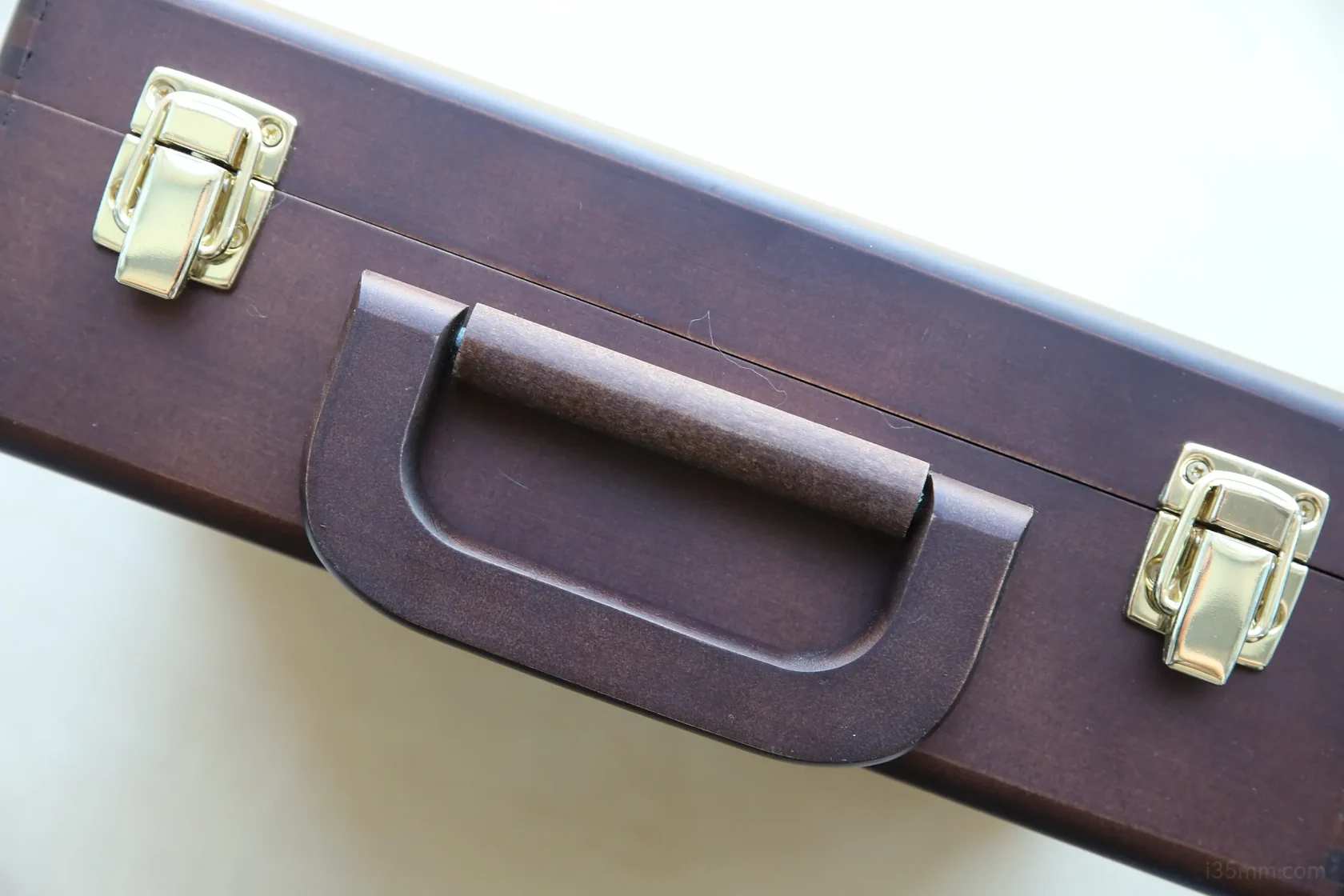
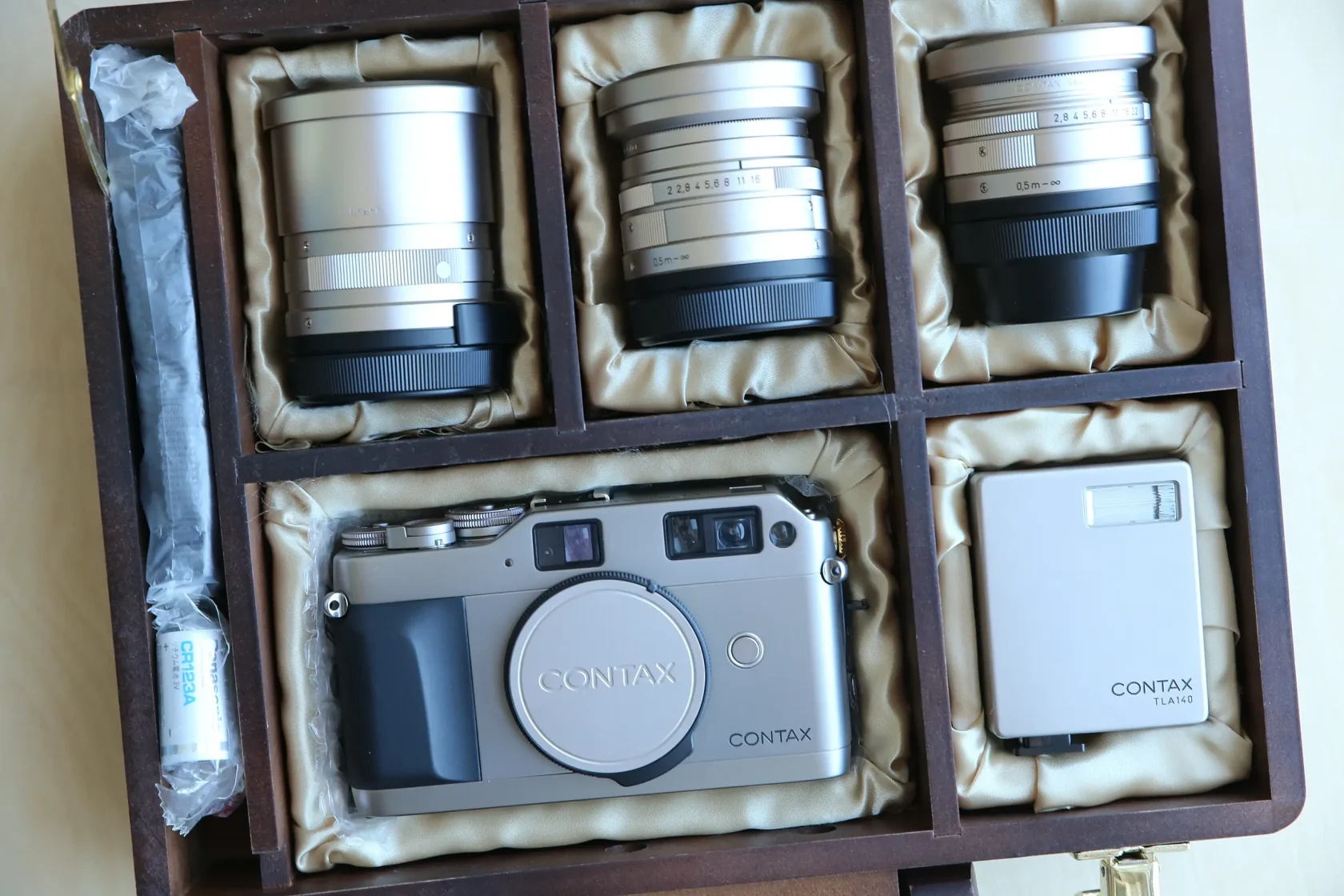
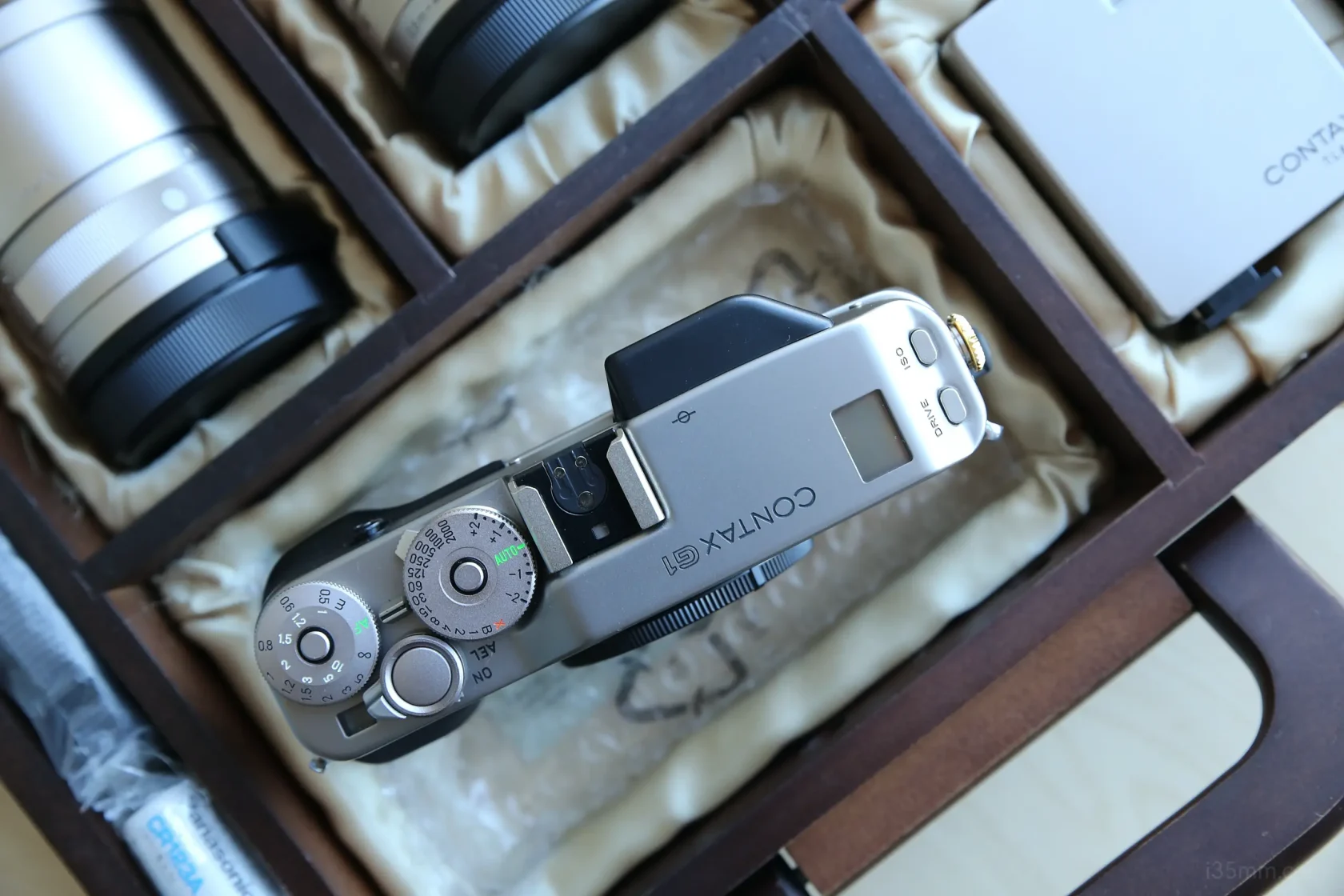
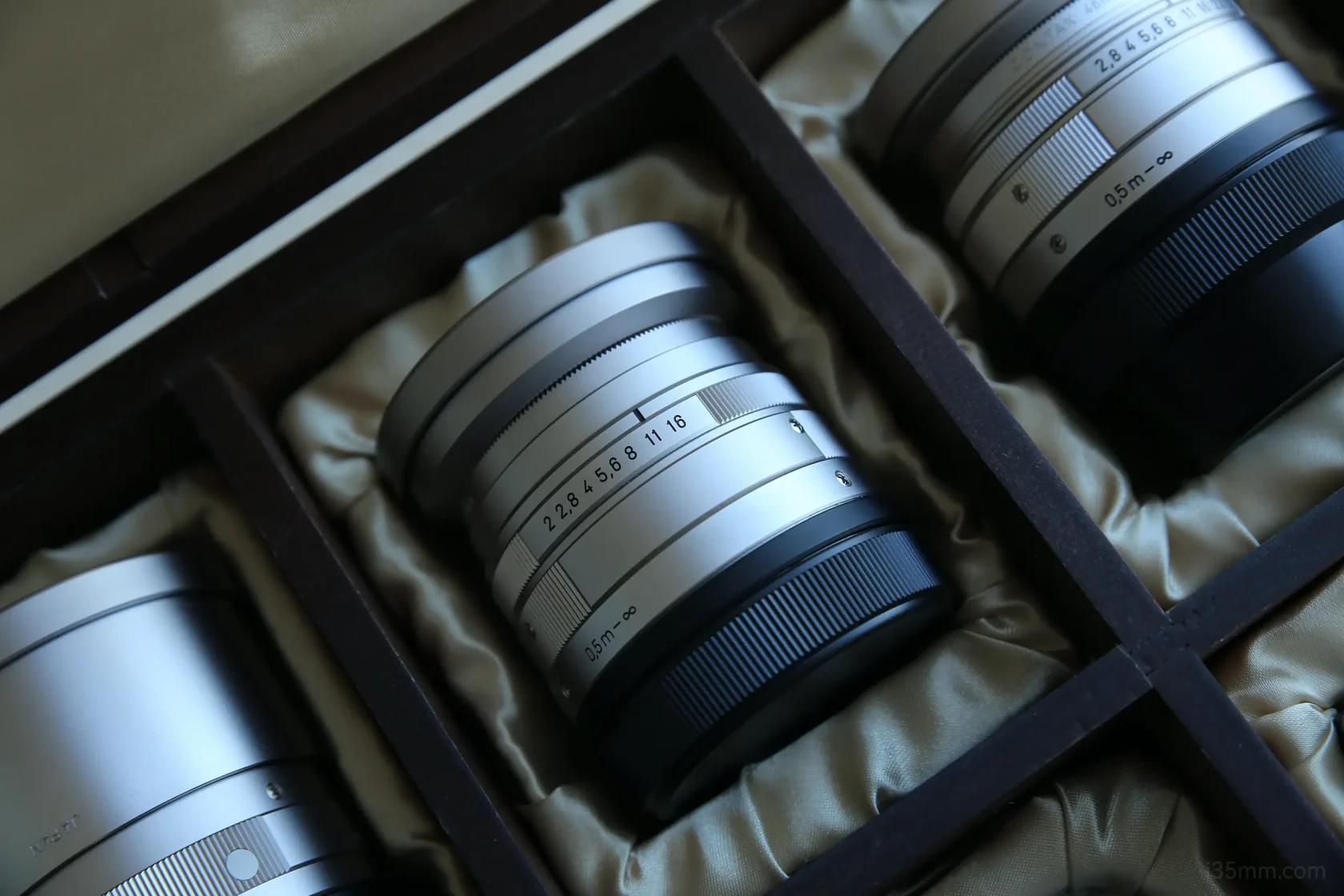

 (4/5 for tech fetishists)
(4/5 for tech fetishists)
